Serengeti National Park, Tanzania: The Complete Guide
:max_bytes(150000):strip_icc():format(webp)/DSC00412-5b73daf7c9e77c0057ca2198.jpg)
TripSavvy / Felicia Martinez

Things to Do
The great migration, where to stay, accessibility, how to get there, tips for your visit, serengeti national park.
Named for the Maasai word siringet, which translates roughly as “the place where the land runs on forever,” Serengeti National Park is among the oldest game reserves in Tanzania . It’s also one of the most iconic safari destinations in Africa. Located in the north of the country, it partly adjoins the Kenyan border and together with the Masai Mara National Reserve provides the backdrop for the annual Great Migration —considered by many to be the planet’s most impressive natural event. The park covers over 5,700 square miles (14,700 square kilometers), including vast expanses of grassland plains and tangled riverine forest.
For more than 200 years, the Serengeti ecosystem provided fertile grazing land for nomadic Maasai tribes. The first Europeans visited the area in 1892, and thereafter it became a popular haunt for big game hunters. In 1921, the colonial British administration addressed the decline in the Serengeti’s lion population by forming a partial reserve in the area. This was converted into a full reserve eight years later and eventually established as the Serengeti National Park in 1951. The colonial government evicted Maasai living within the park’s borders in 1959, two years before the country gained independence from the British. In 1981, Serengeti National Park was inscribed as a UNESCO World Heritage Site in recognition of its incredible ecological importance.
Traditionally, the park is divided into three distinct geographic regions. The largest of these is the southern Serengeti plains—an iconic, largely treeless savannah landscape that serves as a breeding ground for the wildebeest and antelope that congregate here from December to May before beginning their migration north. The Western Corridor includes the Grumeti River and its adjacent forests. Visitors flock to this area of the park from May to July when the wildebeest migration passes through, but it’s also a great place to spot water birds and other aquatic species all year round. Finally, the remote northern Serengeti woodlands are the best place to spot elephants and giraffes, and to observe the spectacle of the migration’s Mara River crossings.
A traditional jeep safari is just one of several wildlife viewing experiences offered by lodges in and around the Serengeti. Although night safaris are banned within the park itself, many operators offer after-dark game drives in the private concessions of the greater Serengeti ecosystem. These are the only way to see the region’s fascinating nocturnal wildlife. Other exciting options include walking safaris, horseback safaris, and charter flight safaris. There is even a sunrise hot air balloon safari —a very expensive and exclusive experience that will stay with you long after you return home.
In the unlikely event that you tire of wildlife spotting, you can also take part in a cultural visit to one of the Maasai villages located just outside the park boundaries; or drive south to the archaeological site at Olduvai Gorge . Here, a small museum gives you an insight into the life’s work of Louis and Mary Leakey, whose anthropological discoveries both at Olduvai and nearby Laetoli inform our understanding of human evolution.
Read more about the best things to do in Tanzania .
Serengeti National Park is home to the greatest concentration of plains game in Africa. This includes approximately 2 million wildebeest, 900,000 Thomson's gazelles, and 300,000 zebra. Other antelope species range from the abundant Grant’s gazelle and Coke’s hartebeest to rarer creatures like the dik-dik and the roan antelope. This proliferation of prey animals inevitably results in healthy predator numbers. Indeed, the Serengeti boasts Africa’s largest population of lions and is one of the best places in the world to spot the elusive leopard. Here, it’s also possible to see cheetahs , two species of hyena, and the endangered African wild dog. Smaller felines and nocturnal animals like the aardwolf and ground pangolin come out at night.
It is possible to see all of the Big Five in the Serengeti, although the small reintroduced population of black rhino is exceptionally difficult to spot. The June to October dry season is the best for general game viewing, as the foliage is less dense and animals congregate at the waterholes, making them easier to spot.
Those with a passion for birdwatching will feel right at home in the Serengeti, which boasts no fewer than 500 resident and migratory bird species. Five of these are endemic to Tanzania, including the grey-breasted spurfowl, the Rufous-tailed weaver, and the gorgeously colorful Fischer’s lovebird. Near-endemic specials like the Usambiro barbet and the Hildebrandt’s starling also deserve a place on your Serengeti wish list.
The park provides a refuge for several species of endangered or critically endangered vulture and has the highest ostrich population in Africa. It’s also home to the continent’s largest flying bird, the kori bustard. The November to April rainy season is best for birding because resident birds are in breeding plumage and migrant species arrive at this time from North Africa and Europe.
For many, the Serengeti’s No. 1 attraction is the opportunity to witness the Great Migration. Many safari operators and mobile camps are dedicated to putting you at the heart of the action; whether that’s watching newborn calves take their first steps in the grasslands of the south, or experiencing the drama of a Mara River crossing. To view the migration, you’ll need to time your trip carefully, as the herds’ movements are dependent on the rains and can change from year to year. Regardless of when you travel, a standard game drive gives you a front-row seat to the Serengeti’s incredible biodiversity.
However, if you want to see the wildebeest migration, the herds gather in the south from December to May, then move into the Western Corridor from May to July. To see the herds crossing the Mara River, you’ll need to be there in July, August, or November.
Read more about how to experience the Great Migration in Kenya and Tanzania .
Serengeti National Park is famous for its five-star camps and lodges that are notoriously expensive. Among the park's options to choose from. Permanent tented camps combine the romance of staying under canvas with the decadence of formal furniture, staff, and gourmet dining, while mobile tented camps follow the migration, making sure that you’re always at the heart of the action.
- Four Seasons Safari Lodge Serengeti : Offering a high caliber of luxury, the Four Seasons offers beautiful suites and villas and is located next to a watering hole that is frequently visited by animals.
- Mbalageti Safari Camp : This highly-rated camp provides 360-degree views of the plains and the Serengeti River and a variety of suites that can accommodate families.
- Kirawira Serena Camp : Inspired by historic hunting camps, this luxury hotel has 25 tented suites and provides five-course lunches and dinners.
- &Beyond Serengeti Under Canvas : This roaming camp follows the Great Migration, operating multiple private campsites in key locations where accommodations have been preassembled.
For those on a tight budget, the only relatively affordable option is the park’s public campsites. Amenities are basic, and you’ll need to be entirely self-sufficient, bringing with you your own food, water, and cooking equipment. You’re likely to share the space with overland tour groups , which can be a pro or a con depending on how much you value peace and quiet.
Read more about the different accommodation types in the Serengeti .
While the park does not have much in the way of accessible trails, the majority of the safari experience can be done from inside a vehicle. Some, but not all, tour operators can accommodate travelers with disabilities and the same goes for lodges. However, there are not a lot of accessible vehicles and in most cases, wheelchair users will need to be physically lifted into the car. Look for tour agencies like Responsible Travel or GoAfrica that can help make arrangements to accommodate your needs. Other travel agencies like Explore Africa Safaris can also help you find a sign language interpreter or guide.
Dasar / Getty Images
Those that travel to Serengeti National Park by road will most likely enter through the Naabi Hill Gate in the southeastern section of the park. The gate is a 2.5-hour drive from Ngorongoro Conservation Area and a seven to eight-hour drive from northern Tanzania’s safari capital, Arusha. Some companies will arrange road transfers from Arusha, while others pick you up from one of several airstrips located within the park: Kusini and Ndutu in the south; Seronera in the center; Lobo, Kleins, and Kogatende in the north; and Grumeti or Sasakwa in the Western Corridor. These small airstrips are served by charter flights from Arusha or Kilimanjaro.
Read more about how to travel between the Masai Mara and the Serengeti .
- If you'll be in the southern part of the park, winter is the best time to see the Great Migration. In the northern and western regions of the park, summer and fall are the best times to go.
- If you plan to travel during the heavy rains of April and May, be aware that some lodges and roads may be closed and mosquitoes are at their worst.
- A visit to the Serengeti is also a good opportunity to visit the Ngorongoro Crater 41 miles (66 kilometers) away.
- Although it is possible to visit the park and stay overnight in a private campsite independently, the safest option is to travel with an experienced guide.
- Book far in advance if you plan to visit during the Great Migration, as this is the park's busiest time and safari camps are quick to fill up.
- During the game drives, you will spend a lot of time in the sun so make sure to pack sunscreen with a high SPF and a wide-brimmed hat.
How to Experience the Great Migration in Kenya and Tanzania
The Best Time to Visit Tanzania
The Top 5 Places to See Leopards in Africa
13 Amazing Trips to Take Before You Turn 40
Masai Mara National Reserve, Kenya: The Complete Guide
The 18 Best Things to Do in Tanzania
10 Destinations to Top Your Africa Bucket List
Top 10 Wildlife Parks and Reserves in Kenya
Top 10 Unmissable African Safari Destinations
15 Animals to See on an African Safari
Five of the Best Safari Itineraries in Tanzania
Ngorongoro Conservation Area, Tanzania: The Complete Guide
East Africa's 10 Best Travel Destinations
The Best Time to Go on Safari
Tarangire National Park: The Complete Guide
Okavango Delta, Botswana: The Complete Guide

The complete guide for your Serengeti safari in Tanzania
Without a doubt, Serengeti National Park is the best place to visit for a safari in Tanzania . This UNESCO World Heritage Site is unique for many reasons, but especially because of the Great Migration , the incredible array of wildlife including the Big Five , and the truly wonderful landscapes. Find everything you need to know for a safari in Serengeti, Tanzania .
Why is Serengeti National Park famous?
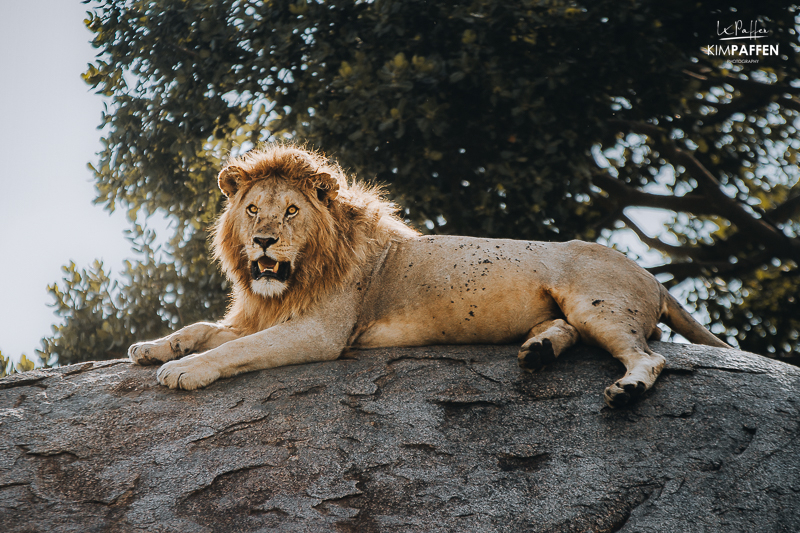
Serengeti National Park is a world-renowned destination for wildlife safaris, famous for its vast grasslands and savannahs, which are home to a spectacular array of wildlife. The park's ecosystem supports one of the largest remaining populations of wildlife in Africa , and is also an important conservation area, with ongoing efforts to protect its wildlife and their habitats.
In 1981, the Serengeti National Park was declared a UNESCO World Heritage Site for its exceptional natural beauty and ecological significance, and for its role in supporting one of the world's largest remaining wildlife populations, including the annual wildebeest migration.
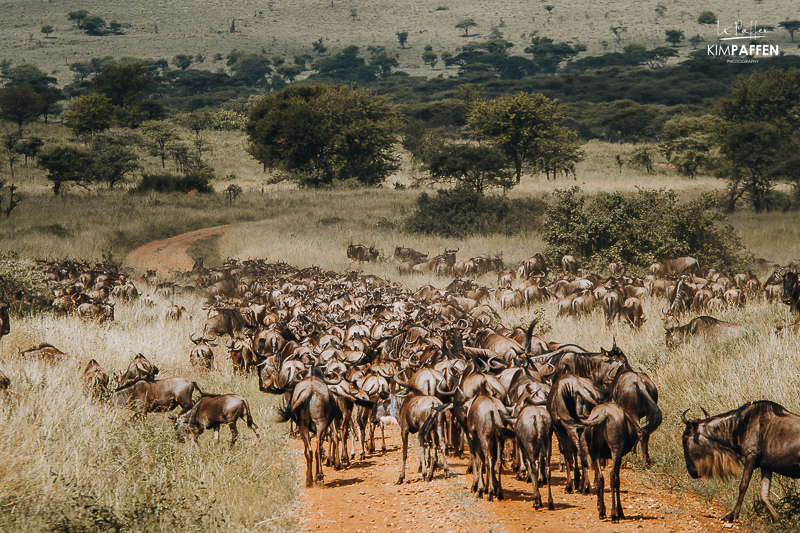
Visitors come from all over the world to experience the park's incredible wildlife, stunning landscapes, and unique cultural and historical heritage. The park's popularity also helps to support the local economy and promote conservation efforts in the region.
The beauty of the Serengeti’s Landscape
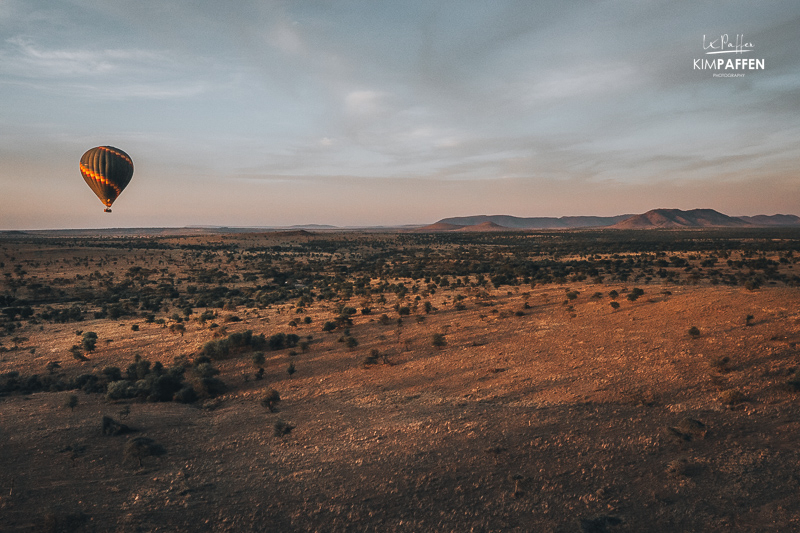
The Serengeti National Park has a diverse landscape that includes vast grasslands, savannahs, woodlands, and riverine forests.
The park's grasslands and savannahs are the dominant landscape, covering approximately 80% of the park's area. The grasslands are characterized by short-grass plains in the south and long-grass plains in the north, and they support large herds of herbivores, including wildebeest, zebras, and gazelles, which in turn attract predators such as lions , leopards, cheetahs, and hyenas. The woodlands and riverine forests are found along the park's river courses and in areas of higher rainfall.
The soils of the Serengeti consist of volcanic rock and ash. For that reason, you will find ancient crystalline rocks in the Serengeti National Park, which are also called "kopjes". Some of them contain African rock paintings. They harbor and are popular resting spots for big cats because they provide shade and drinking water. Can you spot the pride of lions in the image below?
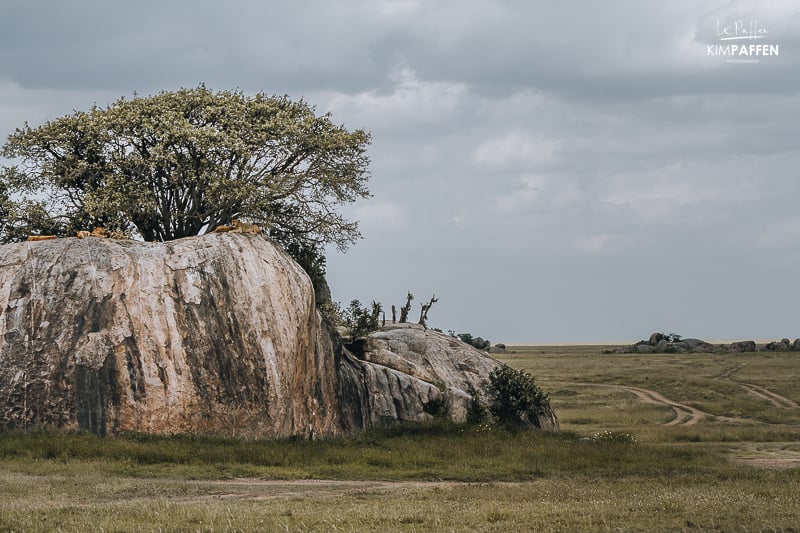
Serengeti Safari Tours
Find popular safari tours in Tanzania that include Serengeti National Park.
Where is the Serengeti National Reserve located?
The Serengeti National Reserve is located in Northern Tanzania , East Africa . It covers an area of approximately 14,750 square kilometers and is part of the larger Serengeti-Mara ecosystem that extends into neighboring Kenya . The Serengeti-Mara ecosystem is one of the largest and most protected ecosystems on earth, spanning 40,000 square kilometers and taking in the Serengeti National Park and Maasai Mara National Reserve in East Africa . Serengeti National Park also borders the beautiful Ngorongoro Conservation Area.
Map Source: African Safaris Ltd
How do you get to the Serengeti?
The nearest city and the city most Serengeti safari tours begin from, is Arusha. The distance between Arusha and Serengeti National Park is approximately 320 kilometers (200 miles) and takes about 7 to 8 hours by car, depending on traffic and road conditions. Alternatively, you can also take a flight from Arusha to one of the Serengeti airstrips . These flights take around 1 to 2 hours depending on the flight route and airline. By far the most popular way to get to Serengeti is by road. You can always choose to fly back from Serengeti to either Arusha Airport, Kilimanjaro Airport, or Dar es Salaam.
Serengeti safari by road from Arusha
Arusha is located in northern Tanzania and is a common starting point for visitors embarking on a safari to the Serengeti National Park. There are many different tour operators and packages available for a Serengeti safari from Arusha , so visitors can choose an itinerary that suits their interests and preferences. Some tours may include game drives , guided walks, and visits to local Maasai villages or conservation projects.
The most popular safari packages in Northern Tanzania include Lake Manyara, Ngorongoro Crater, and Serengeti National Park, for example, these 5-day Tanzania safari tours that include the highlights of the Northern Tanzania Safari Circuit or this 7 to 10-day Tanzania safari including Tarangire National Park, the Ngorongoro Crater, Serengeti National Park, Lake Natron, and Lake Manyara.
Booking a safari tour package can be a convenient option since everything is taken care of, including transportation, accommodation , meals, and activities. This means you don't have to worry about logistics and can focus on enjoying your safari experience. It can often be more cost-effective than planning your own safari plus these safari tours are usually operated by experienced guides.
Many safari tour operators offer customized packages that can be tailored to your interests and preferences. This means you can choose the parks, activities, and accommodations that best suit your needs and budget.
Serengeti by plane
There are several options for traveling to the Serengeti National Park by plane. The main airport that serves the park is the Seronera Airstrip , which is located in the central part of the park.
You can fly to the Seronera Airstrip from Arusha, Kilimanjaro International Airport, Dar es Salaam, or Zanzibar . Several airlines operate flights to the Seronera Airstrip, including Coastal Aviation and Auric Air. If you are visiting other parks in Tanzania , such as the Ngorongoro Crater or Tarangire National Park, you can also fly to the Serengeti National Park via a connecting flight . Many lodges and camps inside Serengeti Park offer transfer services to and from the airstrip.
In addition to the Seronera Airstrip, there are several other airports in the Serengeti region that you may be able to use to access the park. These include:
- Grumeti Airstrip : located in the western part of the Serengeti National Park, near the Grumeti River. It is primarily used by lodges and camps in the western corridor of the park.
- Kleins Airstrip : located in the northern part of the Serengeti National Park, near the border with Kenya . It is primarily used by lodges and camps in the northern part of the park, such as Klein's Camp.
- Kogatende Airstrip : located in the northern part of the Serengeti National Park, near the Mara River. It is primarily used by lodges and camps in the northern part of the park, such as Sayari Camp and Lamai Serengeti.
It's important to note that not all lodges and camps in the Serengeti have their own airstrips , and some may require ground transfers from nearby airstrips. It's best to check with your lodge or tour operator to determine which airport is most convenient for your specific itinerary.
Private transfer by car (taxi)
There are several transport services in Tanzania that offer private taxis, shuttles, and bus services to the Serengeti National Park. Most transportation companies are located in Arusha. Serengeti National Park is large, so the costs depend on where you want to go (total distance). Note that private transfers to Serengeti are often expensive as the cost of the return trip also needs to be covered. Additionally, the driver also needs to pay entrance fees if you want to be taken to a lodge inside the park.
Many tourists choose to combine Serengeti National Park with other parks that are located near Serengeti, such as Lake Manyara National Park, Ngorongoro Crater, or Tarangire National Park.
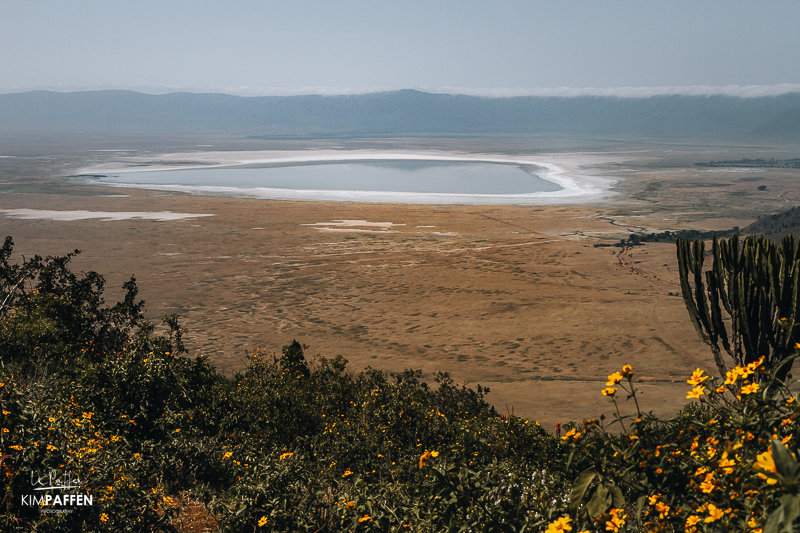
I highly recommend combining a Serengeti safari with other National Parks and booking your customized safari package through a tour operator, for example via SafariBookings.com .
Public transport
Determined to explore Serengeti on a budget? Public transport is the cheapest way to travel in Tanzania . Large buses and ‘daladalas’, which are small public transport buses, crisscross the country and link the major towns. Longer routes even link Dar es Salaam with Nairobi and Mombasa in Kenya . Public transport is quite efficient between big cities, but it gets slower, less comfortable, and more challenging when you intend to reach smaller towns. To cover short distances, tuk-tuks and boda-bodas can be used.
In Tanzania ’s National Parks, there's no public transport, so you cannot access Serengeti National Park without a private vehicle. This means you can only use public transport for the part of your trip which is out of the park, but this will be an adventure.
Self-drive in the Serengeti
Self-driving in Serengeti National Park is allowed, however, it is important to keep in mind that careful planning is necessary when driving through the park by yourself. A 4x4 vehicle is required to be able to access all roads throughout the year, and it is important to be familiar with the park's rules and regulations. It is also recommended to have a good understanding of the park's geography and to carry a detailed map. Additionally, it is important to be aware of the risks and challenges of driving in the park, such as navigating rough terrain and encountering wildlife on the roads. Therefore, it is generally recommended to use a reputable local tour operator or guide to ensure a safe and enjoyable experience in Serengeti National Park.
What is the best time for a safari in Serengeti, Tanzania?
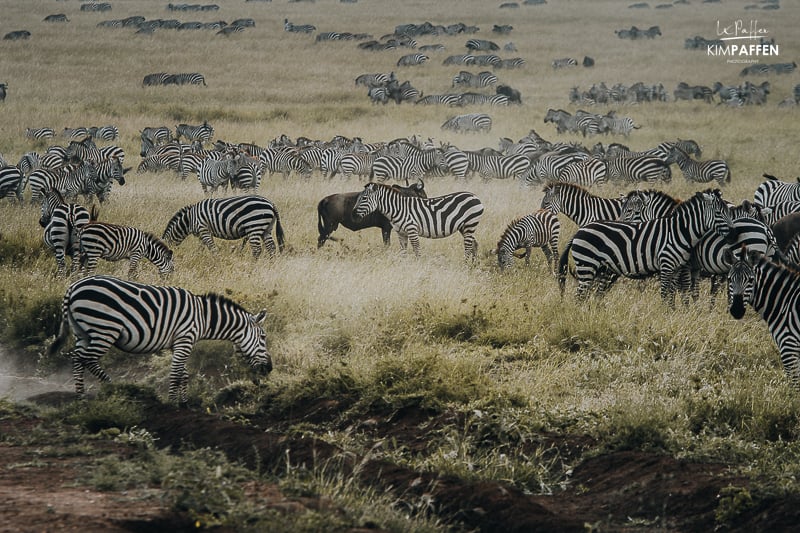
The best time for a safari in Serengeti depends on what you want to see and experience. The annual Great Migration is one of the main attractions in Serengeti, and it usually takes place from November to August. The best time to witness the wildebeest migration is from December to July when the herds of zebras and gnus are in southern and central Serengeti. However, visiting the Serengeti in December can be tricky due to the unpredictable weather. From July to October the Great Migration will take place in the northern part of Serengeti and the Masai Mara in Kenya .
The best time for a safari in Serengeti, Tanzania is also influenced by the weather. The dry season, from June to October, is considered the best time to visit as it offers clear skies, lower humidity, and good visibility for wildlife viewing. The rainy season, from November to May, is when the park is lush and green, with many newborn animals and migratory birds, but it can also make the roads difficult to navigate.

If you're interested in seeing big cats, such as lions and leopards, the dry season from June to October is the best time to visit. During this time, the vegetation is sparse, making it easier to spot these elusive predators.
If I had to pick a favorite time to visit, I would choose October as the best month to visit Serengeti . It’s when the dry season ends and the wildlife gathers around water sources, making it easier to spot them. It's also the time when the wildebeest migration is in full swing, the weather is mild, and there is little rain, making it a comfortable and less crowded period to visit. You gotta love these shoulder seasons!
How safe is Serengeti?
Visiting Serengeti National Park is safe , but it's important to respect the animals and park rules and regulations, including the prohibition of littering and feeding animals, and follow the advice of your safari guide , who is a trained and experienced professional. The reserve is protected by certified park rangers , ensuring your safety, so inside Serengeti National Park there is no need to worry about safety.
How many days do you need in Serengeti?
The length of your visit depends on your preferences and schedule, but I would recommend spending at least three to four days in Serengeti to fully experience its beauty and wildlife because Serengeti has a lot to offer. The more time you have, the better.
Visiting Serengeti National Park for three days should give you enough time to explore the park, spotting various animal species, and experience the different landscapes. If you have a specific interest in seeing the Great Migration or want to go on longer game drives , a 4-5 day visit is more ideal.
Is Serengeti expensive?
Serengeti National Park can be expensive, but the cost of visiting the park depends on a few factors, such as the type of accommodation , the time of year you visit, and the activities you plan to do.
Accommodation in Serengeti ranges from budget camping sites to luxury lodges, so the cost of your stay will depend on your preferences and budget. Generally, the more luxurious the accommodation , the higher the cost.
The costs of safari activities in Serengeti , such as game drives , hot air balloon safaris , and guided walks, can also vary depending on the operator you choose and the duration of the activity.
Furthermore, the Serengeti park entrance fees for foreign visitors are relatively high, with a daily fee of $70 per person per day for adults and $20 for children (as of 2023). These fees are subject to change, and there may be additional fees for certain activities.
For instance, this budget 3-day Serengeti safari package starts at $728 per person including park fees, activities, transportation, budget camping, and meals.
Which part of Serengeti is best?
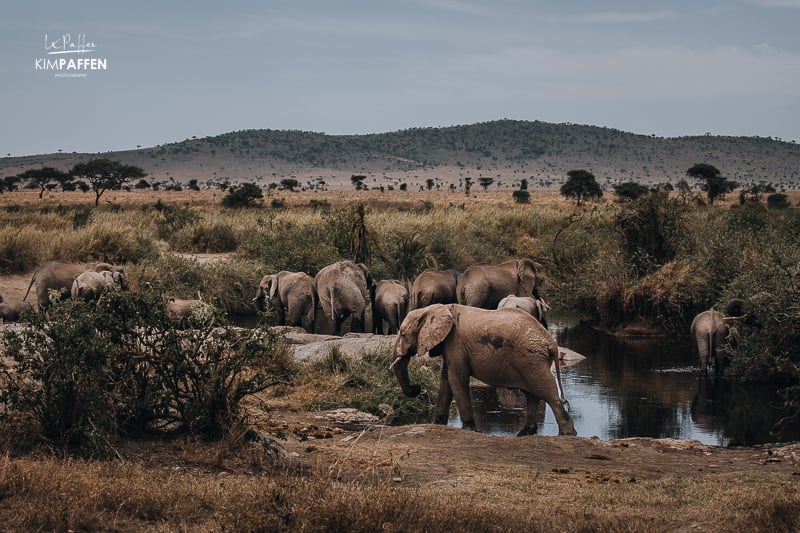
Serengeti National Park is divided into several different regions, each with its own distinct features and wildlife viewing opportunities, making it hard to say which part of Serengeti is the best.
The Seronera region is the heart of the Park, located in Central Serengeti. It is known for its wide-open savannah landscape and abundant wildlife, including the Hippo Pool full of countless hippos. Simba Kopjes, a group of rocky hills, is a popular area in Seronera, famous for its lion sightings and high density of leopards. However, note that the Seronera Valley is the busiest area of the park.

Northern Serengeti is a more remote and rugged region, home to the Mara River, which is known for its scenic beauty and wildlife, including spectacular river crossings and predators such as lions and crocodiles.
The Western Corridor is located in the western part of Serengeti National Park, with the Grumeti River running through it, attracting various predators and hosting large herds of wildebeest and zebras during the migration season.
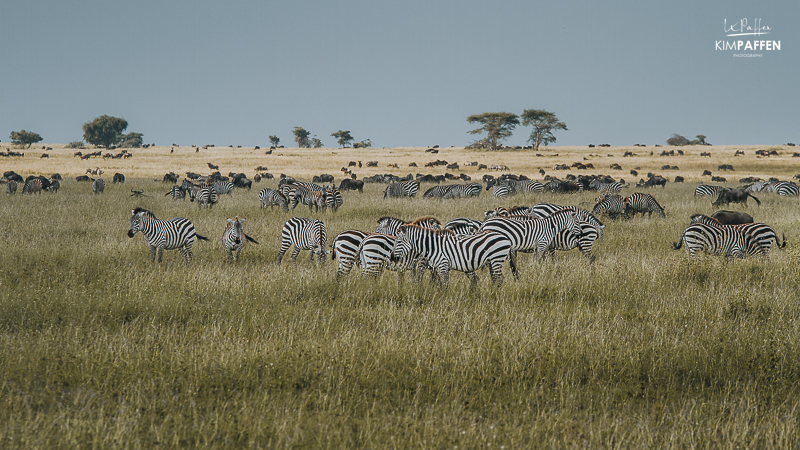
Eastern Serengeti is known for its open savannah grasslands and is less visited than the other regions, but still home to a variety of wildlife, including giraffes and elephants.
Ndutu , located in Southern Serengeti and part of the Ngorongoro Conservation Area, is another popular area to visit. It is famous for its large open plains and is the breeding ground for wildebeest and zebras during the calving seasons in March and April, attracting plenty of predators such as cheetahs and lions . As there are no fences between the parks, the animals are free to roam.
Serengeti Balloon safari
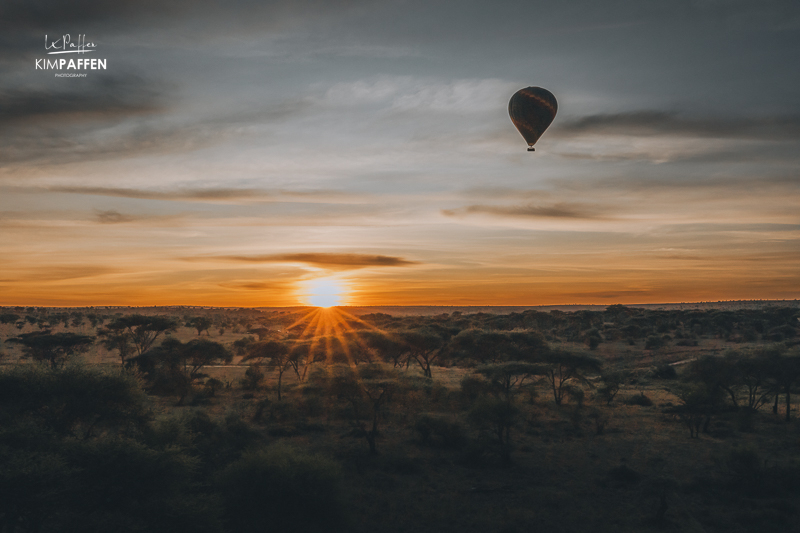
To get the best out of your Serengeti experience, you should definitely book a balloon safari . A Serengeti Balloon Safari is a popular activity and is a unique way to experience the park and see its wildlife from above. The balloon safari takes place early in the morning, just before sunrise. The balloon flies low over the Serengeti's plains and savannahs, providing a panoramic view of the landscape and wildlife below.

During the flight , passengers can expect to see a variety of animals, including elephants, lions , giraffes, zebras, and wildebeest. The flight typically lasts for about an hour, after which the balloon lands and passengers are treated to a champagne breakfast in the middle of the Serengeti wilderness.
Serengeti Travel Tip: Read more about a Serengeti balloon safari if you're interested in a hot-air balloon ride in Serengeti. That article also includes an attractive discount!
Is Serengeti better than Masai Mara?
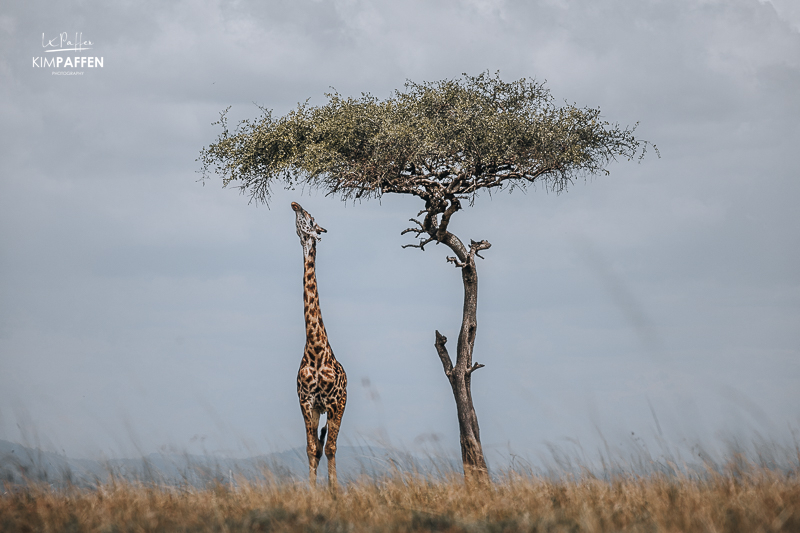
Serengeti and Maasai Mara are two incredible safari destinations that share the same ecosystem, wildlife, climate, and types of landscapes, yet they have some distinctions. While both offer an exceptional safari experience, there are some notable differences between them. For instance, Serengeti National Park is larger than the Masai Mara National Reserve and relatively more expensive. The primary reason for the price discrepancy is that tourists typically stay within the Serengeti, where they are required to pay a daily concession fee in addition to the National Park fee (140 USD in total).
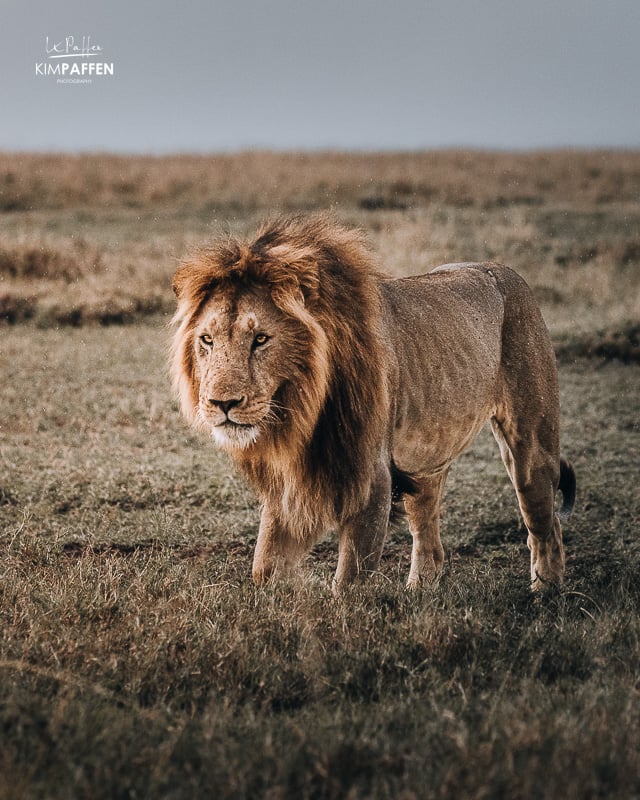
Determining whether the Serengeti or the Masai Mara is better is difficult, as both offer unique and memorable safari experiences. However, personally, I love to spend time in the Mara Conservancies, bordering the Masai Mara National Reserve.
Is Serengeti malaria-free?
Serengeti National Park is located in a malaria-endemic region, and there is a risk of contracting malaria while visiting the park. Due to the limited water sources, the high altitude, and the prevalence of short grasslands within the Serengeti National Park, the mosquito population is relatively low, which results in a reduced risk of contracting malaria while visiting the park.
However, it's important to note that even though the park has fewer mosquitoes and lower chances of malaria cases, it doesn't completely eliminate the presence of mosquitoes in the Serengeti. It's always advisable to consult with a healthcare professional before traveling to a malaria-endemic area and to take preventive measures against malaria, such as wearing long-sleeved clothing and pants, using insect repellent, and sleeping under a mosquito net.
Is Serengeti fenced?
Serengeti National Park is not entirely fenced. The park is part of a larger ecosystem that includes several wildlife reserves and protected areas, and wildlife can move freely between these areas. This is especially true during the annual wildebeest migration, where millions of animals move across the Serengeti-Mara ecosystem. However, there are some smaller fenced-off areas within the park, such as some of the lodges and campsites that have fences for the safety of guests.
How to enter the Serengeti National Reserve?
The Serengeti National Park is primarily accessible by plane or via road transportation. The park has multiple entry gates into Serengeti , including Naabi Hill Gate, Kleins Gate, Fort Ikoma Gate, Ndabaka Gate, and Habdajega Gate.
There are four main entry and exit points into the Serengeti:
- Naabi Hill Gate is the main gate, and the busiest entrance point, located about 45 kilometers from Seronera. The gate is open daily from 06h00 to 18h00.
- Ndabaka Gate is the primary access gate for the Western Corridor area, which is approximately a 1.5-hour drive from Mwanza and 145 kilometers from Seronera. The gate is open daily from 06h00 to 18h00, but the last entry is at 16h00.
- Klein’s Gate is situated in the far northeast of the Serengeti and is open daily from 06h00 to 18h00, with the last entry at 16h00.
- Bologonya Gate is located en route to or from Kenya ; do check if the gate is (still) closed as it was closed for a while.
Best places to stay in Serengeti

There are many excellent places to stay in Serengeti , ranging from luxurious lodges to budget-friendly campsites. The best place to stay depends on your preferences, budget, and travel style.
If you're looking for luxury, some of the best lodges include Singita Sasakwa Lodge , Four Seasons Safari Lodge Serengeti , and AndBeyond Grumeti Serengeti Tented Camp . These lodges offer top-notch amenities, personalized service, and breathtaking views.
For mid-range options, you might consider places like Serengeti Serena Safari Lodge , Lemala Kuria Hills Lodge , or Serengeti Explorer Camp . These lodges offer comfortable accommodation , good food, and a range of activities.
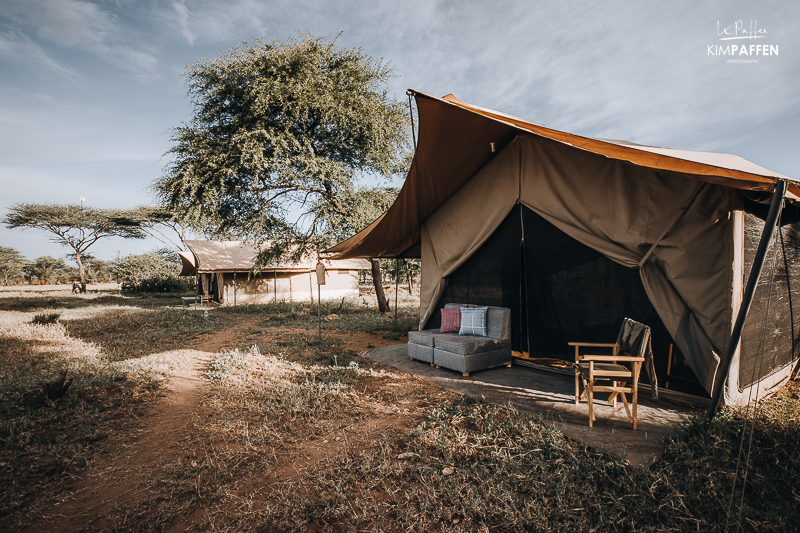
If you want to visit Serengeti on a budget , there are several campsites and budget-friendly lodges in and around the park, such as Ikoma Tented Camp , Serengeti Acacia Camp s, and Tanzania Bush Camps . These accommodations offer basic amenities but still provide a great safari experience.
During my last Serengeti trip with the Tanzania Tourism Board, we stayed in the lovely Pamoja Serengeti Luxury Camp , situated at the center of the vast Serengeti National Park, in Seronera. We absolutely loved staying at this intimate privately-owned wilderness camp because of the outstanding staff, delicious buffet, lovely views from our luxury tented suite, and overall exclusivity.
The proximity to wildlife is one of the reasons that makes Pamoja Serengeti Luxury Camp unique. If you're lucky (like us), you will even spot elephants or cheetahs passing by your tents or the lounge area; the ultimate bush feeling!
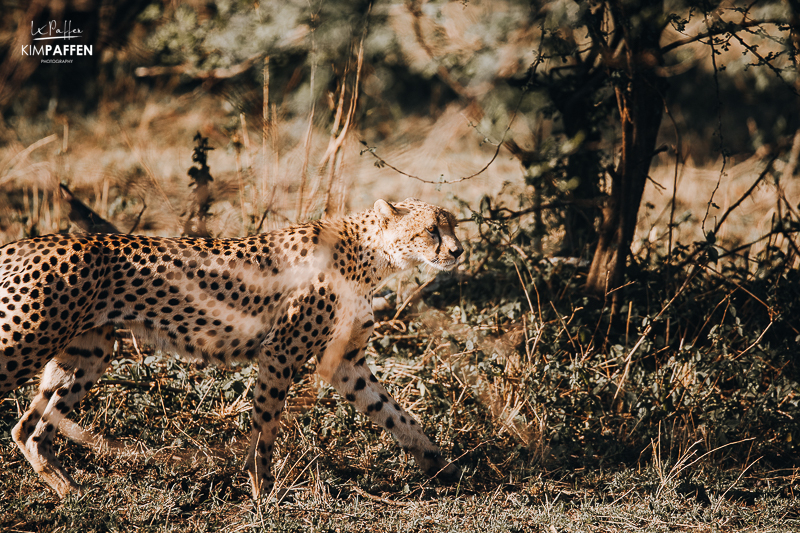
Is a safari in Serengeti worth it?
A safari in Serengeti is definitely worth it. Serengeti National Park is one of the most famous and spectacular wildlife reserves in the world , renowned for its abundant wildlife, stunning landscapes, and unique cultural experiences. Visitors can witness the Great Wildebeest Migration , which is one of the most incredible wildlife spectacles on earth, where millions of wildebeest, zebras, and other grazers move across the Serengeti ecosystem in search of fresh grass and water.
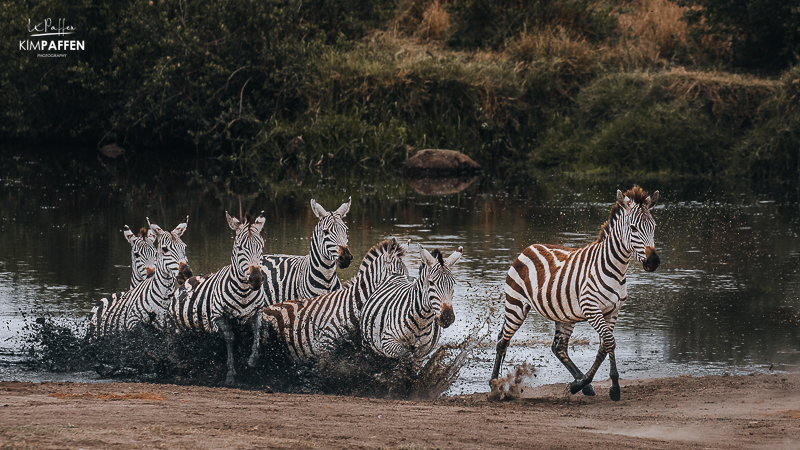
Serengeti offers an opportunity to see a diverse range of wildlife including lions , leopards, cheetahs, elephants, giraffes, hyenas, and many more. The park also has a rich cultural heritage , with the Maasai people living in and around the park and offering visitors an opportunity to experience their unique way of life.
Whether you go for a luxury family safari, a solo trip, or a customized tour, a Serengeti safari won’t disappoint you.
Looking for more Tanzania inspiration? Check my Serengeti travel guide to read about the top safari destinations in Tanzania like the Ngorongoro Crater, and the tallest mountain in Africa ; Mount Kilimanjaro, and more featured Safari Tips for Tanzania .
Serengeti Safari in Tanzania
Feel free to contact me if you have questions about a safari in Tanzania or getting around in the Serengeti National Park. If you are planning your first-ever safari, it might be useful to read the following articles:
- Tanzania Northern Circuit: 10 best places to visit
- What to expect on a hot-air balloon safari in Serengeti?
- What to expect on a game drive in Africa? 15 things you need to know
- 7 tips to make the most out of your safari game drive
- What to pack for a safari in Africa? Use this Safari Packing Guide
I hope this article was helpful for you to plan your Serengeti safari itinerary. If so, I would be extremely thankful if you'd share this blog on social media and leave a comment below.
Pin this guide to a Serengeti Safari in Tanzania for later use!

Arusha - Tanzania
Serengeti National Park
About serengeti national park, tanzania.
Serengeti National Park is undoubtedly the best-known wildlife sanctuary in the world, unequaled for its natural beauty and scientific value, it has the greatest concentration of plains game in Africa
Serengeti National Park is the most prominent park for Tanzania safari and it is where the spectacular The Great Wildebeest Migration parked almost throughout the year. The Park is located on Northern Tanzania and it bordered Masai Mara Game Reserve in Kenya. The Serengeti ecosystem is among the oldest ecosystem in the world and it makes home to large number of wildlife found nowhere else on earth.
Serengeti National Park location and Geography
The Serengeti National Park Location spreads from the Mara and Simiyu regions of Northern Tanzania to Southwestern Kenya. Also the distance of the park from Arusha city is 235.1 km.
Why Visit Serengeti National Park?
Experience the wonders of Serengeti National Park, a breathtaking destination for wildlife enthusiasts. Witness the annual Great Migration, where millions of animals traverse the plains in search of greener pastures. Take thrilling game drives and encounter the Big Five up close. Capture incredible photographs and create lasting memories.
How To Get To Serengeti National Park?
Begin your Serengeti Safari adventure by departing from the town of Arusha. The most convenient way to reach this starting point is by catching a flight to Kilimanjaro International Airport, located approximately 46 km from Arusha.
Serengeti National Park can be reached by road from Arusha. The journey from Arusha takes around 335km/8 hours drive.
There are daily scheduled flights to Serengeti National Park from Arusha and Dar es Salaam with Auric Air, Coastal Aviation, and Precision Air.
Best Time To Visit Serengeti National Park
The best time to visit Serengeti National Park is from late June to October, as this is when you can witness the most incredible wildlife sightings, particularly the breathtaking wildebeest migration.
The timing of the migration can fluctuate annually, but the prime months to catch this natural spectacle are typically in June and July. Additionally, if you're interested in witnessing the wildebeest calving season, plan your visit between late January and February.
To get a better understanding of the best time to visit Serengeti , it's recommended to refer to our comprehensive guide which covers details about timing, seasons, climate, and temperatures. This will help you make the most out of your safari experience in Serengeti National Park.
Best Serengeti Safari Tours
The Serengeti is a year-round safari paradise. Browse through some of our favourite safari tours that include the Serengeti.
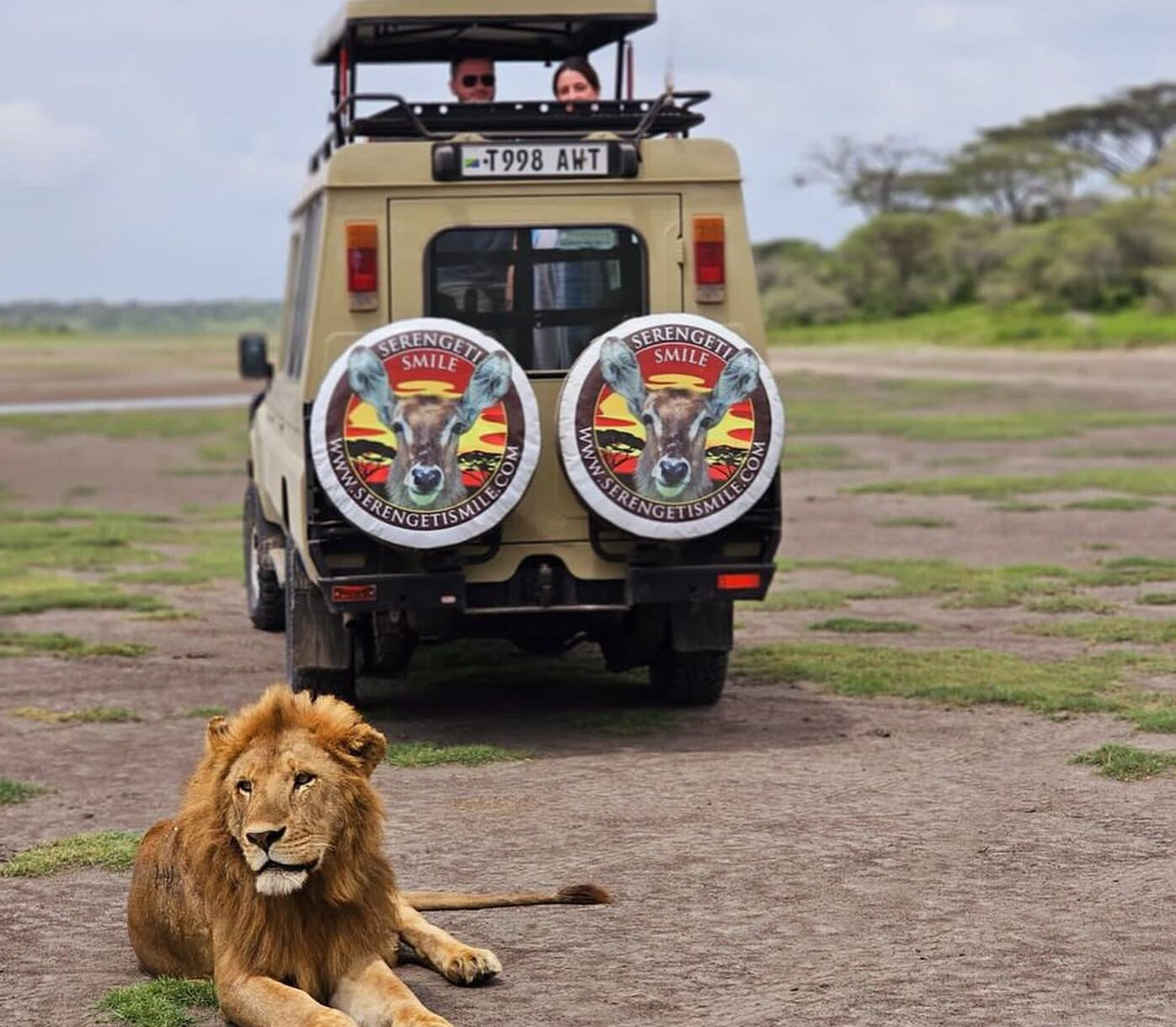
Tanzania | Private Tour
3-Day Amazing Serengeti and Ngorongoro Safari
Accommodation Style: Mid-Range
You Visit: Serengeti NP, Ngorongoro Crater,
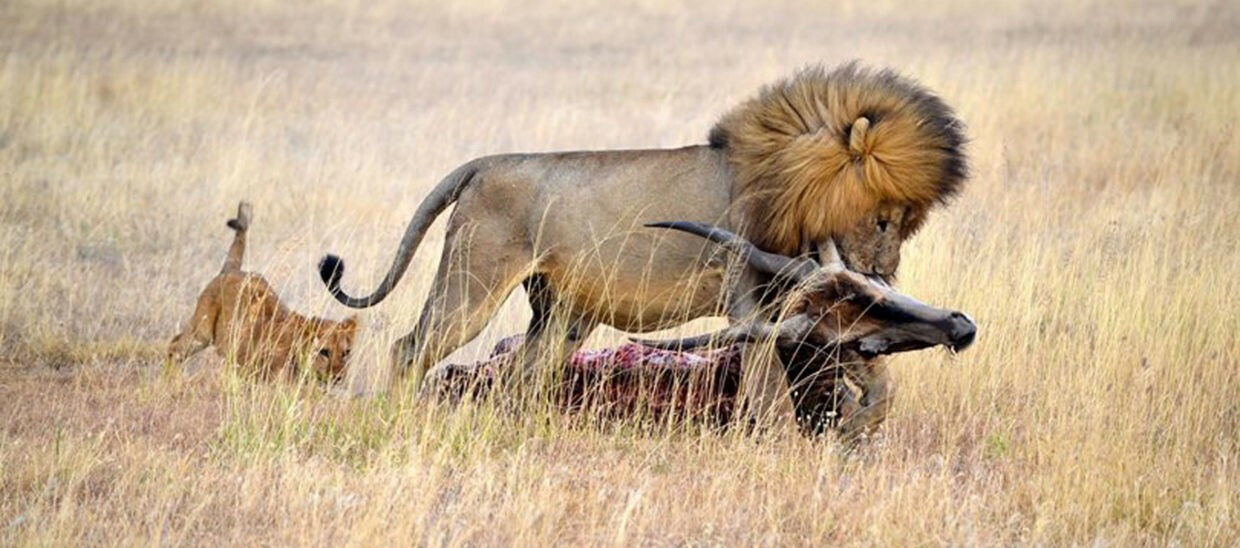
3-Days Serengeti and Ngorongoro Luxury Safari
Accommodation Style: Luxury
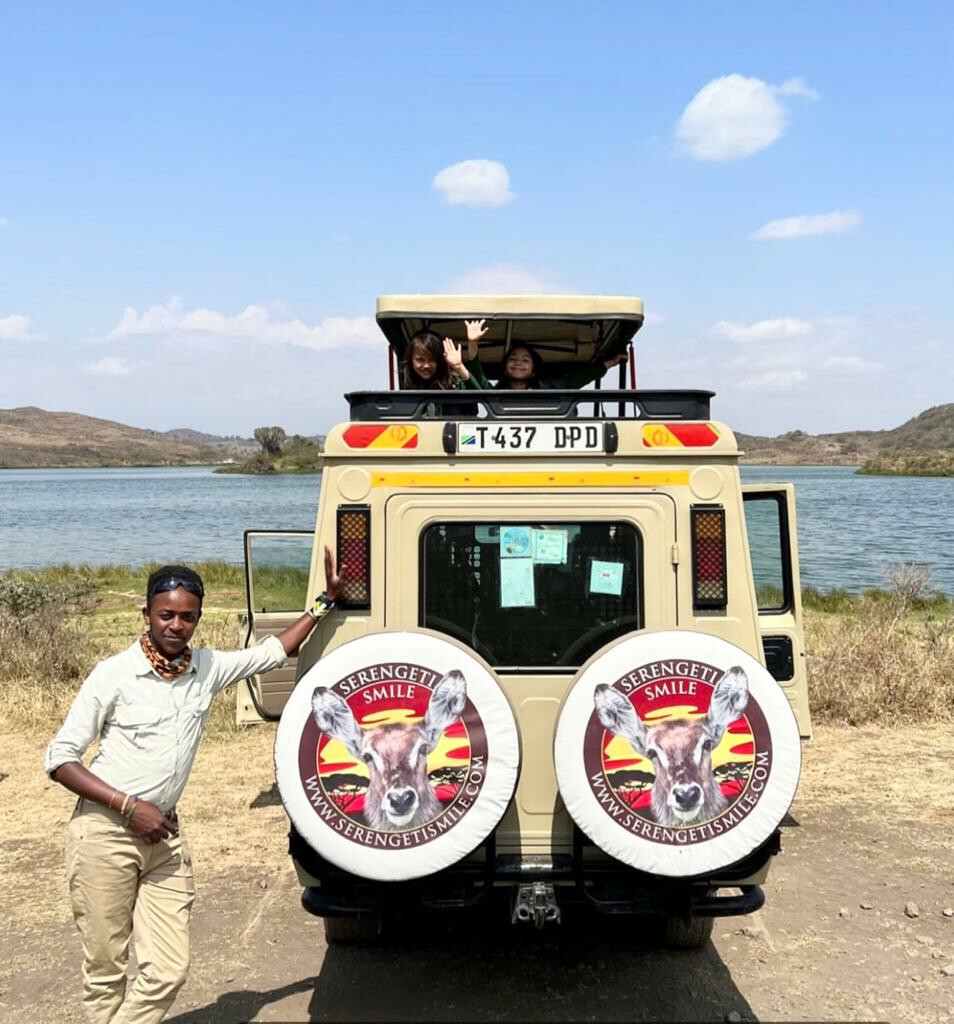
4-Day Safari To Tarangire, Serengeti & Ngorongoro
You Visit: Tarangire NP, Serengeti NP, Ngorongoro Crater,
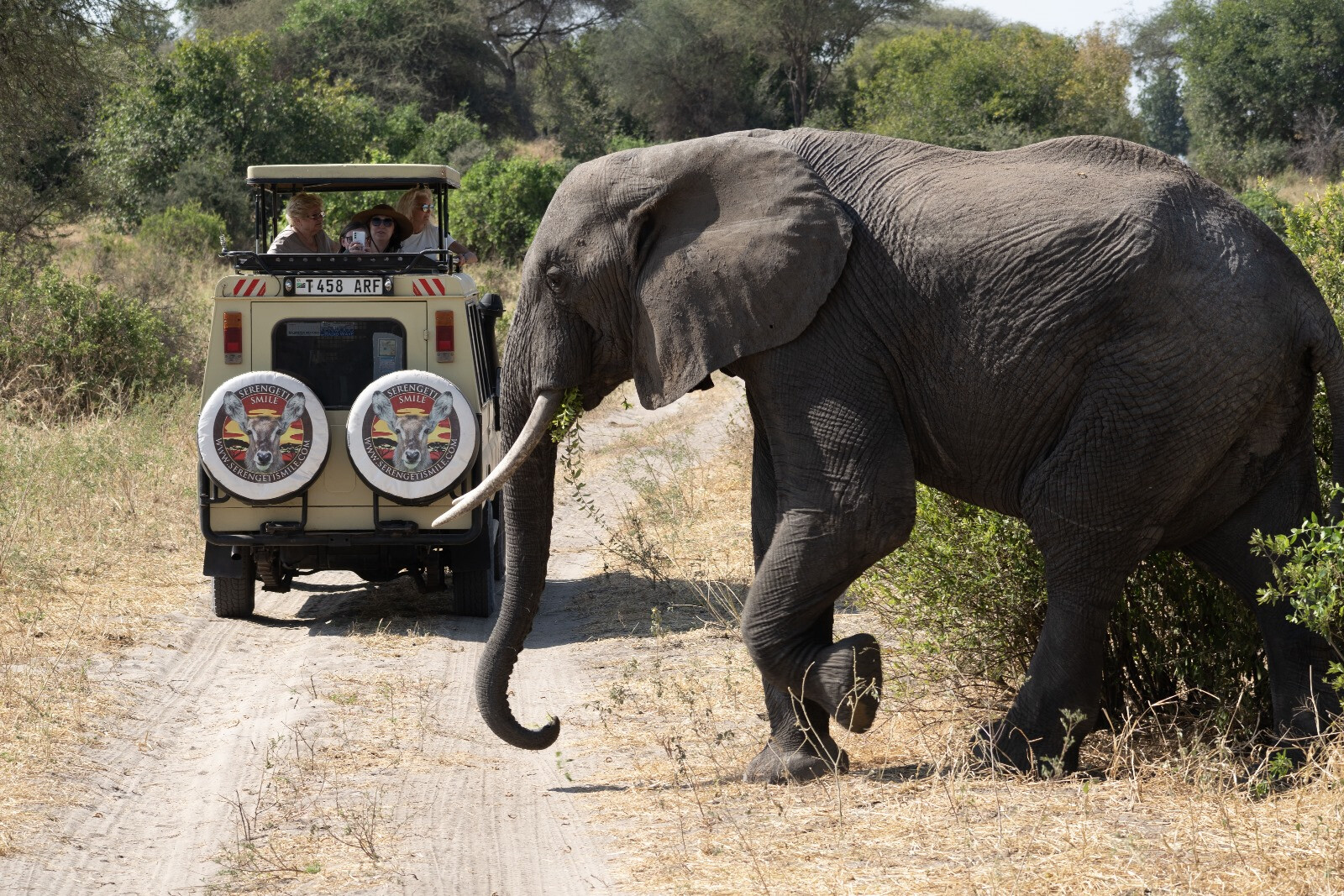
4-Day Tarangire, Serengeti & Ngorongoro Mid-Range Tour
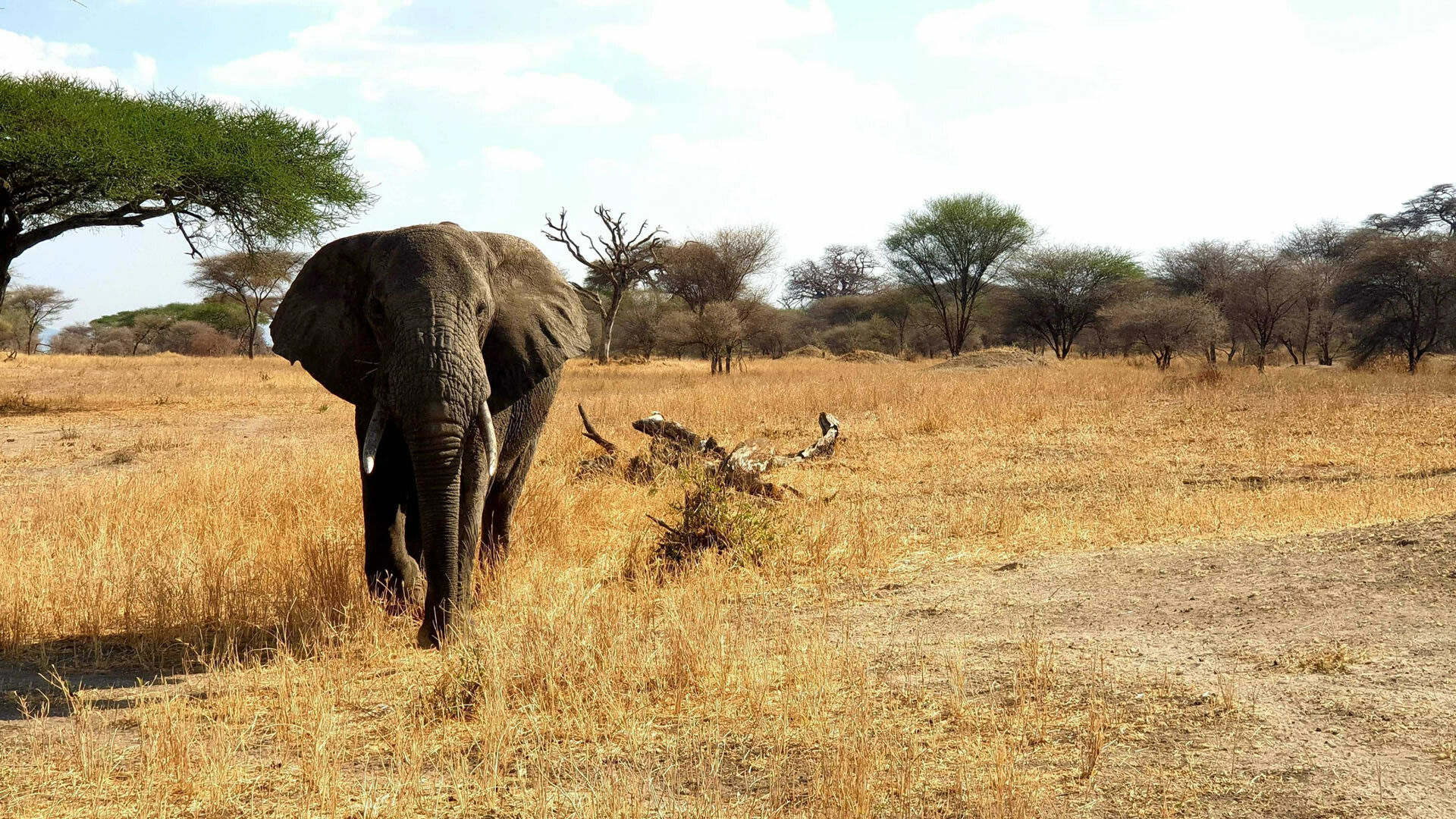
5-Day Tarangire, Manyara, Serengeti & Ngorongoro Trip
You Visit: Tarangire NP, Lake Manyara NP, Serengeti NP, Ngorongoro Crater,
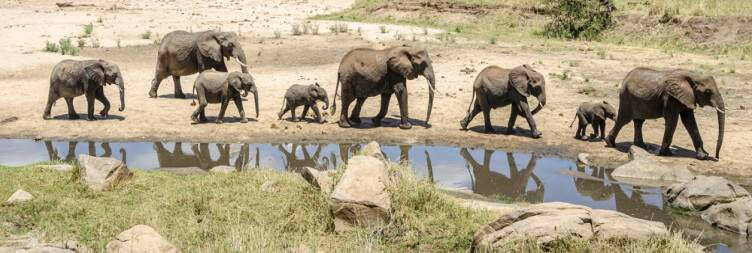
5-Day Tarangire, Serengeti, Ngorongoro & Manyara
You Visit: Tarangire NP, Serengeti NP, Ngorongoro Crater, Lake Manyara NP,
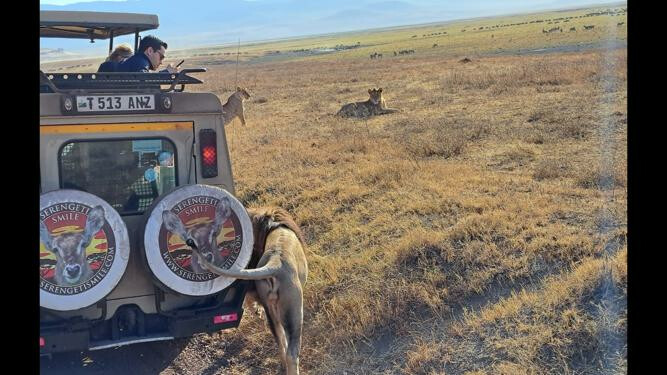
5-Day Tarangire, Serengeti, Ngorongoro & Manyara Budget
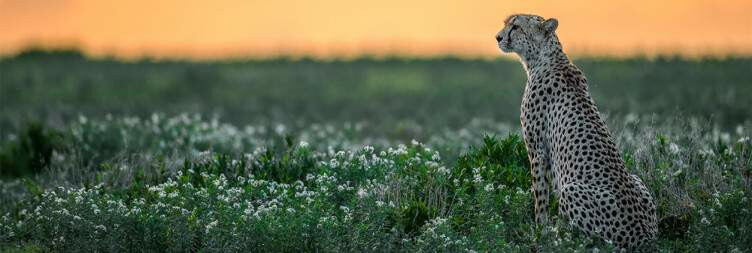
5-Day Tarangire, Serengeti, Ngorongoro & Manyara Journey
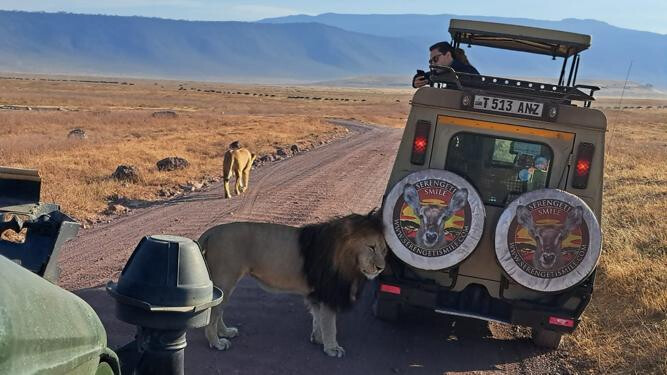
5-Day Tarangire, Serengeti, Ngorongoro & Manyara Tour
Accommodation Style:
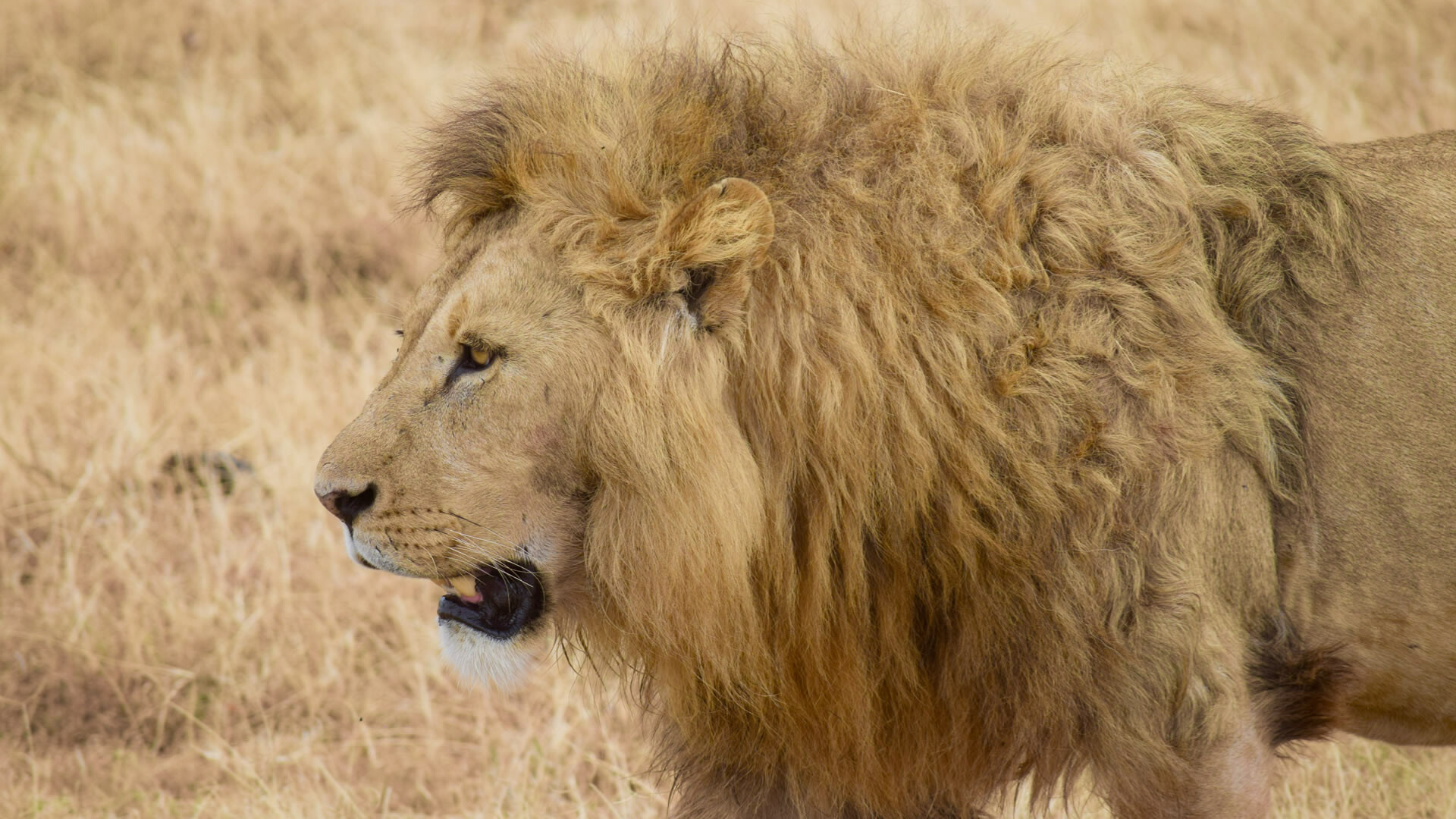
6-Days Tarangire, Serengeti, Ngorongoro, Eyasi & Manyara
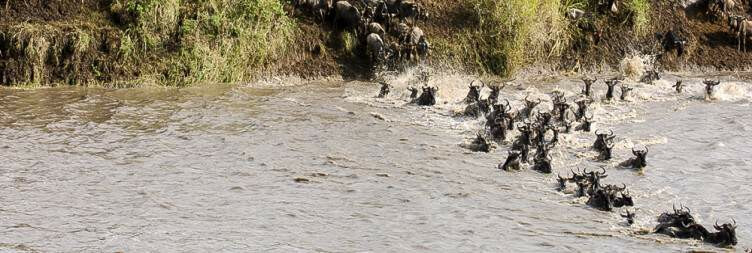
8-Days Great Migration Tour - Mara River Crossing
You Visit: Tarangire NP, Central Serengeti, Northern Serengeti NP, Ngorongoro Crater, Lake Manyara NP,
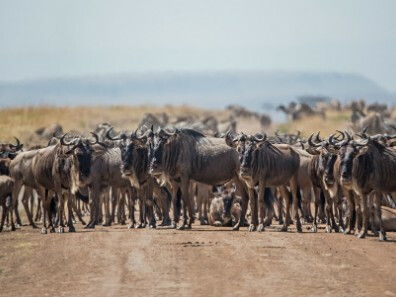
10-Days Serengeti, Ngorongoro and Zanzibar Beach Adventure
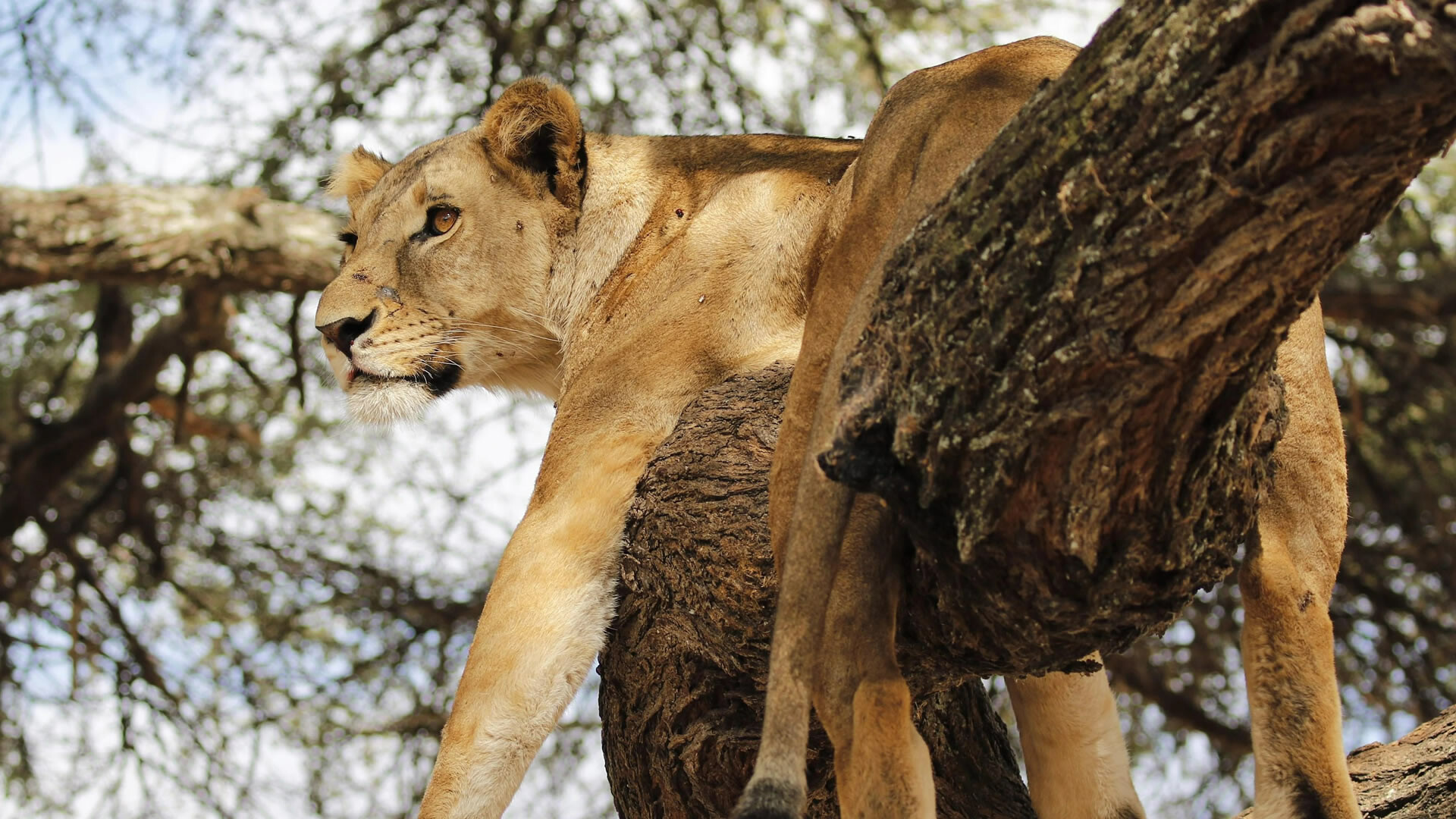
11-Day Mid-Range Safari to Tanzania and Zanzibar
You Visit: Tarangire NP, Lake Manyara NP, Serengeti NP, Ngorongoro Crater, Zanzibar, Stone Town (Zanzibar), Zanzibar (Beach),
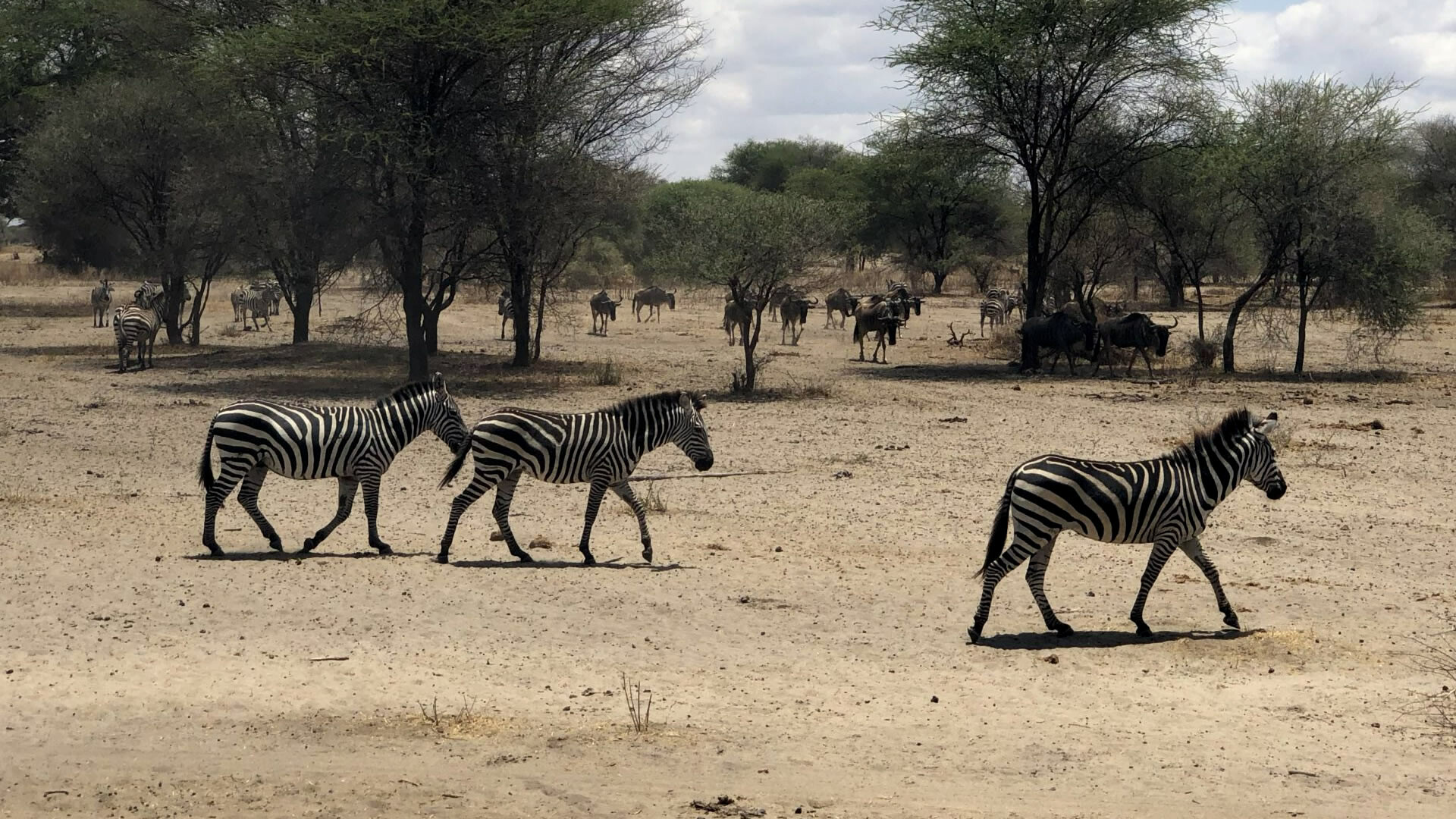
12-Day Amazing Mid-Range Safari and Beach Holiday
You Visit: Tarangire NP, Lake Manyara NP, Serengeti NP, Ngorongoro Crater, Zanzibar (Beach), Stone Town (Zanzibar),
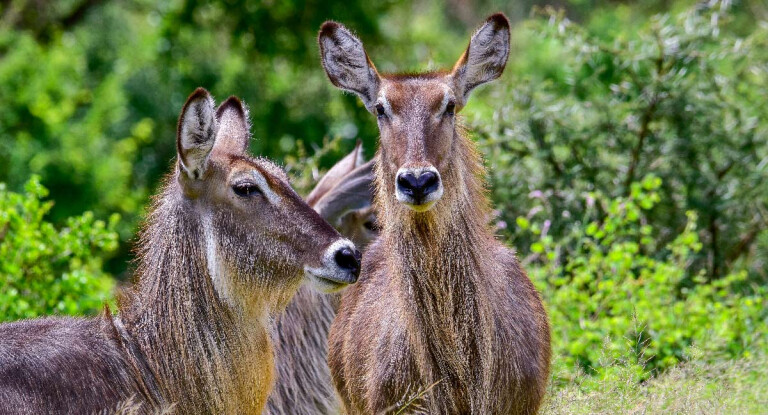
13-Day Great Migration Tanzania + Zanzibar Beach Safari
You Visit: Tarangire NP, Central Serengeti, Northern Serengeti NP, Ngorongoro Crater, Zanzibar, Stone Town (Zanzibar), Zanzibar (Beach),
Best Things To Do In Serengeti National Park
Witness The Great Migration
Visit The Olduvai Gorge
Go On A Hot Air Balloon Safari
Visit The Moru Kopjes
Experience The Maasai Culture And Way Of Life
The Serengeti National Park Interesting Facts
Discover fascinating facts about the Serengeti National Park, a truly captivating destination.
Serengeti National Park Fees
The park is under the Tanzania National Park Authority which is responsible for collecting all park dues like entry fees, conservation fees and concession fees. The park is under the Tanzania National Park Authority which is responsible for collecting all park dues like entry fees, conservation fees and concession fees. All the park fees are valid for 24 hours if one stays inside the park.
You can go through our Tanzania Safari Costs Guide that will help you to compare the fees with other National Parks.
Serengeti National Park Tips & Guides
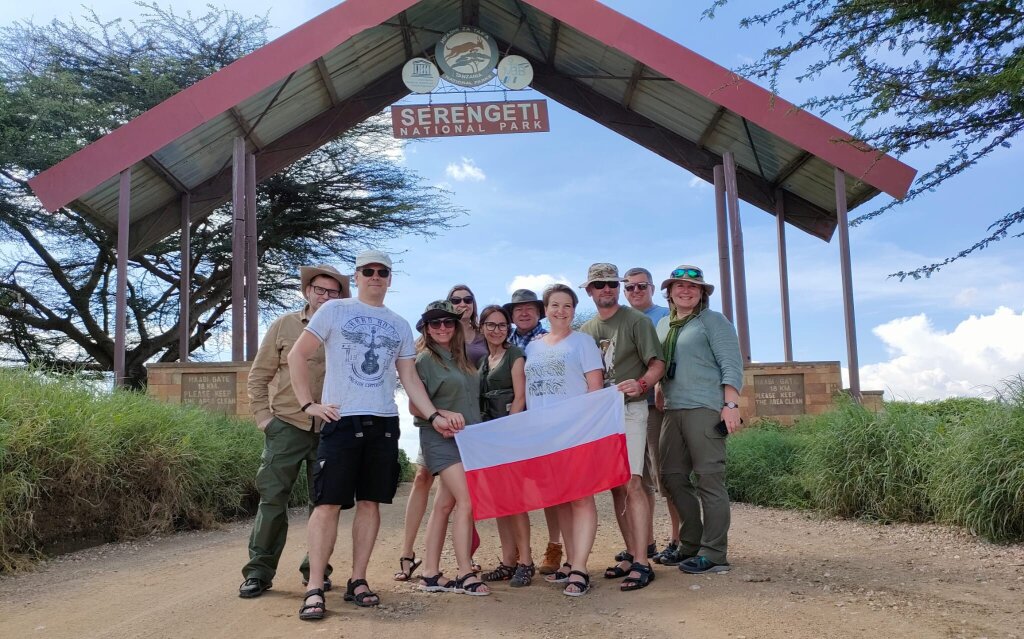
10 Reasons Why You Should Visit Serengeti National Park
Discover why Serengeti National Park is a must-visit destination! From iconic wildlife sightings to breathtaking landscapes..
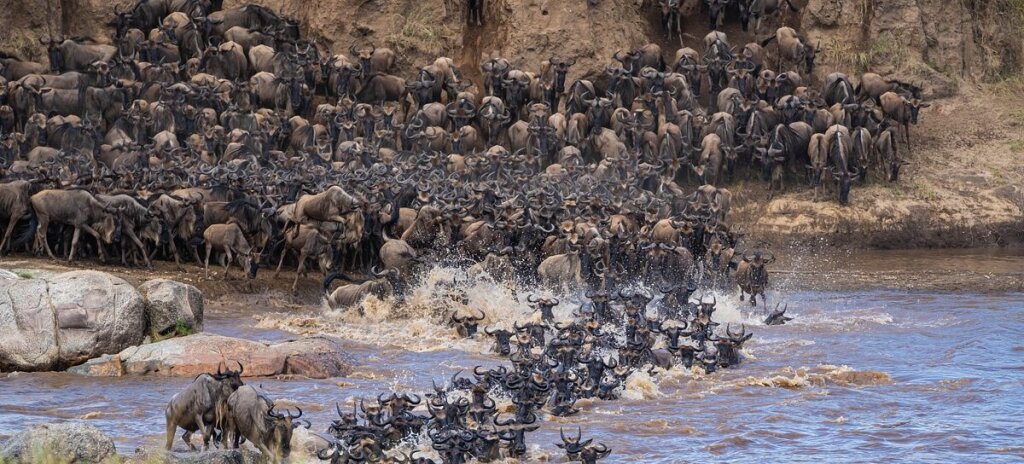
The Best Time For Wildebeest Migration in Tanzania
Plan your adventure to witness the incredible wildebeest migration in Tanzania with our expertly crafted guide to the best time for this natural spectacle.
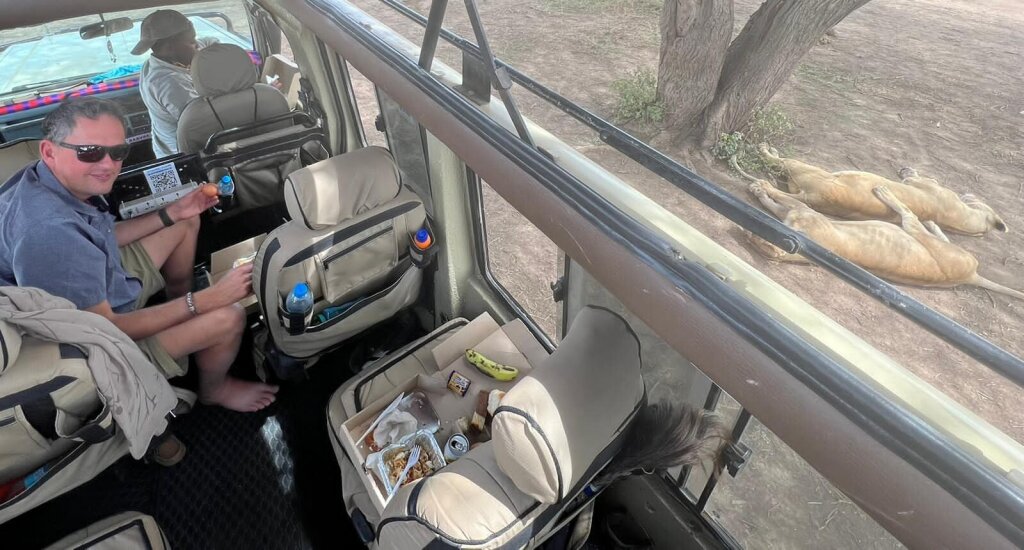
Serengeti Safari Cost: The Guide To Serengeti Safari Prices
Discover the breakdown of Serengeti safari costs, accommodation options, park fees, and transportation.
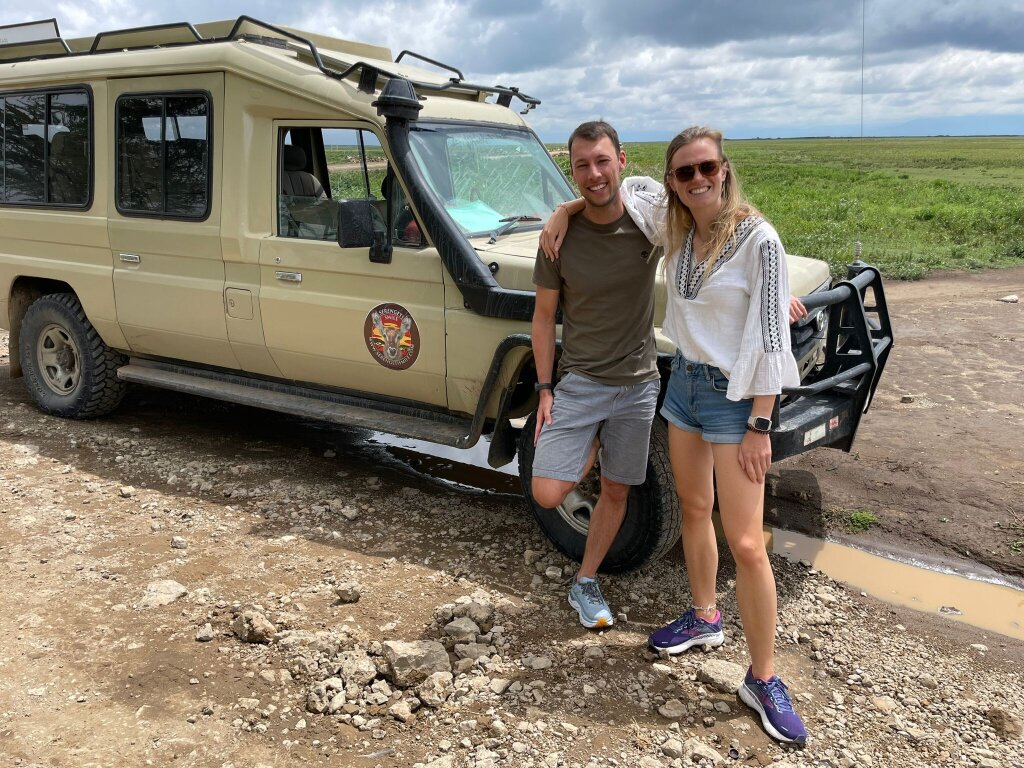
Ultimate Serengeti Safari Packing List
This ultimate Serengeti safari packing list covers everything from sun protection to essential gear for an unforgettable African safari.
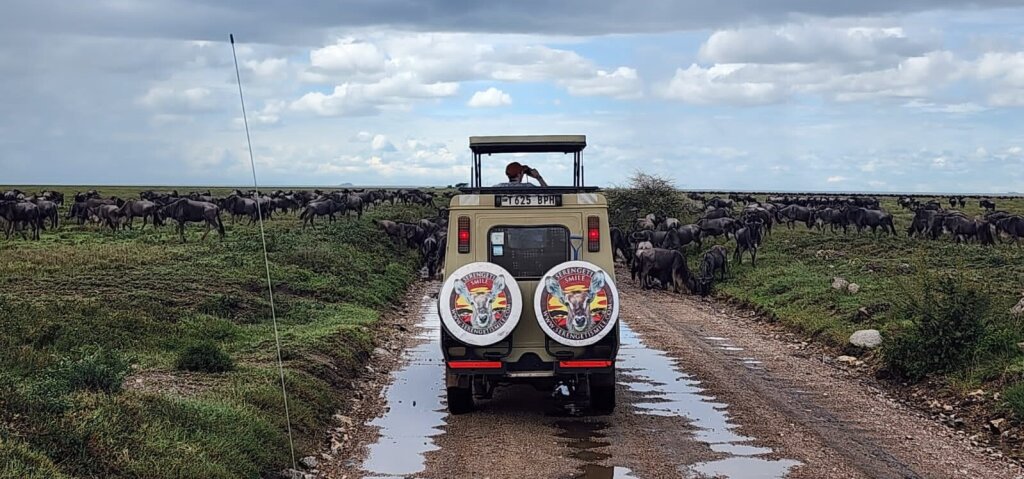
Serengeti Wildebeest Migration Routes & Dates (2024)
The Serengeti wildebeest migration is one of the most spectacular natural events on Earth.
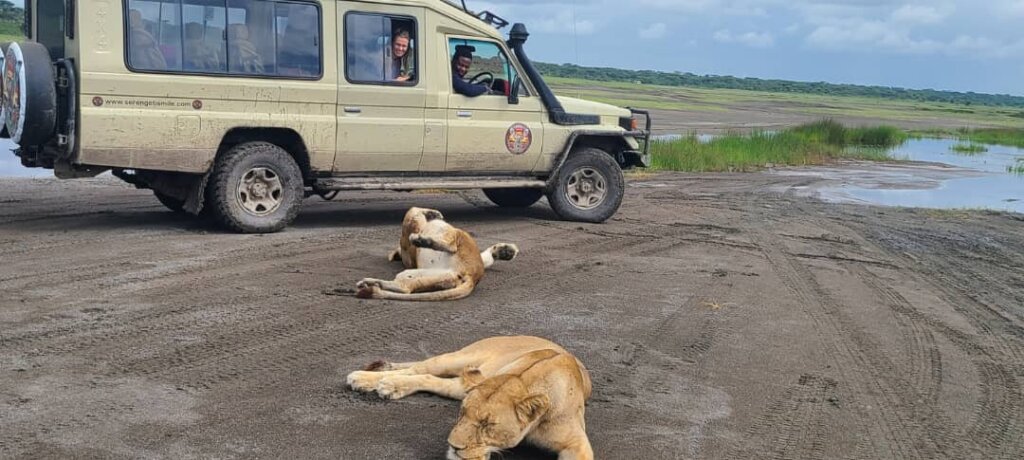
Top 7 Unique Places To Visit in Tanzania: Beyond The Serengeti
Discover unique places to visit in Tanzania: chimp trekking, spice markets, volcanic craters & more.
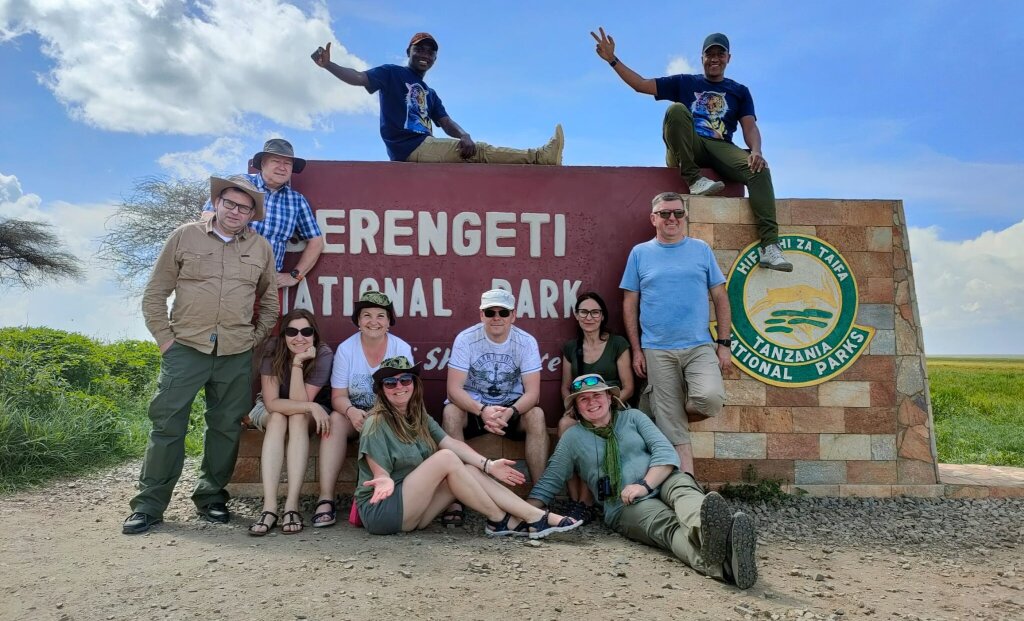
Best Serengeti National Park Tours and Activities
Explore the Wonders of Serengeti National Park: A Guide to Tours and Activities
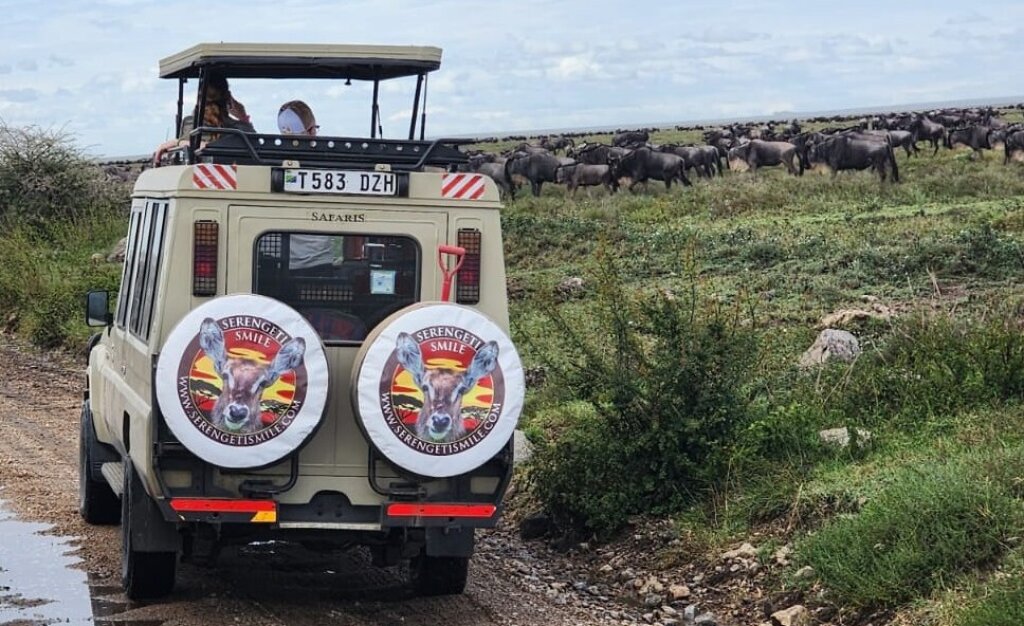
Best Time To See The Serengeti Migration | Complete Guide
Uncover the secrets of the Serengeti Migration. This guide reveals the best time to see this natural wonder.
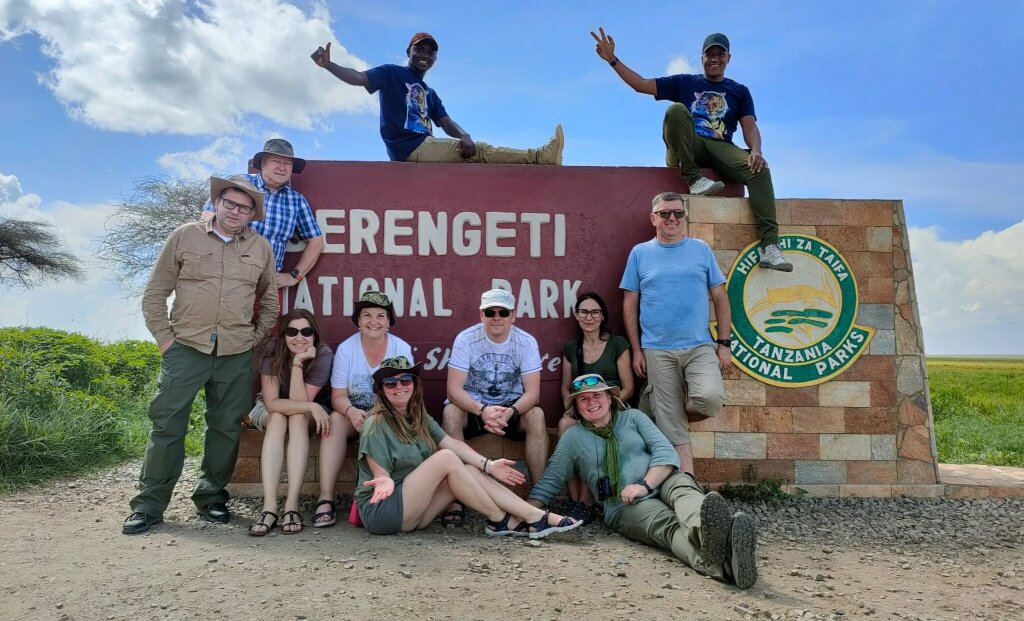
Exploring Serengeti vs Ngorongoro: Parks Compared
Uncover the unique features of Serengeti and Ngorongoro, from diverse wildlife to stunning landscapes, to make the most of your trip.
Explore Other Tanzania National Parks
Lake manyara national park.
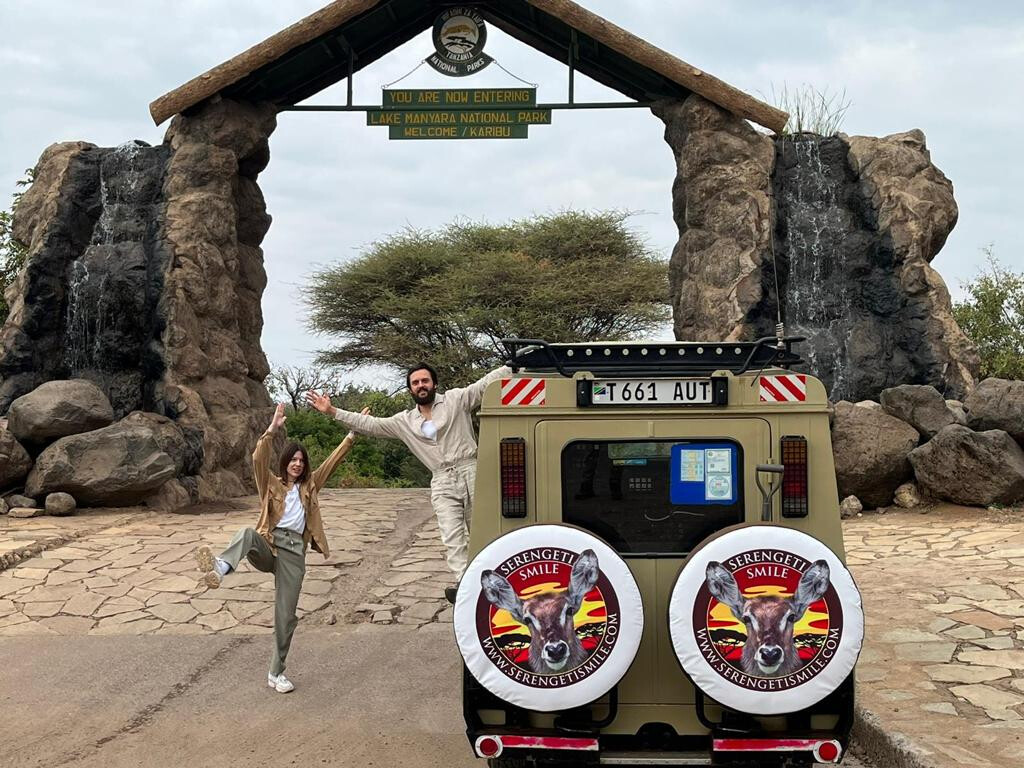
Ngorongoro Crater
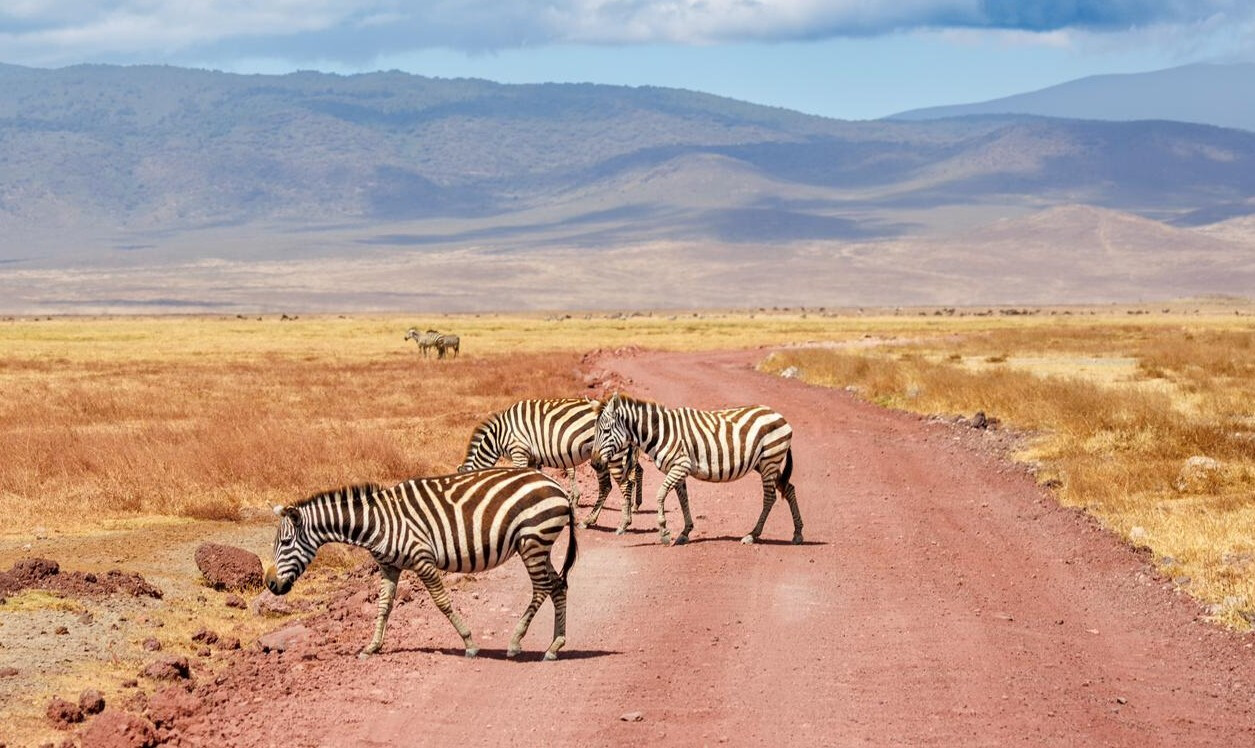
Tarangire National Park
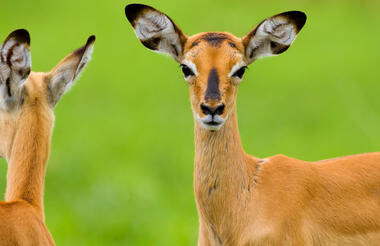
Let's plan your trip around Serengeti National Park
Enquire now, and our safari specialist will get back to you shortly.

Serengeti National Park
Few travelers forget their first encounter with the Serengeti. Perhaps it's the view from Naabi Hill at the park's entrance, from where the grasslands appear to stretch to the ends of the earth. Or maybe it's a coalition of lions stalking across open plains, their manes catching the breeze. Or it could be wildebeest and zebra migrating in their millions, following the ancient rhythm of the seasons. Whatever it is, welcome to one of the greatest wildlife-watching destinations on earth.
Leave the planning to a local expert
Experience the real Serengeti National Park. Let a local expert handle the planning for you.
Plan with a local
Experience the real Tanzania
Let a local expert craft your dream trip.
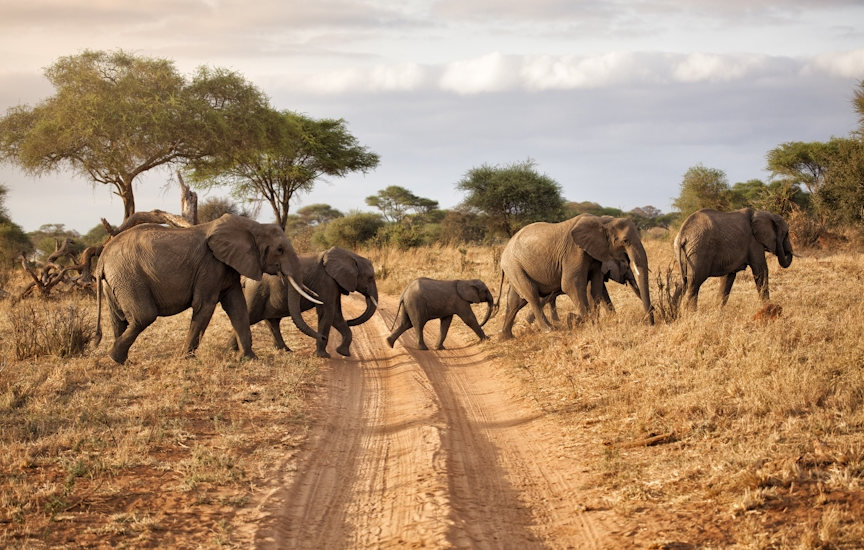
Latest stories from Serengeti National Park
Filter by interest:
- All Interests
- Adventure Travel
- Art & Culture
- Beaches, Coasts & Islands
- Food & Drink
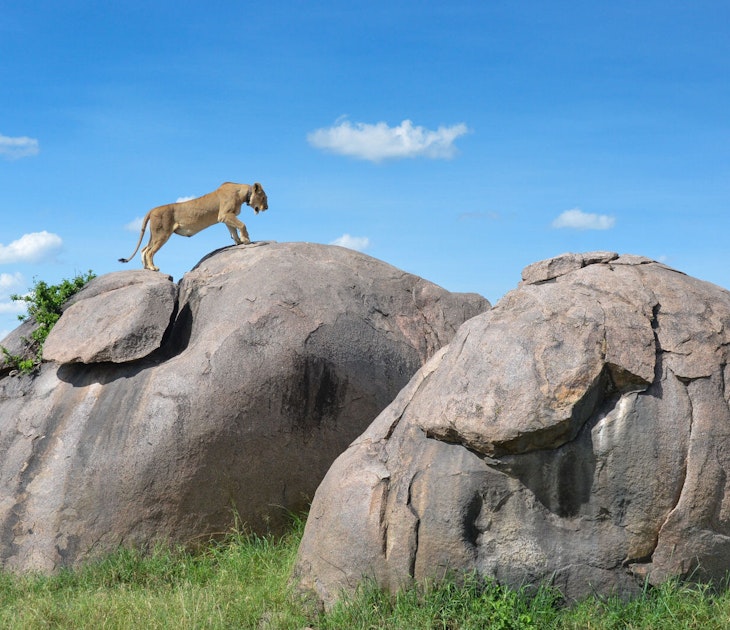
Wildlife & Nature
Jul 3, 2019 • 6 min read
From Banzai, Simba and Shenzi to Pumbaa, Timon and Zazu, the characters of The Lion King have captivated millions, both young and old, since the original…
Purchase our award-winning guidebooks
Get to the heart of Serengeti National Park with one of our in-depth, award-winning guidebooks, covering maps, itineraries, and expert guidance.
Take advantage of the search to browse through the World Heritage Centre information.
Share on social media
Unesco social media, serengeti national park.
- Description
The vast plains of the Serengeti comprise 1.5 million ha of savannah. The annual migration to permanent water holes of vast herds of herbivores (wildebeest, gazelles and zebras), followed by their predators, is one of the most impressive natural events in the world.
Description is available under license CC-BY-SA IGO 3.0
Parc national de Serengeti
Dans les vastes plaines de Serengeti, sur un million et demi d'hectares de savanes, les migrations annuelles vers les points d'eau permanents d'immenses troupeaux de millions d'herbivores – gnous, gazelles, zèbres – suivis de leurs prédateurs, offrent un spectacle d'un autre âge, l'un des plus impressionnants au monde.
روضة سيرنقيطي الوطنية
يمكن التمتع في سهول سيرنقيطي الشاسعة وعلى امتداد مليون هكتار ونصف من السهب (سافانا) بمنظر من عصر آخر يعتبر من أروع المشاهد في العالم ويتمثل في الهجرة السنوية لقطعان من ملايين الحيوانات الآكلة للأعشاب كظبي النو والغزلان وحمار الزرد، يتبعها مفترسوها الى نقاط مياه لا تنضب.
source: UNESCO/CPE Description is available under license CC-BY-SA IGO 3.0
在广袤的塞伦盖蒂平原上有150万公顷的大草原和数量众多的食草动物羚羊、瞪羚和斑马。每年,当它们为寻找水源而迁徙时,总有食肉动物尾随其后,这是世界上最壮观的景象之一。
Parque Nacional de Serengeti
En este parque de un millón y medio de hectáreas de vastas llanuras de sabana, las inmensas manadas de millones de herbívoros –ñus, gacelas y cebras– y los predadores que les siguen en sus migraciones anuales en busca de abrevaderos estables, ofrecen uno de los más impresionantes espectáculos del mundo de la naturaleza.
source: NFUAJ
Nationaal park Serengeti
De Serengeti-vlakte beslaat 1,5 miljoen hectare savanne en herbergt de grootste migratie van dieren ter wereld. Zo'n twee miljoen gnoes en honderdduizenden andere hoefdieren (gazellen en zebra’s) doen mee aan een jaarlijkse cirkelvormige trektocht door Kenia en Tanzania op zoek naar grasland en water. De enorme massa herbivoren wordt gevolgd door roofdieren wat een zeer indrukwekkend, natuurlijk spektakel oplevert. De biologische diversiteit van het park is zeer hoog. Er leven ten minste vier bedreigde of uitstervende diersoorten: de zwarte neushoorn, de olifant, wilde honden en cheeta’s.
Source: unesco.nl
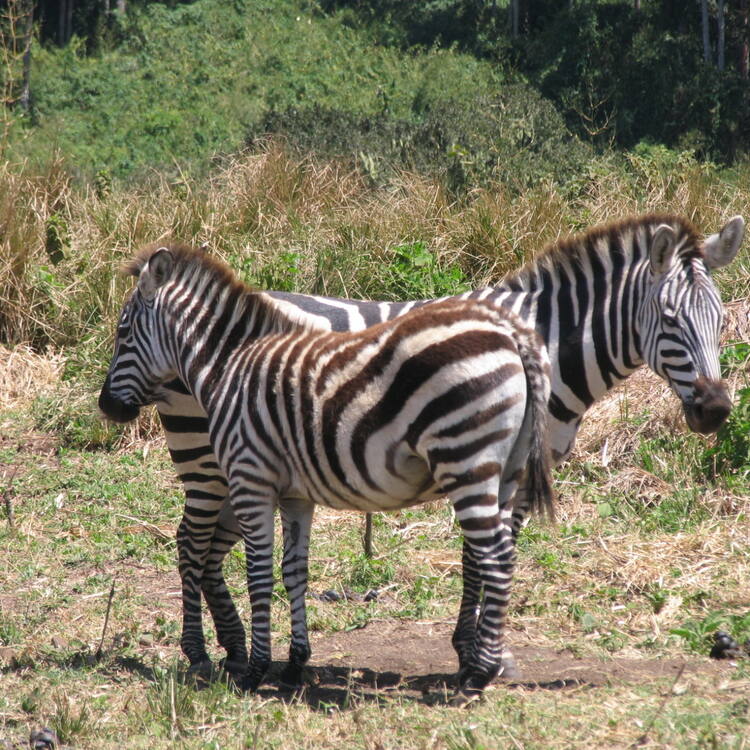
Outstanding Universal Value
Brief synthesis
In the vast plains of Serengeti National Park, comprising 1.5 million hectares of savannah, the annual migration of two million wildebeests plus hundreds of thousands of gazelles and zebras - followed by their predators in their annual migration in search of pasture and water – is one of the most impressive nature spectacles in the world. The biological diversity of the park is very high with at least four globally threatened or endangered animal species: black rhinoceros, elephant, wild dog, and cheetah .
Criterion (vii): The Serengeti plains harbour the largest remaining unaltered animal migration in the world where over one million wildebeest plus hundreds of thousands of other ungulates engage in a 1,000 km long annual circular trek spanning the two adjacent countries of Kenya and Tanzania. This spectacular phenomenon takes place in a unique scenic setting of ‘endless plains’: 25,000km 2 of treeless expanses of spectacularly flat short grasslands dotted with rocky outcrops (kopjes) interspersed with rivers and woodlands. The Park also hosts one of the largest and most diverse large predator-prey interactions worldwide, providing a particularly impressive aesthetic experience.
Criterion (x): The remarkable spatial-temporal gradient in abiotic factors such as rainfall, temperature, topography and geology, soils and drainage systems in Serengeti National Park manifests in a wide variety of aquatic and terrestrial habitats. The combination of volcanic soils combined with the ecological impact of the migration results in one of the most productive ecosystems on earth, sustaining the largest number of ungulates and the highest concentration of large predators in the world. The ecosystem supports 2 million wildebeests, 900,000 Thomson’s gazelles and 300,000 zebras as the dominant herds. Other herbivores include 7,000 elands, 27,000 topis, 18,000 hartebeests, 70,000 buffalos, 4,000 giraffes, 15,000 warthogs, 3,000 waterbucks, 2,700 elephants, 500 hippopotamuses, 200 black rhinoceroses, 10 species of antelope and 10 species of primate. Major predators include 4,000 lions, 1000 leopards, 225 cheetahs, 3,500 spotted hyenas and 300 wild dogs. Of these, the black rhino Diceros bicornis , leopard Panthera pardus , African elephant Loxodonta africana and cheetah Acynonix jubatus are listed in the IUCN Red List. There are over 500 species of birds that are perennially or seasonally present in the Park, of which five species are endemic to Tanzania. The Park has the highest ostrich population in Tanzania and probably Africa, making the population globally important.
Serengeti National Park is at the heart the larger Serengeti ecosystem, which is defined by the area covered by the annual migration. The property is contiguous with Ngorongoro Conservation Unit, an area of 528,000ha declared a World Heritage Site in 1979. The entire ecosystem also includes the Maswa Game Reserve (2,200km 2 ) in the south, Grumeti and Ikorongo Game Reserves in the east, Maasai Mara National Reserve in Kenya (1,672km 2 ) to the north, and Loliondo Game Controlled Area in the west. This entire ecosystem is intact and no barriers hamper the migration. Serengeti National Park is sufficiently large and intact to ensure the survival and vigour of all the species contained therein, if maintained in its present state but does not, by itself, ensure the protection of the entire ecosystem. However, all other parts of the ecosystem do have a greater or lesser degree of protection. A potential threat is the plan to build a transport infrastructure through the Serengeti. This would essentially cut the ecosystem into two halves, with predictably negative consequences on the Serengeti. Adding Maswa Game Reserve and Maasai Mara National Reserve to the World Heritage List, or giving then the status of a buffer zone would further safeguard the Outstanding Universal Values of this property.
Another major potential threat to the integrity of the Park is the scarcity of surface water for the animals during dry years, as only one river (Mara) flows perennially through the Park. An extension of the Park boundary to reach Lake Victoria providing a corridor for animals to access water in times of drought is planned for the future to address this issue.
Protection and management requirements
The site has a well designated and partially demarcated boundary, and since 2009 funds have been allocated to demarcate the entire boundary. Its management is regulated by both international and government policies and legal obligations. The National Parks Ordinance Cap 412 of 1959 provides for Tanzania National Parks with the mandate to manage the site. In addition, The 1974 Tanzanian Wildlife Conservation Act and the 2009 Wildlife Conservation Act provide for both within the site and adjacent area protection of resources, respectively. A General Management Plan (2006-2016) has been formulated to guide the daily management of the site in a sustainable manner and is currently being implemented. The Plan provides guidance on how to execute the various activities within the park under four main Themes: Ecosystem Management, Outreach services, Tourism Management and Park Operations. The site has a reasonable level of human and financial resources for effective management, but as the activities expand, and more challenges emerge, the lack of sufficient resources remains a potential future constraint. The major management concerns include poaching, tourism pressure, wildfires, and lack of adequate capacity in resource monitoring. Another important management challenge is water: despite numerous sources of water during the rain season, there is only one perennial river (Mara) which is transnational. However, this river currently faces multiple human-mediated cross-boundary threats.
- Google Arts & Culture: Story
- Tanzania National Parks' Twitter page
- Tanzania National Parks' YouTube account
- Serengeti National Park's Instagram page
- Tanzania National Park's Instagram page
- Serengeti National Park's Facebook page
- Serengeti National Park's official website page
- Tanzania Tourism Board
- Protectedplanet.net

State of Conservation (SOC)
Protections by other conservation instruments.
1 protection / 1 element
- Serengeti-Ngorongoro
Read more about synergies
Wanderlust Travel & Photos
Seeing the world one trip at a time.
- Work With Me
- Travel Journal
- Privacy Policy
- Browse by Continent
- Australia Travel
- Peru Travel
- Thailand Travel
- Browse by Region
- East North Central
- East South Central
- Mid-Atlantic
- New England
- South Atlantic
- West North Central
- West South Central
- Central America
- North America
- South America
- Travel Vlog
- Instagram Photos
The Ultimate Serengeti National Park Safari Guide
LAST UPDATED: 1/31/24 – Serengeti National Park Safari Guide
The Serengeti National Park in Tanzania is one of the most famous wildlife habitats in the world. This large park in Northern Tanzania, along with its sister park (the Masai Mara) in Kenya, plays a pivotal role in the great wildebeest migration.
This great migration, which also features zebra, gazelle, and other grazing animals, brings over two million grass feeders through the parks as they follow the rains each year. It is quite an unbelievable spectacle to behold while on a Serengeti National Park safari.
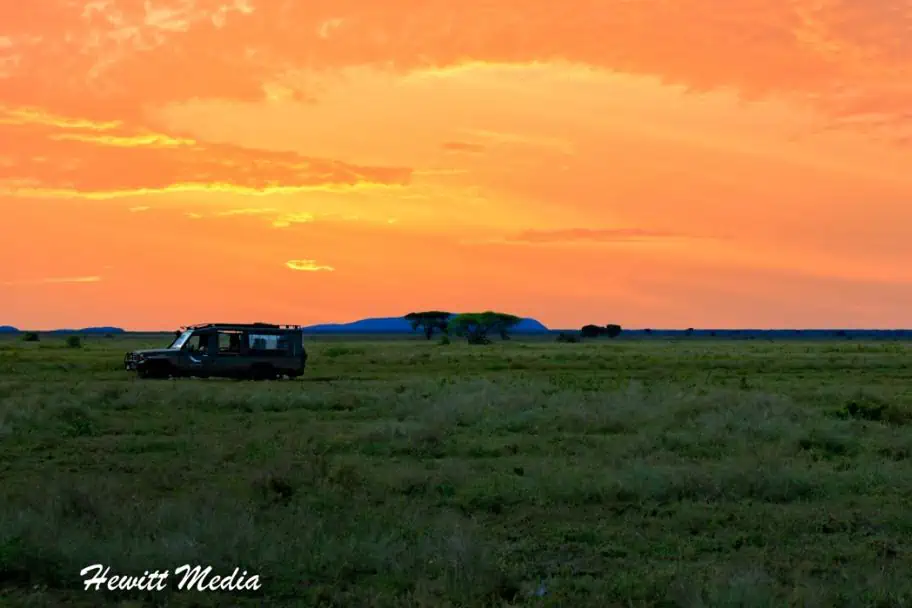
The Great Migration is a Must-See Wildlife Event
It is because of this migration, and its sheer volume of migrating animals, that the Serengeti National Park in Tanzania has become so famous. The park provides visitors with a front-row seat to see the migration and all of the drama that unfolds with it.
These migrating wildebeest, zebra, gazelle, and other animals have to cross rivers that are infested with large Nile Crocodiles, navigate savannas that are teaming with ambushing lions and leopards, outmaneuver aggressive clans of Spotted Hyenas, and outpace the lightning-fast cheetahs that hunt on the open plains of the parks. All are in search of fresh grass that sprouts after the rainstorms that they instinctively follow.
This is what makes going on a Serengeti National Park safari so special, and why it is a place that I will never forget. In few other places in this world can you see nature at its most beautiful, and at its most cruel. The sheer number of animals that live in and migrate through the park gives visitors an almost unprecedented opportunity to see the wildlife they came to see.
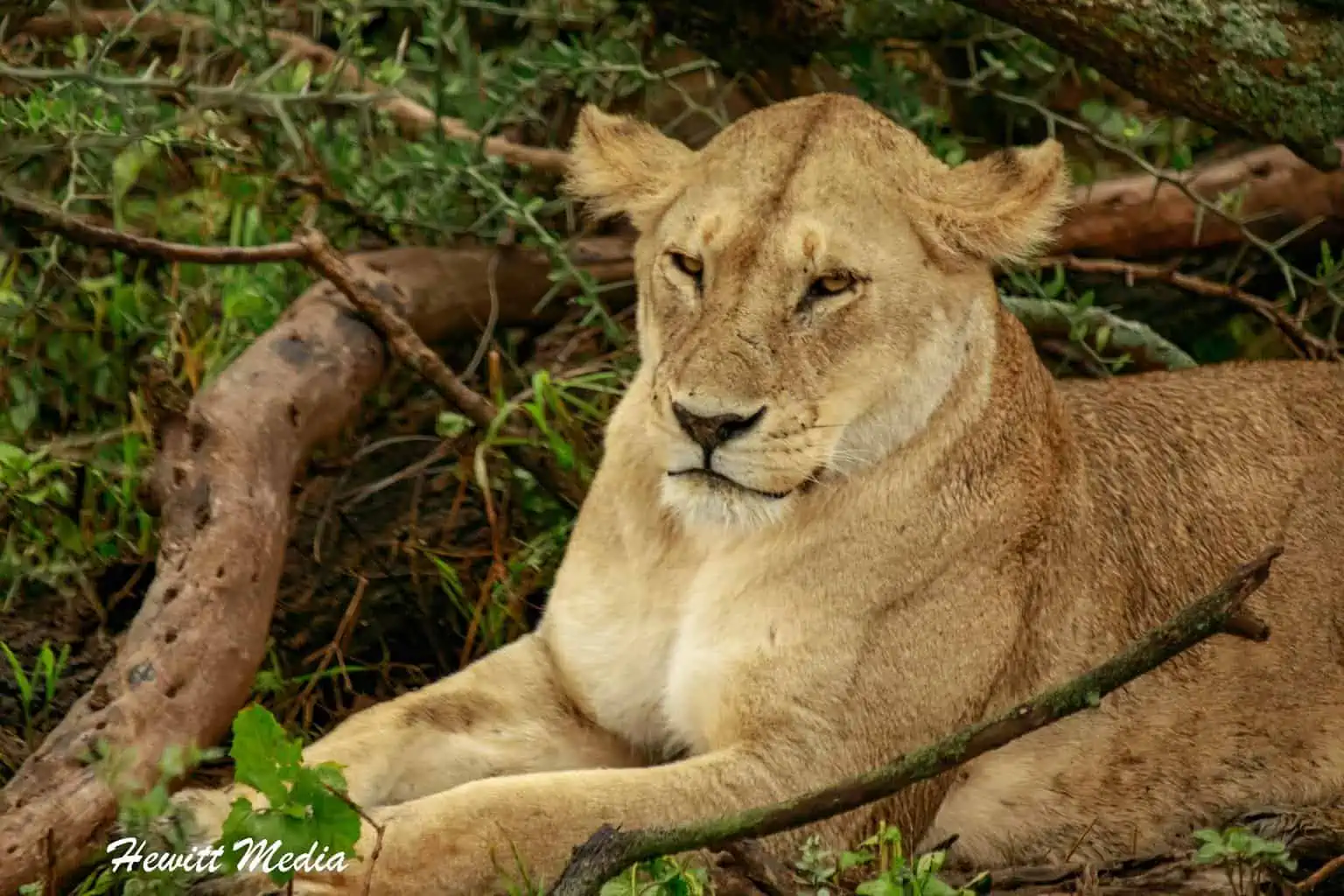
See the “Big Five” of Africa
In our short, two-day Serengeti National Park safari, we were able to see both a mother lioness protecting her newborn baby cubs in a thicket, as well as the rest of her pride feasting on a fresh wildebeest kill that they had made. These experiences are what make the Serengeti National Park such an amazing wildlife destination.
If you are looking for a great place to go on a safari in Africa, then your search should start with the Serengeti National Park in Tanzania and the Masai Mara in Kenya. These parks provide visitors with the ability to see the “Big Five” animals of Africa (lions, elephants, buffalo, rhinoceros, and leopards), as well as a plethora of other amazing wildlife. And if you plan your visit right, you might get to see the great migration unfold in this amazing place!
Serengeti National Park Guide Navigation Menu
Tanzania entrance requirements.
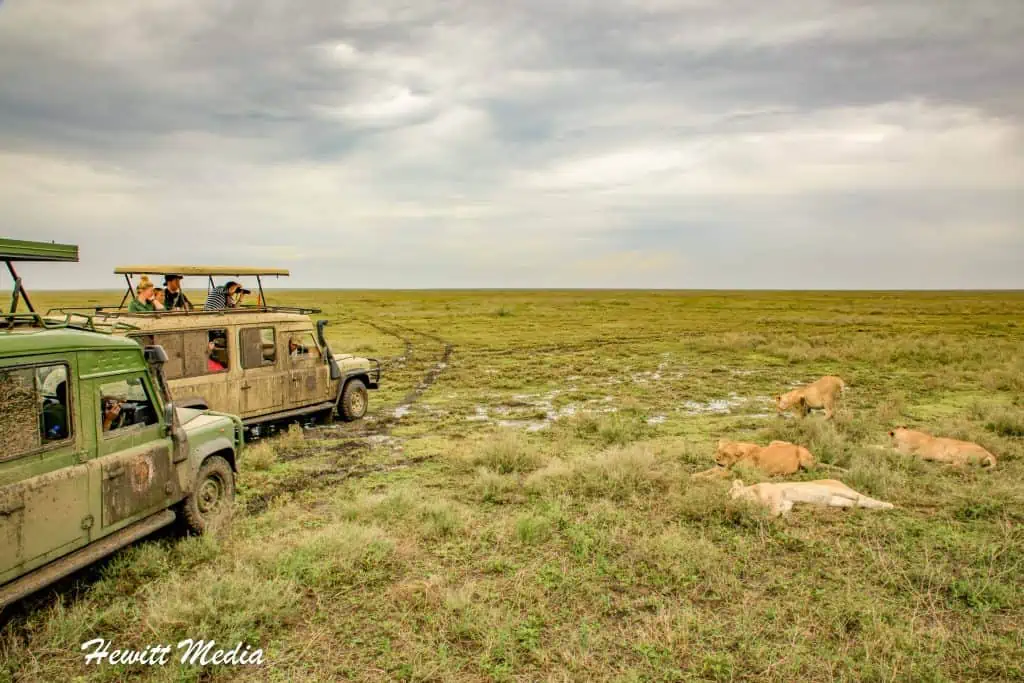
Before you can even start to think about your Serengeti National Park safari, you need to make sure that you can meet the Tanzania entrance requirements.
If you don’t meet the requirements, you will not be allowed entry into the country. This will put a huge damper on your safari plans. To assist you in ensuring you meet the requirements, I have outlined the passport and VISA requirements for you to review.
Tanzania Passport Requirements
One of the most important Tanzania entrance requirements you need to consider when planning your trip is Tanzania’s passport requirements.
According to the US State Department website , your passport needs to be valid for at least 6-months after your date of arrival. So, if your passport is set to expire within 6-months of your arrival date, you will need to renew your passport before you travel to Tanzania.
Tanzania VISA Requirements
You will also need to purchase a VISA to be allowed into Tanzania. This VISA can either be purchased ahead of time via as an e-VISA or be purchased upon arrival at your port of entry. The cost of a 90-day VISA for Tanzania for a US Citizen is USD 100. For a summary of the Tanzania passport and VISA requirements, please refer to the table below.
Tanzania Travel Immunizations

Important Note: I am not a medical doctor and do not have any medical experience. The information provided in this section is a summary of information that I got from the recommendations of the Centers for Disease Control and Prevention in the United States for travel to Tanzania . I am providing you this information to help bring awareness of the necessary vaccinations to you. However, consultation with my guide should not replace a discussion about your travels with your doctor or a travel medical clinic.
Before you leave for your trip to Tanzania to go on your Serengeti National Park safari, you need to make sure you have all of the proper vaccinations. Not only to protect yourself but to protect others. In fact, depending on where you are visiting from and whether you are making any stops before visiting Tanzania, you might not even be allowed in the country without the proper vaccinations.
Travel Vaccination Advice
You may have questions on what immunizations you will need and what to look out for when you go to get them. In this case, I have included some general guidelines from my experiences below.
- Most specialized travel clinics will not accept insurance, so you will have to pay for your travel consultation and immunizations and then request reimbursement from your insurance company later.
- Some immunizations aren’t accepted by every insurance company, so check with your insurance provider before getting your immunizations.
- Check with your regular doctor first, as often they can do a travel consultation for you and write you the necessary prescriptions for your immunizations, even if they aren’t able to give them to you. This way you can ensure that at least your travel consultation will be covered by your insurance up-front.
- Check with Walgreens or other drug stores that give flu shots to see if they have any of the immunization shots that you require before going to a specialized clinic that doesn’t accept insurance to get them. Walgreens can give you many of the immunizations necessary for international travel, and they accept insurance up-front.
- The Centers for Disease Control (CDC) website can be a great resource for answering any travel immunization questions that you have.
Tanzania Vaccination Recommendations
You will need to consult with your doctor or a travel clinic on recommended vaccinations before you leave. I have compiled a list below of some of what you might expect your physician to recommend.
- Antimalarial (Aralen, Qualaquin, Plaquenil, Mefloquine, or Doxycycline).
- Typhoid (either a shot, which is good for 2 years, or a live virus pill, which is good for 4 years).
- Yellow Fever (be aware that some countries require a yellow fever vaccination if you are traveling from another country that is high risk, even if your stay in that other country was short).
- Hepatitis A & B (if you haven’t had them).
- Tetanus (if you aren’t current).
- Rabies (if you are going to be working in close contact with animals).
- Dukoral (gives you 3-month protection against travel diarrhea).
Yellow Fever Vaccination Requirements
Depending on which country you are arriving from, you may need to have a Yellow Fever vaccination to enter the country. If you are traveling to Tanzania from another country in Africa, please use the US Centers of Disease Control (CDC) website to determine if you will be required to have proof of the Yellow Fever vaccination to enter.
What to Bring to the Serengeti
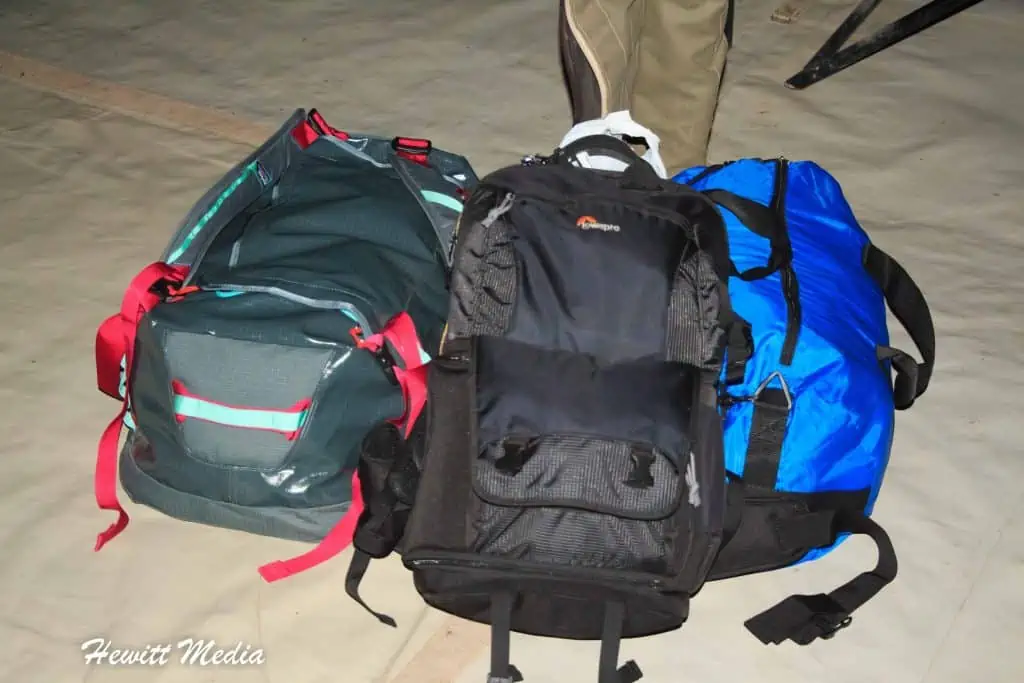
If you are going on safari for the first time, you might not know what to bring with you. To help prepare for your Serengeti National Park safari, I have developed several guides that you should review.
What to Expect When Visiting Africa for the First Time
First, my article on the “20 Tips for Those Visiting Africa for the First Time” will help get you prepared. The article outlines what you can expect when you visit Africa for the first time. It outlines what you should and should not do while visiting. It also gives you some tips on what to expect during your first visit to Africa.
Then, as you prepare for your trip, you will want to review my “Essential Safari Packing List”. This guide will ensure that you have all the gear you need for your safari. It also outlines what you should not bring with you.
Finally, my last article covers taking pictures while on safari. My “Tips for Photography on African Safaris” guide will help you take the best possible photos of your epic adventure. Not only does it include photography gear I recommend, but it also covers my recommended camera settings.
Getting to the Serengeti National Park
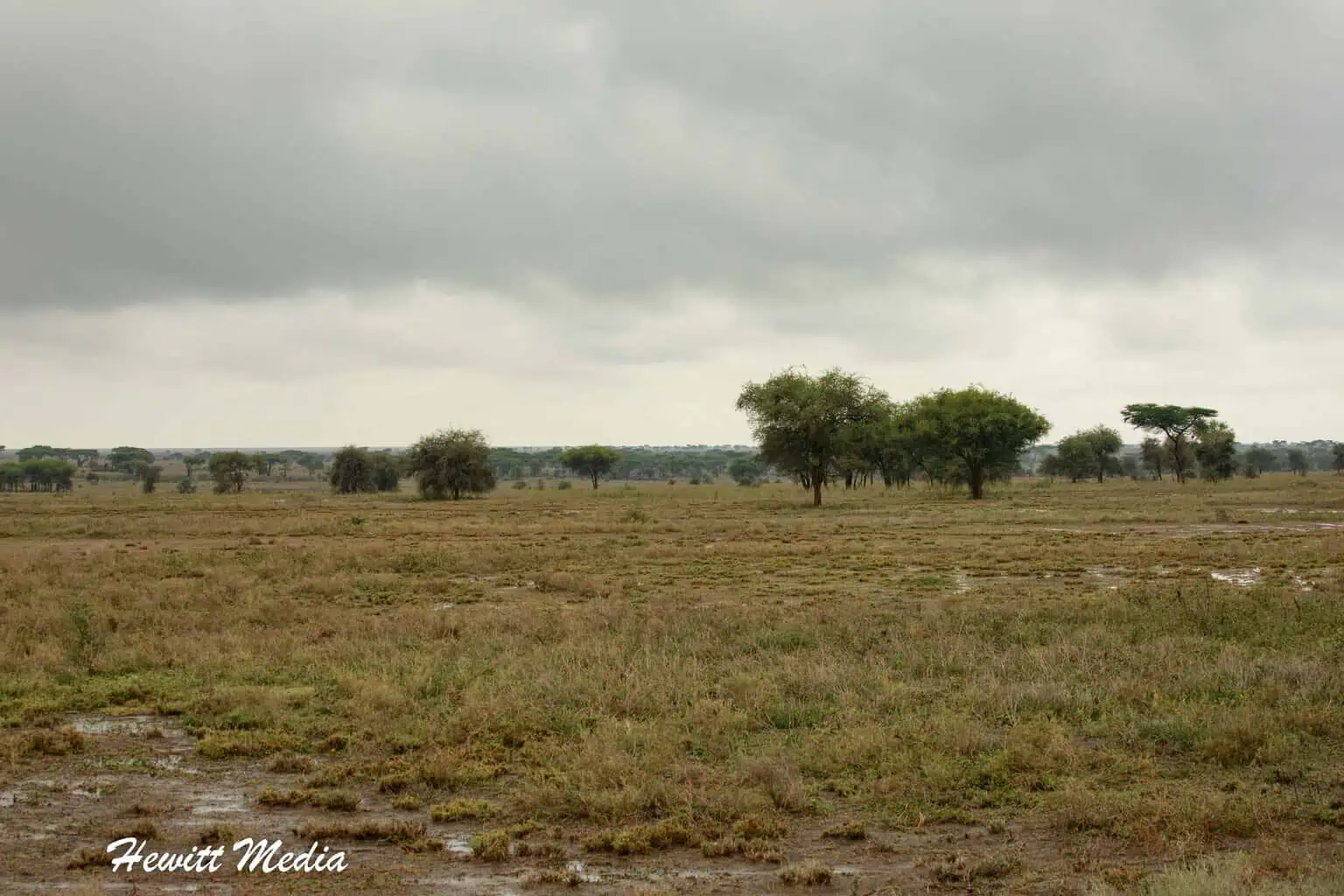
The Serengeti National Park is located in Northern Tanzania, right on the border with Kenya. In fact, the Serengeti National Park continues into Kenya, where it becomes the Masai Mara National Reserve. The huge area created by these parks, along with the Ngorongoro National Conservation Area that joins to the East of the Serengeti, makes it one of the largest wildlife conservation areas in the world.
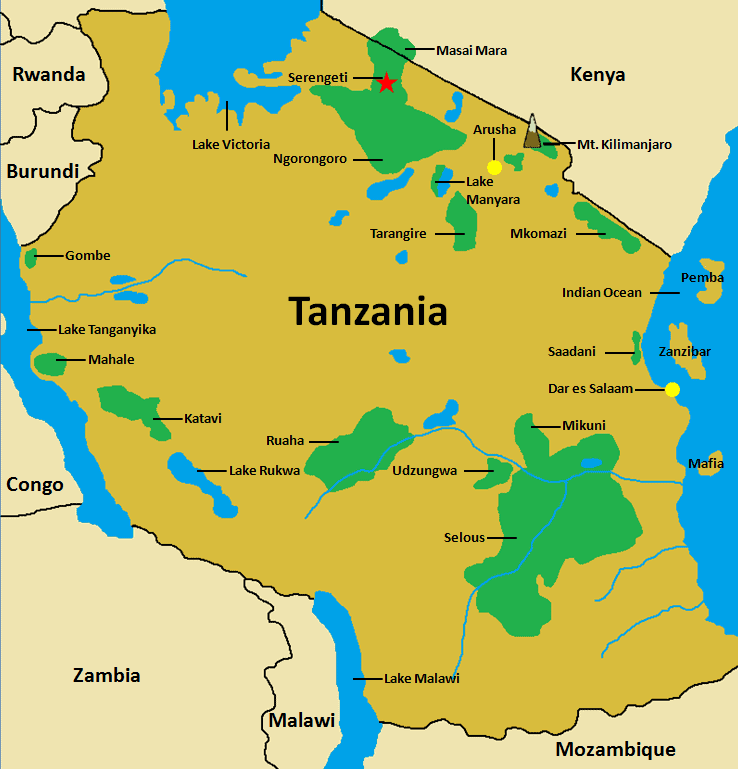
If you are planning on a safari trip to Tanzania and Kenya, there are other parks that we would recommend in addition to the Serengeti and Masai Mara.
The Ngorongoro Crater
The Ngorongoro Crater, which we wrote about previously, is one of the most unique wildlife areas in the world because it is an enclosed, protected wildlife sanctuary that is located in the crater of an extinct volcano.
Wildlife in the crater doesn’t migrate because there is water in the crater year-round, so it affords visitors some of the most predictable wildlife viewing experiences of any wildlife area in the world.
Lake Manyara National Park
In addition to the Ngorongoro Crater, the Lake Manyara National Park is a unique and incredible wildlife park because of its abundance of animals and its unique tree-climbing lions.
It is a park that we visited during our trip, and we absolutely loved it. There are also the Tarangire, Arusha, and Mount Kilimanjaro National Parks in the area that are absolutely worth exploring.
Depending on the length of your stay, you can combine many of these parks into a single safari vacation and get to see many of the beautiful wildlife areas in Tanzania and Kenya.
Recommended Serengeti Tours
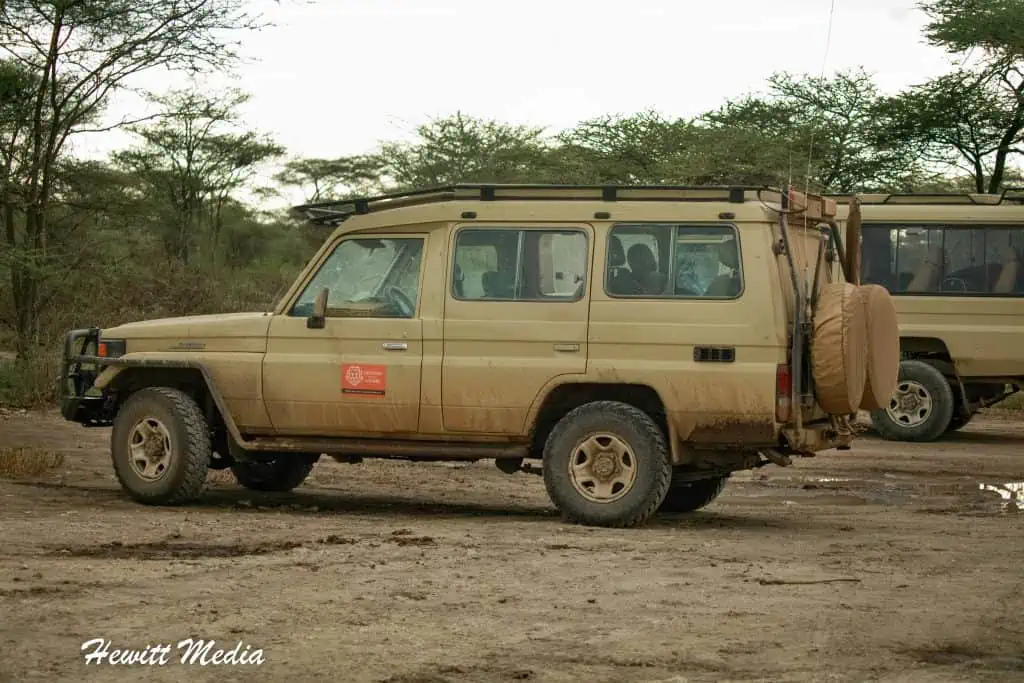
We used Tanzania Choice Safaris for our safari, and we absolutely loved them. We have relatives who lived in the country and had used them on multiple occasions and had a lot of really great things to say about them.
They were very courteous, well-organized, and extremely knowledgeable about the parks and the wildlife. We would absolutely recommend them to anyone considering a safari in any of the national parks in Tanzania. If you are looking for a safari tour of the Serengeti National Park, here are some good ones I can recommend:
My Top Recommendation
Best time to visit the serengeti.

Before you decide when to take your Serengeti National Park safari, I would suggest thinking about when you want to go. There is never really a bad time to visit the Serengeti. However, depending on what you want to see, some months are better than others. The information in this section of my guide will give you all the information you need to make this decision.
Average Temperature (℉)
The climate around the Serengeti National Park is typically very moderate and pleasant throughout the year. It never gets scorching hot like it does in Botswana and Zimbabwe, but it does get hot.
In the mornings and evenings, it is consistently cold throughout the year. You will need to bring a jacket with you for early morning game drives and evenings. The good news is, that Tanzania uses closed safari vehicles, so the morning game drives won’t be that cold.
Average Precipitation (Inches)
The dry season in the Serengeti is from June until October. Most people believe there is only one wet season, but there are actually two. There are short rains from November until December.
Then, the long rains last from March until May. This is what most people refer to as Tanzania’s wet season. During the wet season, you’ll rarely see it rain all day long. However, you will consistently see afternoon rain showers.
Best Months of the Year to Visit
What the “best” months of the year to visit will largely depend on what you want to see. For instance, do you want to see the wildebeest migration at its height? Or, are you more interested in seeing baby animals? Perhaps you want to see some crocodile activity at the river crossings?
These are the ultimate factors you will want to consider. However, if you ask me, some months are better than others. For information on which months of the year I think are best to visit the Serengeti, please see the chart below.
The Seasons in the Serengeti
If you are interested in seeing baby animals, the wildebeest calving season is between January and February. The period between June and September is great for general wildlife viewing and you have a great chance of seeing wildebeest and other animals do river crossings of the Grumeti River in June and July and the Mara River in September.
During the wet season, which is typical during March and April, the area can get quite a bit of rain. These are the storms that the herds of wildebeest, zebra, gazelle, and other grazing animals follow to take advantage of the fresh grass that grows after the storms. If you are looking to see the wildebeest migration at its height, visiting during June and July is your best bet.
The Great Wildebeest Migration
The wildebeest will be heading from the heart of the Serengeti on their way North towards the Masai Mara in Kenya. These months typically have the best weather as well. If you would like to understand the wildebeest migration and where the animals will typically be during certain parts of the year, I have included a map below that gives you an overview of the migration.
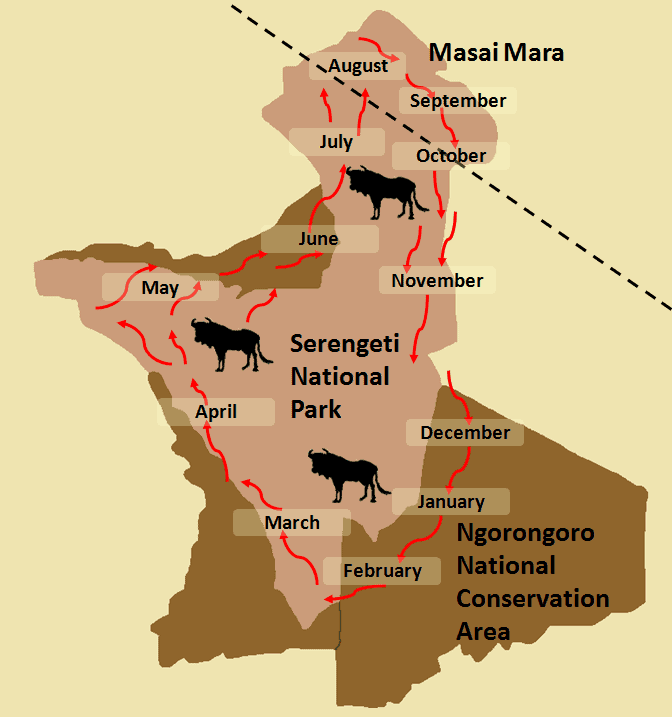
View Larger Map
June to October (The Dry Season)
- Best time to see the wildebeest migration. They tend to be in the Western part of the park between June and July and in the Northern part of the park between August and September.
- The animals are typically easier to see because the vegetation isn’t as thick, and the animals tend to gather around water sources.
- This time of year typically has the best weather.
- The park is the most crowded.
- Mornings and evenings can be quite cold because this is the wintertime in Tanzania.
November to May (The Wet Season)
- Late January into February is the best time to see baby animals as this is the wildebeest calving season. It is also a great time to see predators in action as they tend to target the young wildebeest.
- The animals can be more difficult to spot because water is plentiful, so there is no need to congregate around water sources, and the vegetation is the thickest.
- April and May are the low seasons, so the park is less crowded, and the rates are the lowest.
- Migratory birds are typically in the park, so it is the peak season for bird watching.
- March through May is the peak of the wet season, but storms typically occur in the afternoon, so there is still time to go on safari early in the day.
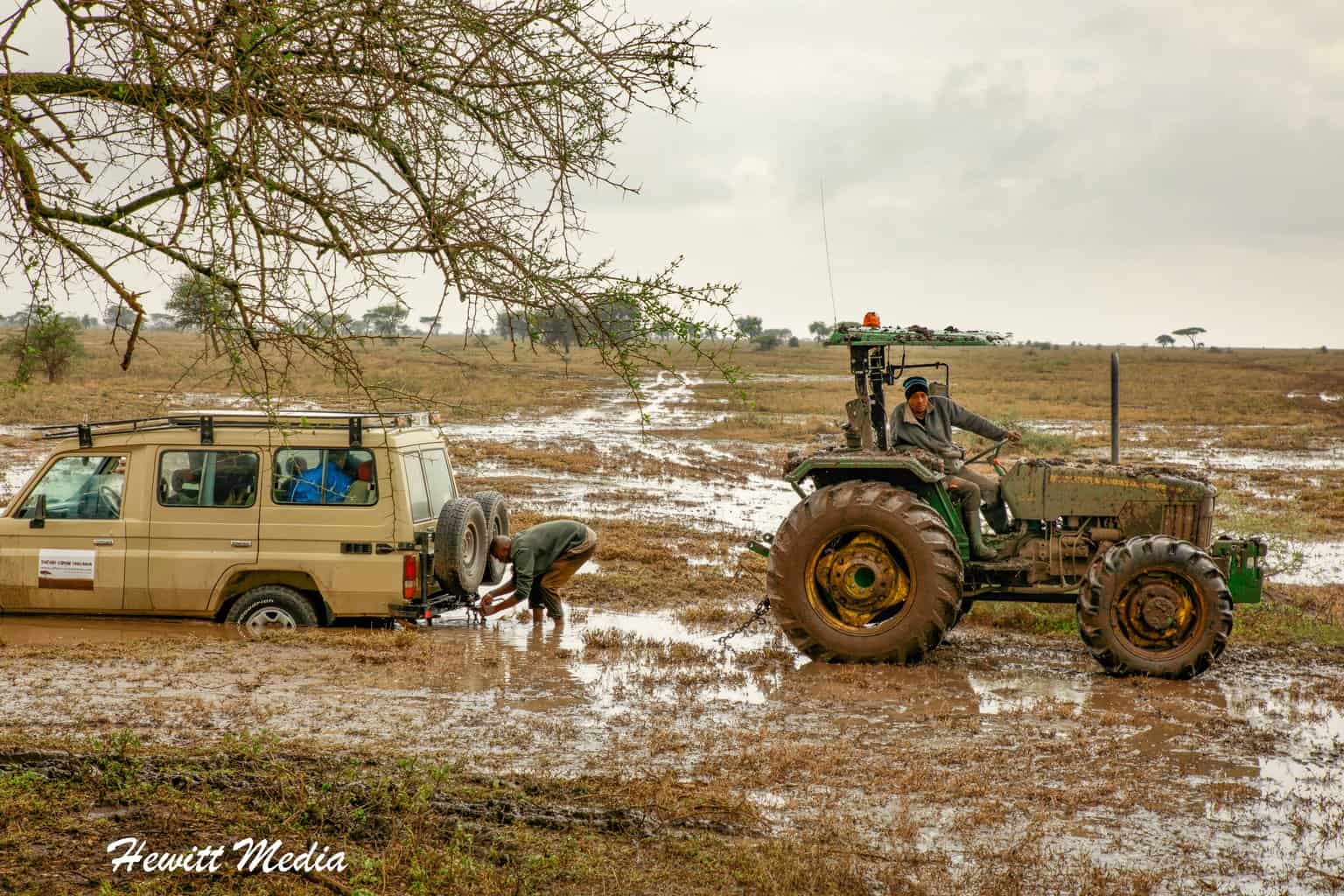
Where to Stay in the Serengeti
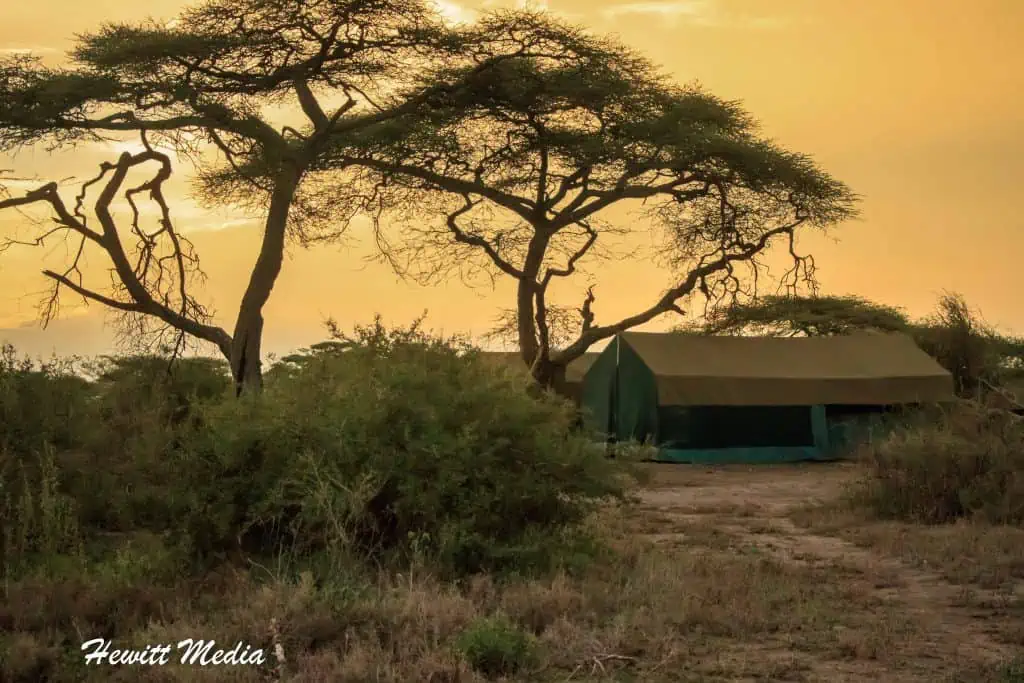
One of the most memorable experiences we had while on our Serengeti National Park safari was our experience camping in the park. If you are planning on going on a safari in Africa, I would absolutely recommend that you spend at least one-night camping.
Camping in the Serengeti is an Amazing Experience
There is absolutely no better way to get an authentic safari experience and really feel like you are part of the environment. I wrote about our night camping in the Serengeti National Park in an article that I linked below.
It was such a surreal experience to sit by the campfire, drinking a hot beverage and chatting with other like-minded adventurers, in the middle of one of this world’s most infamous wildlife sanctuaries.
Being woken in the middle of the night by a clan of hyenas passing through our camp was both thrilling and exhilarating, to say the least. If I had to point to one experience on my safari adventure in Tanzania as the most memorable, it would be the night that we camped.
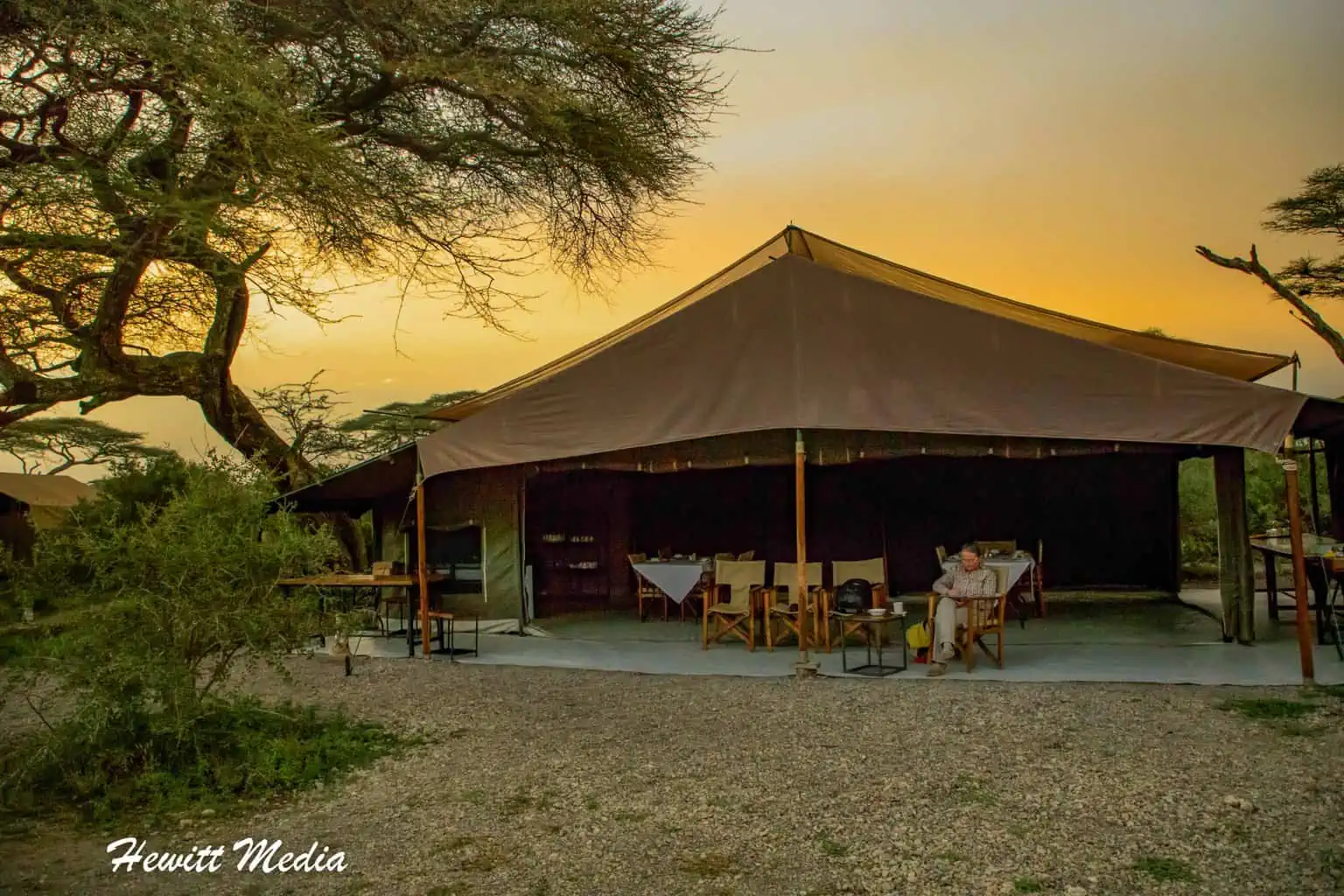
Now, before you start to worry about safety, let me assure you that the accommodations are very safe and secure. These aren’t the typical camping tents that you sleep in while on a camping trip.
These are thick canvas tents that have a bathroom and shower inside. As long as you follow the proper safety guidelines and do not leave your tent when it is dark, you are perfectly safe sleeping in these tents.
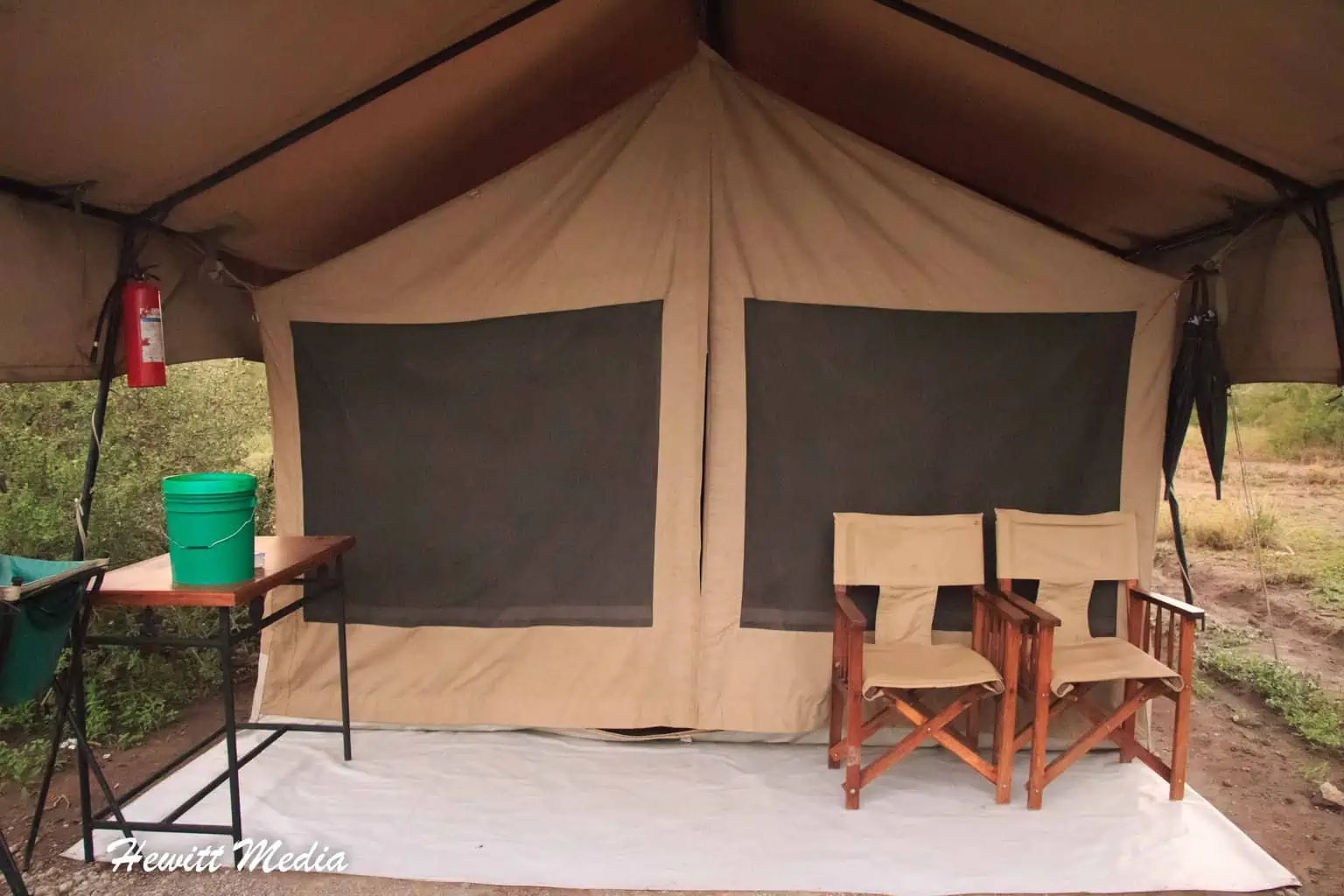
It may not have all of the luxuries you might be accustomed to back home, but nothing beats being out in the middle of the Serengeti and among the very wildlife you came to see. It is truly an amazing experience that I absolutely recommend to anyone who is considering going on safari in the Serengeti National Park.
Campsite and Lodging Recommendations
Below you will find a detailed map of the Serengeti National Park and the surrounding park and conservation lands. The map includes plenty of lodges and tented camps that you can consider when going on safari in the area.
Pro Tip: Make sure you decide which parts of the Serengeti and surrounding areas you want to see first and then look into the accommodations. In most cases, your safari operator will have recommendations for lodges and camps in the areas that you will be visiting and will make the arrangements for you.
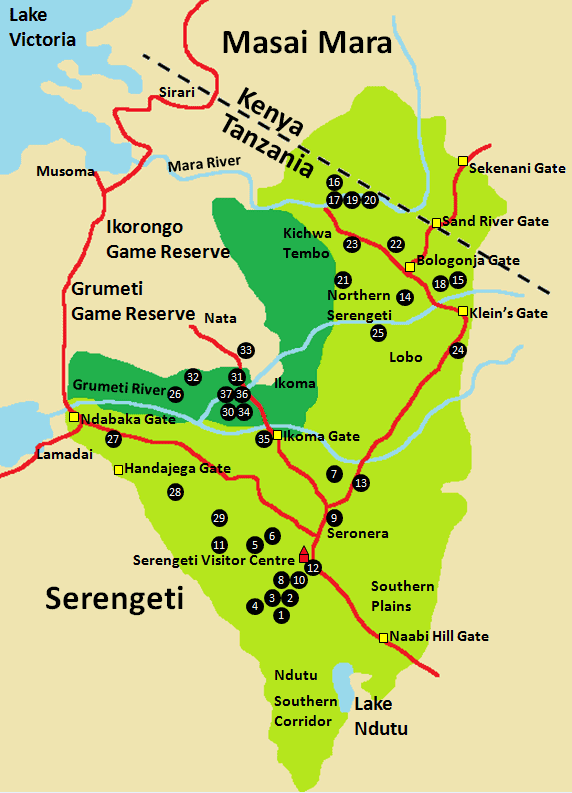
Accommodations in the Central Serengeti
Accommodations in mara – the northern serengeti, accommodations in lobo – the northern serengeti, accommodations in the western serengeti, accommodations in the ikoma region, serengeti national park fees.
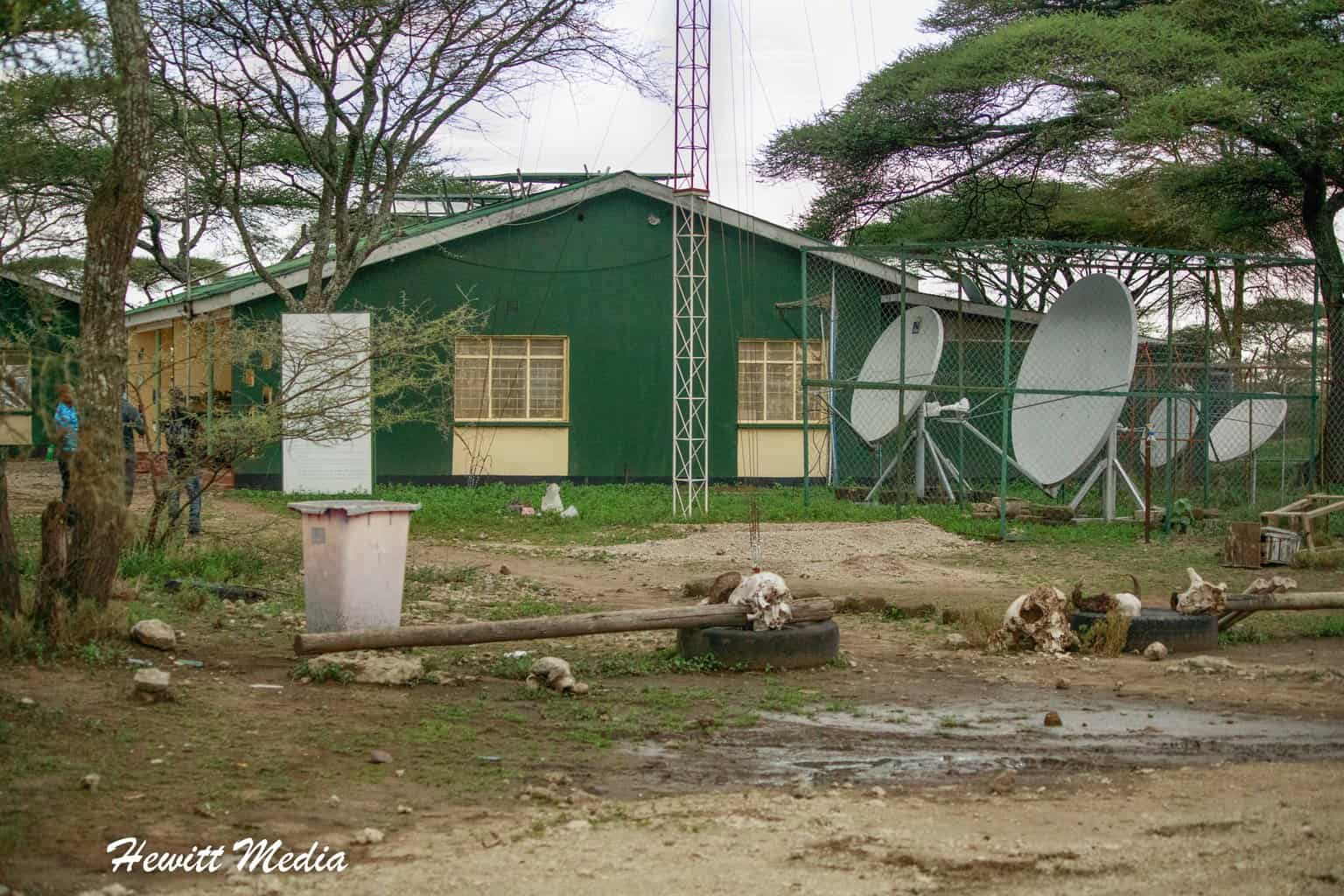
Important: Make sure you read the section below carefully so that you understand how long your permit for the Serengeti National Park is good for. I have read a lot of stories about people who had their trips ruined because they did not properly understand the rules.
To enter the Serengeti National Park, you must purchase a permit. The permits are obtained on a per-person basis, and they are good for 24 hours.
This is important when considering when you are going to enter the park. Should you enter the park at mid-day, you will be expected to exit the park at mid-day the next day. If you stay past the 24 hours allowed by your permit, you will need to pay for a permit for an additional full day.
In most cases, your safari operator will take care of purchasing your safari permits for you and will handle the logistics of when you enter and need to leave the park. However, if you are planning on doing a self-drive through the Serengeti, please check the Tanzania Parks official website for the current fees .
The Wildlife You Might See in the Serengeti
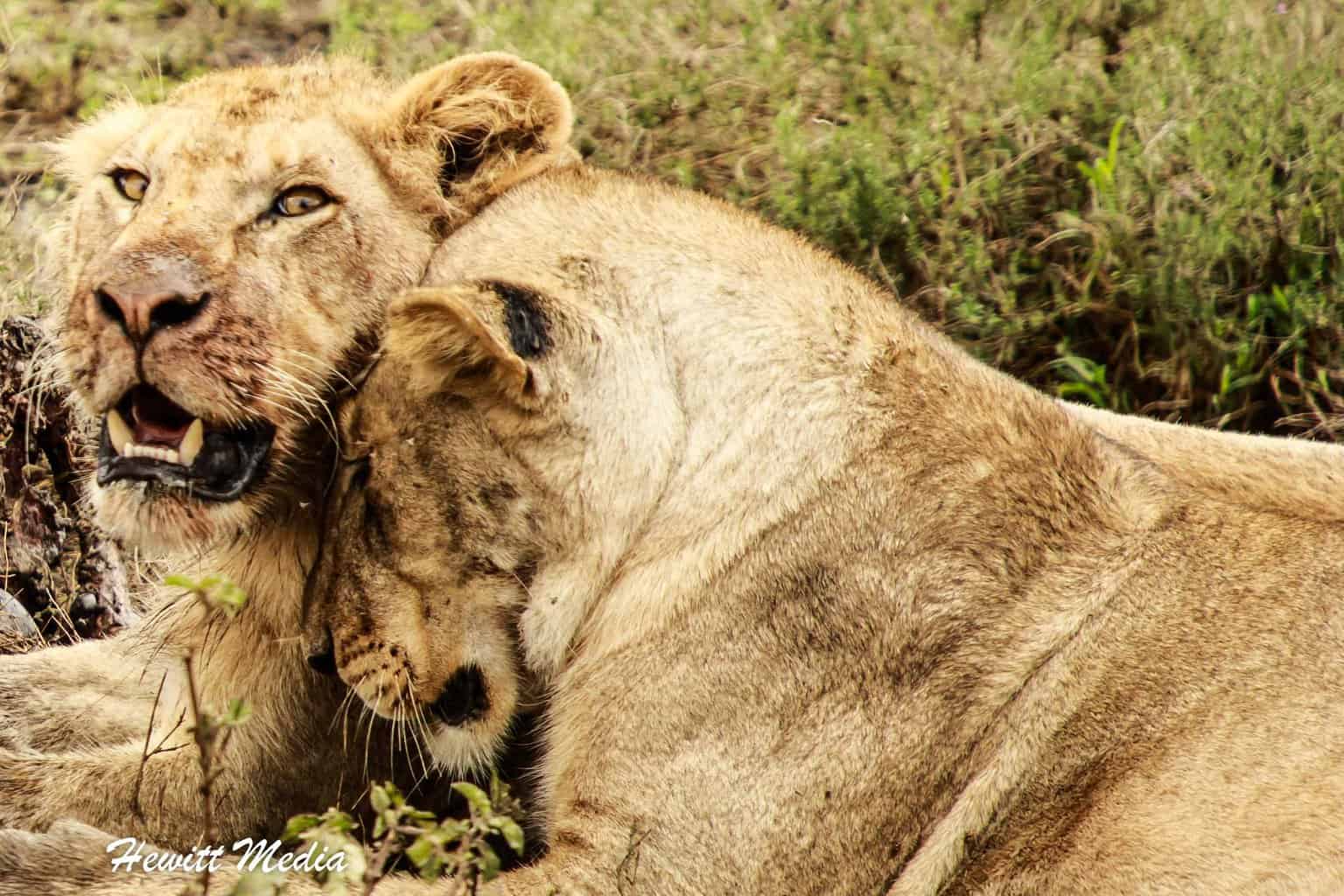
The landscape in and around the Serengeti National Park is truly remarkable in and by itself, but the main reason people flock to go on a Serengeti National Park safari is to see the wildlife.
And let me tell you, the wildlife does not disappoint. With the large numbers of migrating animals and all of the predators that congregate to feast upon them, there is no shortage of wildlife in the savannas of the Serengeti.
When you are on a Serengeti National Park safari, you can expect to see most, if not all, of the animals that you came to Africa to see. In addition to the “Big Five” animals of Africa, which include elephants, rhinos, lions, leopards, and buffalo, you have a good chance of seeing spotted hyenas, cheetahs, hippos, giraffe, zebra, wildebeest, and many of the other grazing animals that Africa is known for.
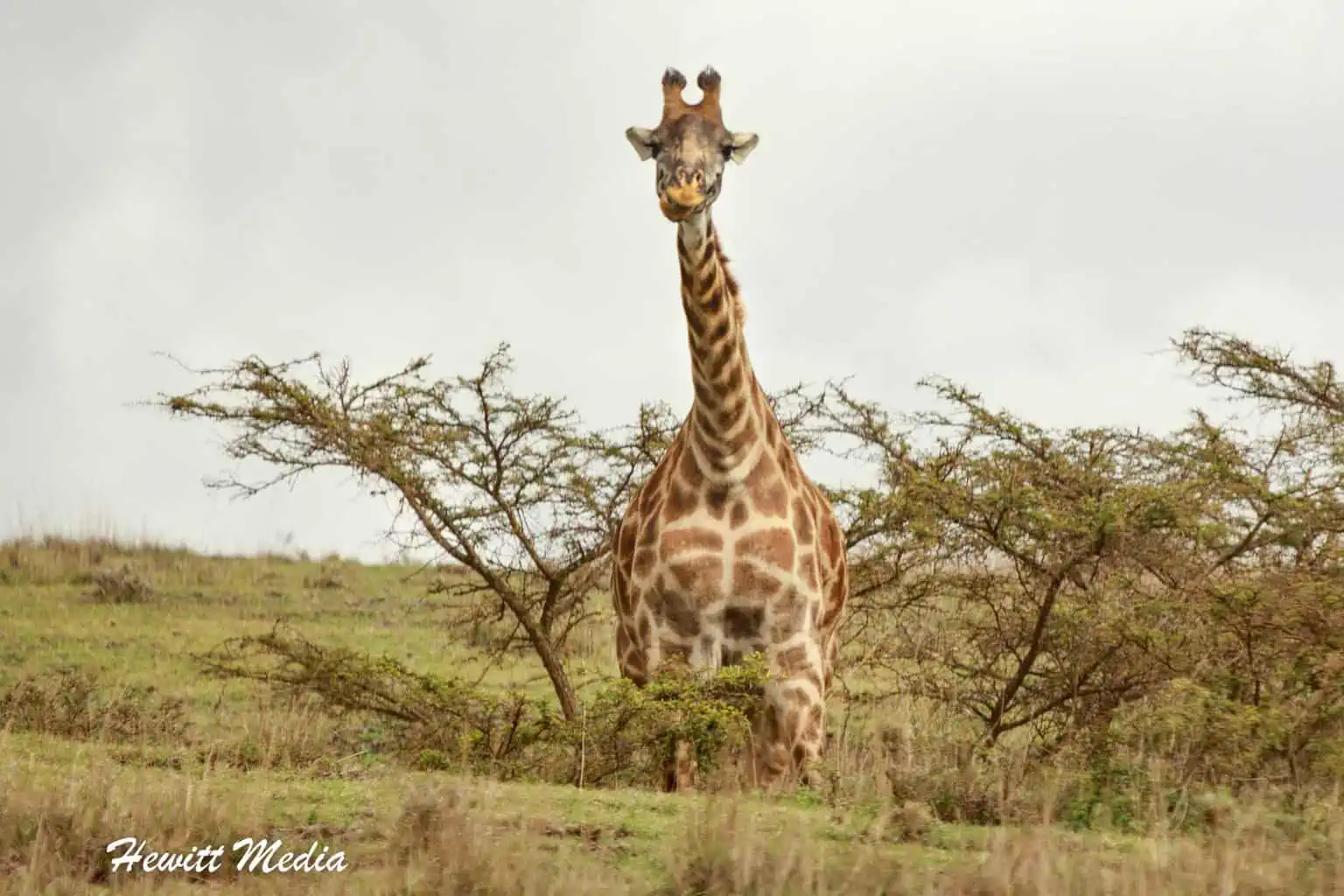
The Serengeti is a Great Place to See Predators
If you are looking to see some action, a Serengeti National Park safari also provides you a great chance to see some predator action first-hand year-round, but this is especially true during the calving season in late January and February and during the height of the great wildebeest migration.
When we were on safari in the Serengeti, we got to see lions feasting on a wildebeest, which was a very surreal experience. It was sad to see a life lost, but we were happy to see that all of the little lion mouths would be fed that day.
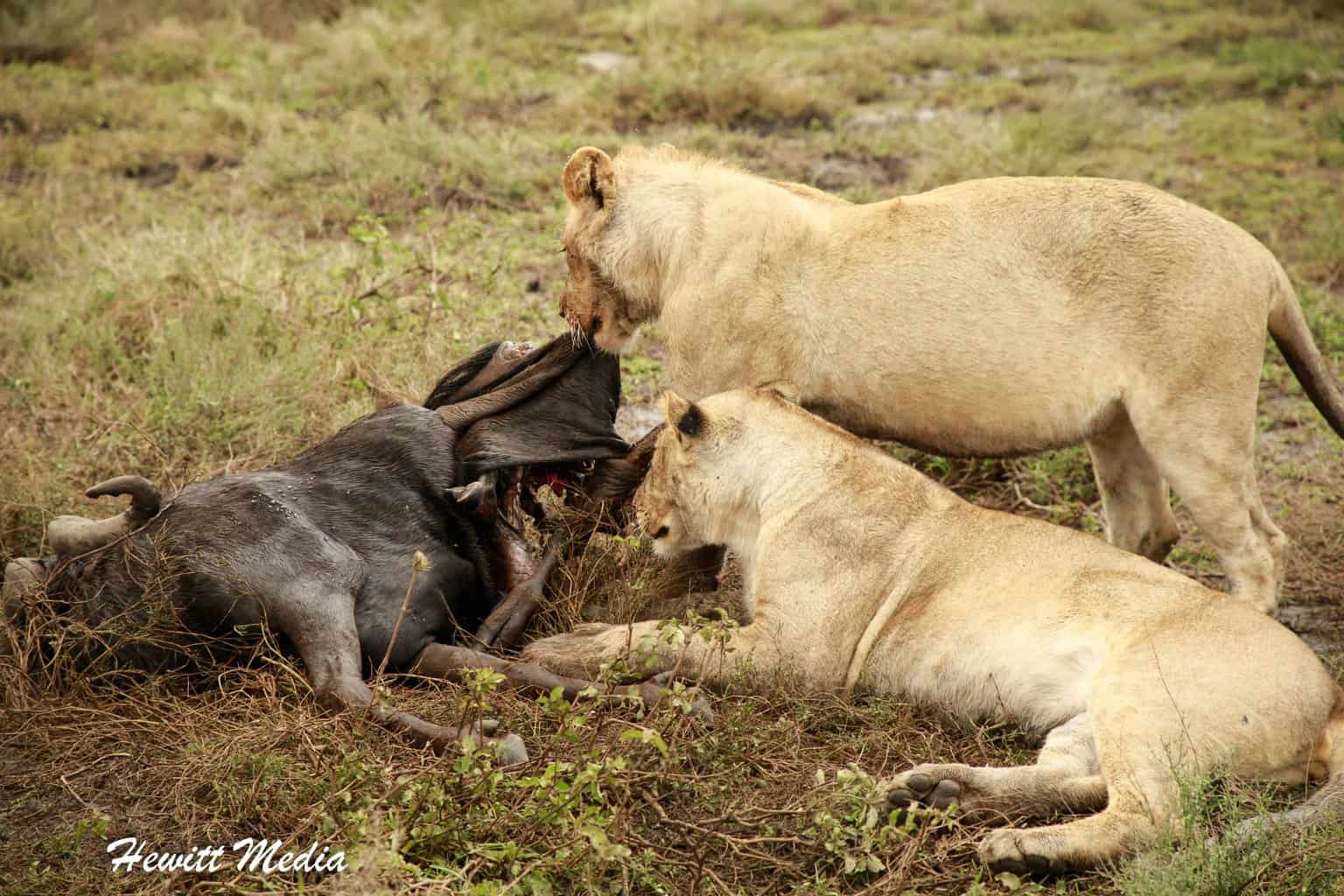
The Serengeti is a big place and there is so much to see, so make sure you communicate with your safari guide. If you let them know which animals you are really interested in seeing, they will be able to put you in a better position to see those animals.
In addition to their years of experience guiding and tracking these animals, they also have two-way radios that they use to communicate with other drivers and share information about what is happening throughout the Serengeti.
Serengeti Safari Tips
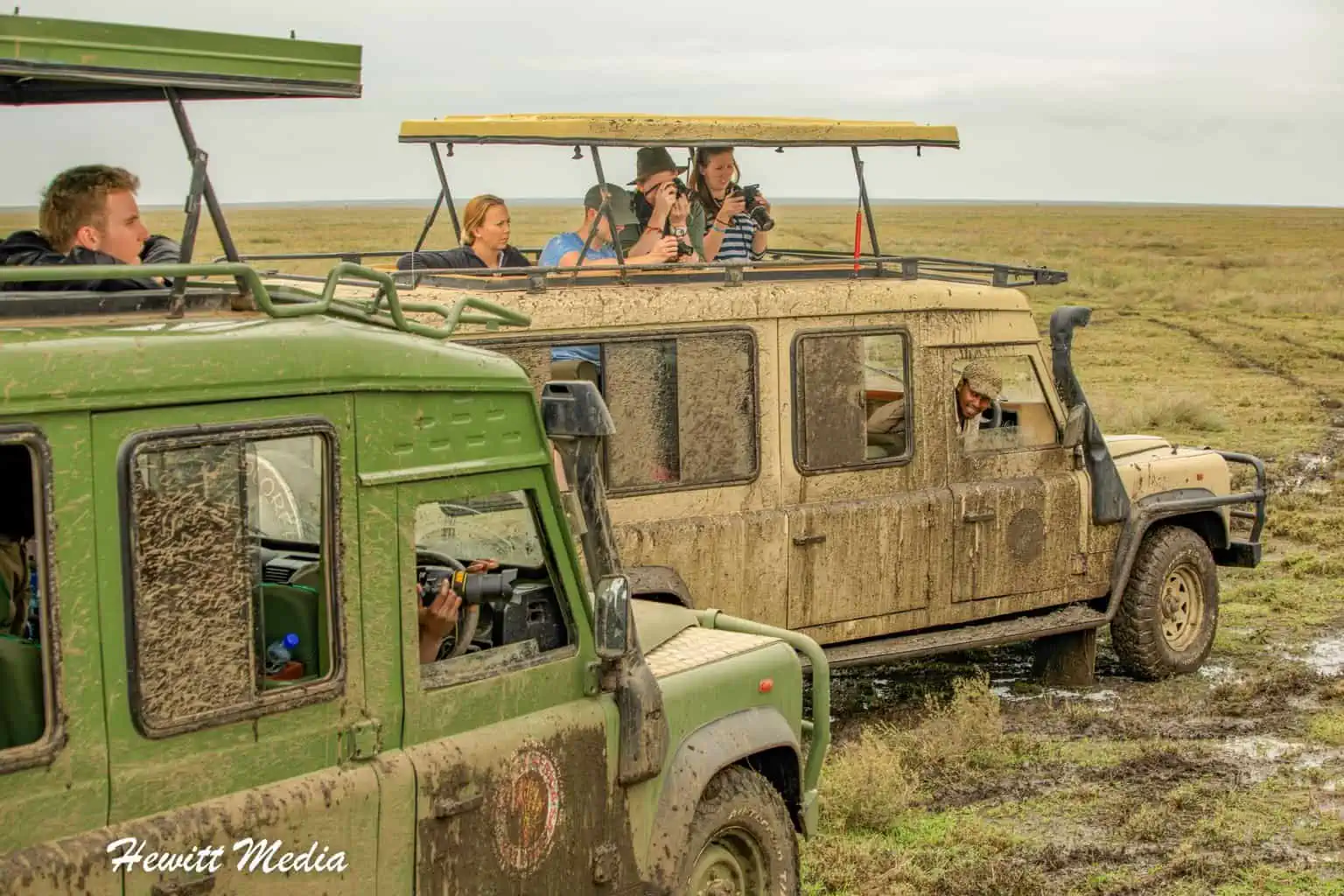
When you are on your Serengeti National Park safari, where animals are abundant, it is easy to get lost in the experience. Being on safari is such an amazing experience and you should enjoy every single second of it. However, if you aren’t careful, you might not get everything out of the experience that you could have.
To make sure that you get everything out of your safari experience in the Serengeti that you possibly can, I have provided some general safari tips below for you to review.
Be Patient and Open Minded
When you are on safari, everything isn’t going to go according to plan. The weather, the animal’s behavior, and other factors are going to impact where you go and what you see.
Safety First
It is really easy to get caught up in the safari experience and want to get the best pictures you possibly can. However, safety should always be the primary concern. To give you some help in how to remain safe while on safari in the Serengeti, I have outlined some general safety tips for you to review later in this guide.
Don’t Get Stuck Behind Your Camera
Everyone wants to get great pictures while on safari, and you should absolutely bring your camera and take a lot of pictures. However, if you spend your entire time in the Serengeti looking through your camera, you are going to miss out on some of the experience. I would recommend setting your camera down every once in a while and just enjoy being in such an amazing place.
Ask Lots of Questions
Make sure you ask your guide a lot of questions while you are in the Serengeti. It is easy to get caught up in the moment and forget to ask which type of animal you are looking at or why they are doing what they are doing, but your safari guide is there to answer these questions for you. And believe me, they enjoy answering these questions. Don’t get home and regret not asking those questions.
Be Conscious of Time
You are going to see some amazing things while you are on safari in the Serengeti. However, as I mentioned before, the time that your daily permit is good for is limited.
Don’t get too caught up in one place within the Serengeti for too long as you might regret not having time to do other things later. By no means am I suggesting that you should rush through the park, but you might not want to linger watching one thing for hours upon hours either.

More than anything else, the best tip I can give you is to just have fun. Going on a Serengeti National Park safari should be a trip of a lifetime, and you should enjoy every single second of this adventure. Don’t get caught up on the little things that might go wrong. Before you know it you will be back at home and left with just the memories and pictures of your adventure. Make those memories great ones!
Safari Safety Tips
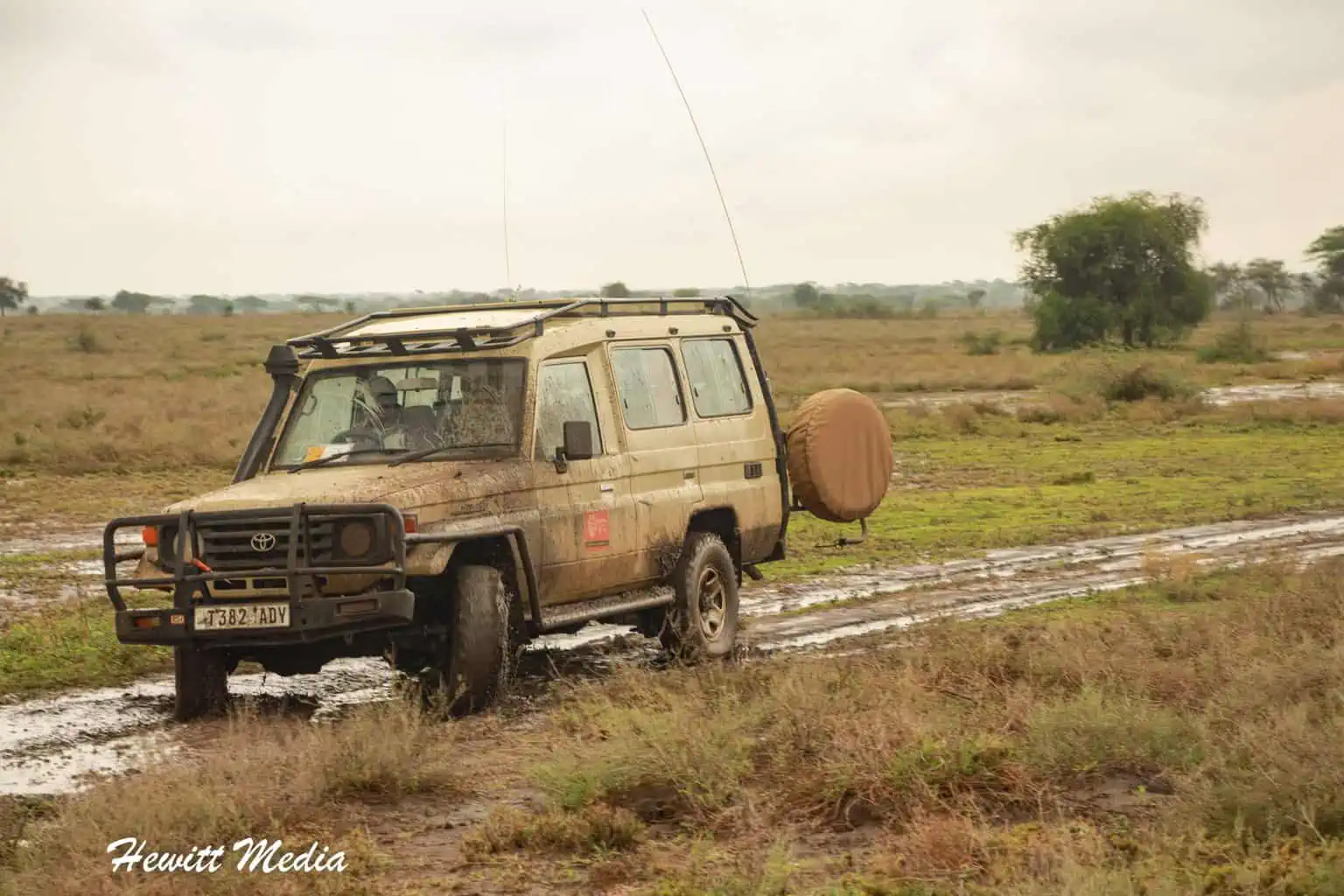
Being on a Serengeti National Park safari can be an amazing and exciting experience, but it can also be a very dangerous experience if you don’t follow the proper safety rules. To ensure that your safari experience is a memorable and safe one, I have outlined some general safari safety rules for you to review below.
Obey Your Safari Guide at All Times
The most important safari safety tip of all is to listen to your safari guide and obey them at all times. They are there to keep you safe, so let them.
Don’t Stick Anything out of the Safari Vehicle
It is never a good idea to stick anything outside of a safari vehicle. Whether this be your arms, your feet, or your camera as you try to get a great picture, keep them inside the vehicle at all times.
Don’t Make Frantic Movements
When you are in the safari vehicle, the animals tend to think of the vehicle, and everything associated with it as one homogeneous entity. However, if you make sudden and frantic movements, or do something else to make you stick out as apart from the vehicle, you may become an object of interest to them.
Never Get Out of the Vehicle
This point cannot be stressed strongly enough. Never, and I mean never, get out of your safari vehicle unless your safari guide explicitly instructs that it is safe.
Never Leave Your Tent or Lodge at Night
This is another point that I cannot emphasize strongly enough. You should never leave your tent or lodge room at night without a chaperone. The African bush can be a dangerous place, especially at night, so make sure you follow whichever procedures your safari guide gives you for getting assistance at night. If they don’t mention this, make sure you ask ahead of time.
Walk, Never Run
If you do find yourself outside of your vehicle and confronted by an animal (hopefully this never happens), then make sure that you stay as calm as possible, walk away slowly (never turning your back on the animal), and NEVER, EVER run away.
Be Careful Around Lakes and Rivers
Unless you are explicitly told by your safari guide that the waters are free of hippos and crocodiles, you should never attempt to swim in a lake, river, or pond. Even then, I would think twice about doing it. Hippos kill more people in Africa than any other animal, and crocodiles are not far behind on the list, so you always have to be safe when even approaching bodies of water.
Stuck in the Serengeti
It wasn’t all fun and games while we were on our Serengeti National Park safari. On our second to last day of safari, we managed to get stuck in the mud in the Serengeti. It was an interesting experience, to say the least. Check out the short video below to find out how it could have been much worse for us.
Serengeti Safari Photo Gallery
Serengeti National Park is one of the most amazing wildlife destinations in the world. Below is a gallery of just some of the wonderful pictures we were able to take while on our Serengeti National Park safari.
If you would like to see more of my travel photography, I would also encourage you to give me a follow on Instagram . Putting this blog together to pass on my free guides, itineraries, and travel photography tips is a lot of work and your support in the form of a follow-on Instagram would be so very much appreciated!
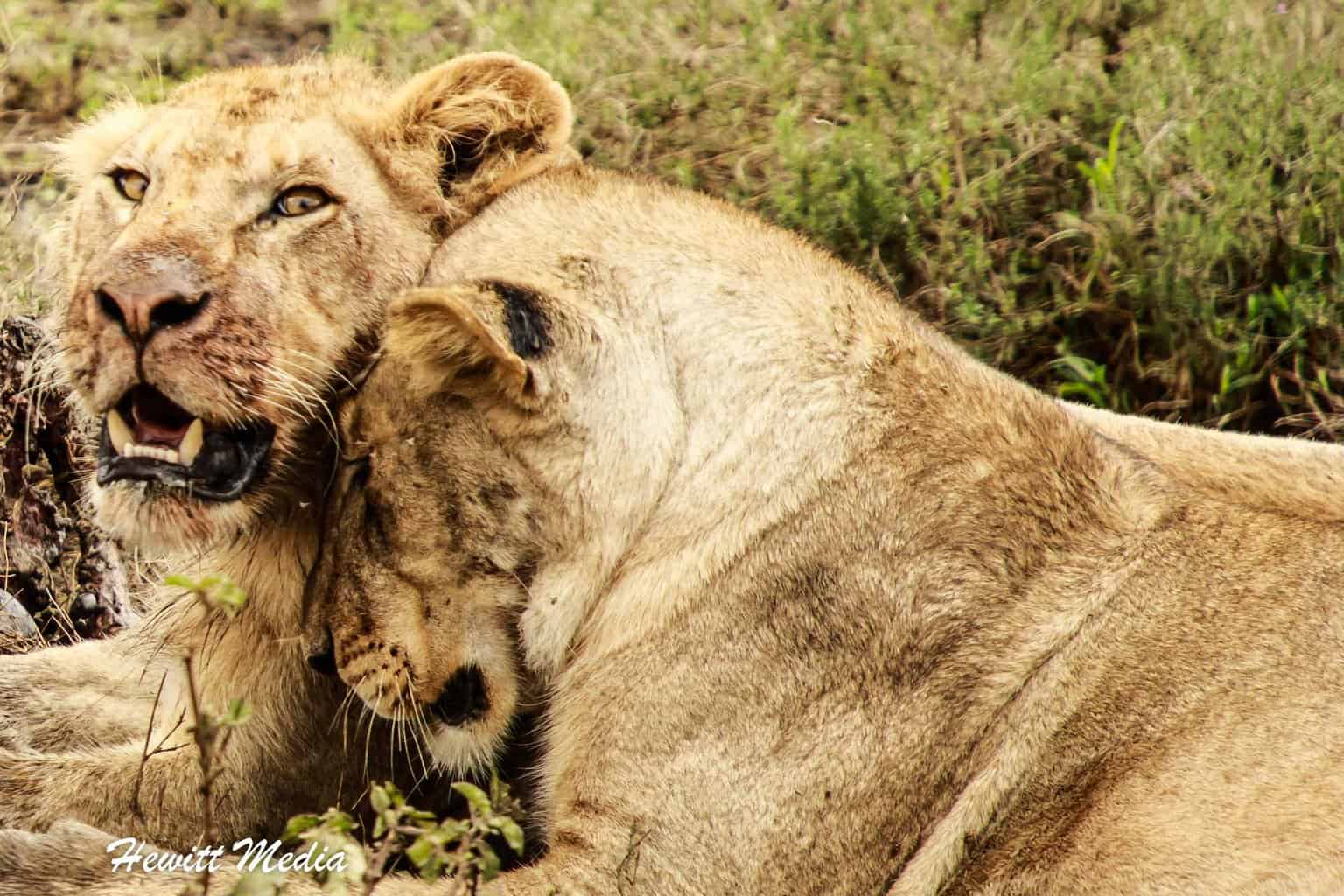
Don’t Forget to Subscribe to My Adventures!
Type your email…

Let Me Help You Save On Your Next Adventure!
‘start exploring today’ merchandise available now.
Published by Josh Hewitt
Avid traveler and photographer who loves to see new places, meet new people, and experience new things. There is so much this world can teach us, we just need to explore! View all posts by Josh Hewitt
Related Articles
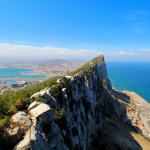
The Ultimate Gibraltar Travel Guide: Everything You Need to Know

Segovia, Spain Travel Guide: Exploring the Historic City

Planning the Perfect Two-Week Thailand and Cambodia Itinerary
Leave a reply cancel reply.
Thank you so much for the kind words!!
Wonderful, very nice article
[…] Late November or late February are particularly recommended as they offer a balance between good weather and slightly fewer…
I agree!! It is such an incredible place!
Discover more from Wanderlust Travel & Photos
Subscribe now to keep reading and get access to the full archive.
Continue reading

Subscribe To My Adventures!
Serengeti National Park Travel Guide
Courtesy of Matt Champlin | Getty Images

Best Times To Visit Serengeti National Park
The best times to visit Serengeti National Park are from January to February or from June through September, although you should plan your trip around the movement of The Great Migration . For example, winter is the best time to see the herd in Southern Serengeti, while the Western Corridor and Northern Serengeti are the best places to spend the summer and autumn months. Most safari operators will have a good idea of where the animals are headed and when, and most will adjust their itineraries based on the herd's movement. Temperatures remain relatively constant with daytime highs resting in the 80s. You'll find cooler weather in the Ngorongoro Conservation Area due to its higher elevation. April and May see the most rainfall, and many lodges and camps close for this slower season.
Weather in Serengeti National Park
Data sourced from the National Climatic Data Center
Find Flight and Hotel Deals
Navigate forward to interact with the calendar and select a date. Press the question mark key to get the keyboard shortcuts for changing dates.
Navigate backward to interact with the calendar and select a date. Press the question mark key to get the keyboard shortcuts for changing dates.
Explore More of Serengeti National Park

Things To Do

Best Hotels

You might also like

Yellowstone National Park
# 1 in Top 19 Cheap Family Vacations

Grand Canyon National Park
# 1 in Best Day Trips from Phoenix

# 2 in Best Weekend Getaways
If you make a purchase from our site, we may earn a commission. This does not affect the quality or independence of our editorial content.
Recommended
The 18 Best Napa Valley Wineries to Visit in 2024
Lyn Mettler|Sharael Kolberg April 23, 2024

The 25 Best Beaches on the East Coast for 2024
Timothy J. Forster|Sharael Kolberg April 19, 2024

The 50 Best Hotels in the USA 2024
Christina Maggitas February 6, 2024

The 32 Most Famous Landmarks in the World
Gwen Pratesi|Timothy J. Forster February 1, 2024

9 Top All-Inclusive Resorts in Florida for 2024
Gwen Pratesi|Amanda Norcross January 5, 2024

24 Top All-Inclusive Resorts in the U.S. for 2024
Erin Evans January 4, 2024


26 Top Adults-Only All-Inclusive Resorts for 2024
Zach Watson December 28, 2023

Solo Vacations: The 36 Best Places to Travel Alone in 2024
Lyn Mettler|Erin Vasta December 22, 2023

26 Cheap Beach Vacations for Travelers on a Budget
Kyle McCarthy|Sharael Kolberg December 4, 2023

The 50 Most Beautiful White Sand Beaches in the World
Holly Johnson December 1, 2023

Our head office
0800 088 6002, [email protected], client log in, reset password, agent log in.

Serengeti National Park Travel Guide: A Tanzania World Heritage Site - Experience a Serengeti Safari
When planning your Tanzania tours , one destination that should undoubtedly be on your list is the renowned Serengeti National Park. This travel guide delves into the heart of this World Heritage Site, offering insights into the incredible wildlife experiences, particularly the mesmerizing migration of millions of wildebeest on the vast Serengeti plain.
Embark on a thrilling safari adventure, immersing yourself in the natural wonders of the region, as herds traverse the landscape in a spectacle known as the Great Migration. Join us as we explore the breathtaking beauty of this iconic destination, where the convergence of nature and wildlife creates an unforgettable Serengeti safari experience.
What is the history of Serengeti National Park in Tanzania?
Serengeti National Park, located in northwestern Tanzania, is one of the most famous and iconic wildlife conservation areas in the world. Its history dates back to the early 20th century, and it has played a crucial role in the preservation of African wildlife.
Early Exploration and Colonial Era (1890s - 1913): The Serengeti region was initially explored by European colonial powers in the late 19th and early 20th centuries. German explorers and settlers were among the first to document the area's vast grasslands and rich biodiversity.
Game Reserve Establishment (1921): In 1921, the British colonial administration in Tanganyika (now part of Tanzania) established the Serengeti Game Reserve, covering a large portion of the Serengeti ecosystem. The main goal was to protect the area's diverse wildlife, including the annual migration of wildebeest and other herbivores.
Upgrades to National Park Status (1951 - 1959): Over the years, the Serengeti Game Reserve underwent expansions, and in 1951, the boundaries were adjusted to accommodate the Maasai people living in the area. In 1959, the reserve was officially designated as a national park.
UNESCO World Heritage Site (1981): Recognizing its exceptional ecological importance, the Serengeti National Park, along with the adjacent Ngorongoro Conservation Area, was designated as a UNESCO World Heritage Site in 1981. The park's listing was based on criteria related to natural phenomena, ecological processes, and biological diversity.
Serengeti-Mara Ecosystem (1990s - Present): The Serengeti is part of a larger ecosystem that extends into Kenya, where it is known as the Maasai Mara. Together, the Serengeti-Mara ecosystem is home to one of the most significant wildlife migrations on Earth, with millions of wildebeest, zebra, and other ungulates moving in search of water and food.
Conservation Challenges and Successes: The Serengeti has faced various challenges over the years, including poaching, habitat loss, and conflicts between wildlife and local communities. Conservation efforts have been ongoing to address these issues, with organizations and the Tanzanian government working to protect the park's unique biodiversity.
Tourism and Economic Importance: Serengeti National Park has become a major tourist destination, attracting visitors from around the world who come to witness the incredible wildlife and the Great Migration. Tourism plays a crucial role in supporting conservation efforts and local economies.
Serengeti National Park continues to be a symbol of Africa's natural beauty and a testament to the importance of preserving biodiversity on the continent. It remains a vital area for scientific research and conservation initiatives aimed at maintaining the ecological balance of the region.
Where is Serengeti National Park located?
Serengeti National Park is located in northwestern Tanzania, East Africa. It is part of the larger Serengeti ecosystem that extends into southwestern Kenya, where the Kenyan portion is known as the Masai Mara National Reserve . The Serengeti is situated on the eastern side of the East African Rift, covering approximately 14,750 square km (5,700 square miles) of grasslands, savannas, and woodlands. The park is renowned for its diverse wildlife, including the famous annual migration of wildebeest, zebras, and other herbivores. The Serengeti is a UNESCO World Heritage Site and a key conservation area in Africa.
How can one get to Serengeti National Park?
Getting to Serengeti National Park typically involves a combination of air and ground transportation. Here are the general steps to reach Serengeti:
International Flights:
- Fly into Kilimanjaro International Airport (JRO) or Julius Nyerere International Airport (DAR) in Tanzania. These are the main international airports serving the country.
Domestic Flights to Seronera Airstrip:
- From Kilimanjaro or Dar es Salaam, you can take a domestic flight to Seronera Airstrip in the Serengeti. This is the main airstrip in the park and is well-connected.
Lodges and Camps:
- Many lodges and camps in the Serengeti offer airstrips for charter flights or scheduled flights from major Tanzanian cities.
- You can opt for a road trip if you're already in Tanzania or nearby regions. However, keep in mind that the roads might be challenging, especially during the rainy season.
Tour Operators and Safari Companies:
- Most visitors join organized safari tours, and tour operators handle the transportation logistics. They provide vehicles equipped for the sometimes rugged terrain and knowledgeable guides.
Entry Gates:
- Serengeti has several entry gates, and your choice of gate may depend on your starting point or specific interests. Popular gates include Seronera (central Serengeti), Ndabaka (Western Corridor), and Klein's (Northern Serengeti).
Considerations:
Visas and Permits:
- Ensure you have the necessary visas for entry into Tanzania. Check if any park entry permits or fees are required, and obtain them in advance.
Health and Vaccinations:
- Check with your healthcare provider for any recommended vaccinations or health precautions for travel to Tanzania.
Weather Conditions:
- Be aware of the weather conditions, as the roads can become challenging during the rainy season.
Travel Insurance:
- Consider travel insurance that covers medical emergencies and trip cancellations.
It's advisable to plan your trip well in advance, especially if you're coordinating flights, accommodations, and safari tours. Working with a reputable tour operator can simplify the logistics and enhance your overall Serengeti experience.
When is the best time to visit Serengeti National Park?
The best time to visit Serengeti National Park depends on your specific interests and what you want to experience. The park offers different attractions and experiences throughout the year. Here are the main seasons:
Great Migration (Late June to October):
- This period is often considered the best time to visit Serengeti, particularly if you want to witness the Great Migration. Millions of wildebeest, zebras, and other herbivores move through the Serengeti in search of food and water. The river crossings, where the herds navigate crocodile-infested waters, are particularly dramatic.
Calving Season (Late January to February):
- This is the time when wildebeest give birth to their young in the southern Serengeti. It's a unique time to see adorable newborn animals and predators taking advantage of the vulnerable young prey.
Dry Season (June to October):
- The dry season is generally considered the best time for wildlife viewing because the vegetation is sparse, and animals congregate around water sources. The weather is also cooler during this time.
Bird Watching (November to April):
- If you're interested in birdwatching, the wet season is ideal. Many migratory bird species arrive, and the landscape is lush and green. However, the tall grass can make it more challenging to spot some of the larger mammals.
Green Season (November to May):
- This period includes the wet season when the park is at its greenest. It's a great time for landscape photography, and you can witness the spectacle of the wildebeest calving season. However, some roads may be impassable during heavy rains.
- The Great Migration season can attract large crowds. If you prefer a quieter experience, consider visiting during the shoulder seasons.
- June to October is the dry season with cooler temperatures. November to May is the wet season, with higher temperatures and occasional heavy rainfall.
Accommodation:
- Book accommodations well in advance, especially during peak seasons, to secure your preferred lodges or camps.
Ultimately, the best time to visit depends on your priorities and the specific experiences you hope to have in Serengeti National Park.
Who should consider visiting Serengeti National Park?
Serengeti National Park is a destination that appeals to a wide range of travelers due to its diverse wildlife, stunning landscapes, and unique ecosystems. Here are some groups of people who might consider visiting Serengeti National Park:
Wildlife Enthusiasts:
- Serengeti is renowned for its abundant and diverse wildlife, including the famous Great Migration of wildebeest, zebras, and other herbivores. Animal enthusiasts, birdwatchers, and nature lovers will find the park to be a paradise for observing and photographing wildlife in its natural habitat.
Safari Seekers:
- Individuals or groups interested in safari experiences, whether in traditional game drives, walking safaris, or hot air balloon safaris, will find Serengeti to be a top destination. The park's varied landscapes provide a rich and immersive safari experience.
Photographers:
- The stunning scenery, diverse wildlife, and unique ecosystems make Serengeti a paradise for photographers. Whether capturing the dramatic river crossings during the Great Migration or the vibrant landscapes during the green season, photographers will find ample opportunities for extraordinary shots.
Adventure Travelers:
- Serengeti offers adventure activities such as hot air balloon safaris, walking safaris, and camping experiences. Those seeking an adventurous and immersive connection with nature may find the park to be an ideal destination.
Cultural Enthusiasts:
- The Maasai people inhabit the areas surrounding Serengeti, and cultural enthusiasts may appreciate the opportunity to learn about and interact with this traditional East African community. Some lodges and tours offer cultural experiences.
Family Travelers:
- Families with a sense of adventure and an interest in wildlife can enjoy a family-friendly safari experience in Serengeti. Many lodges and camps cater to families, offering educational programs and activities for children.
Conservationists and Researchers:
- Serengeti is a UNESCO World Heritage Site and an important area for scientific research and wildlife conservation. Researchers and individuals interested in conservation efforts may find the park to be a valuable destination.
Luxury Travelers:
- Serengeti offers a range of accommodations, including luxurious lodges and camps. Luxury travelers seeking a high-end safari experience with top-notch amenities and personalized service can find suitable options.
Overall, Serengeti National Park is a destination that caters to a diverse audience, from wildlife enthusiasts and adventure seekers to those interested in cultural experiences and conservation efforts. It provides a unique and unforgettable experience for anyone with an appreciation for nature and wildlife.
Why should you plan a visit to Serengeti National Park?
Planning a visit to Serengeti National Park offers a myriad of compelling reasons, making it a destination of choice for many travelers. Here are several reasons why you might want to plan a visit to Serengeti:
Incredible Wildlife Viewing:
- Serengeti is renowned for its unparalleled wildlife viewing opportunities. The park is home to the famous Great Migration, where millions of wildebeest, zebras, and other herbivores traverse the plains in search of water and food. The diverse ecosystems support a vast array of wildlife, including the Big Five (lion, leopard, elephant, buffalo, and rhinoceros).
Great Migration Spectacle:
- Witnessing the Great Migration is a once-in-a-lifetime experience. The sheer numbers of animals, dramatic river crossings, and the intense predator-prey interactions during this migration make it one of the most iconic natural events on the planet.
Stunning Landscapes:
- Serengeti boasts diverse landscapes, including vast grasslands, acacia woodlands, and rocky outcrops (kopjes). The scenery is ever-changing and provides a beautiful backdrop for wildlife photography and appreciation of nature.
Cultural Interaction:
- Surrounding the park, you have the opportunity to interact with the Maasai people, an indigenous East African community known for their rich cultural heritage. Some lodges and tours offer cultural experiences, allowing you to learn about their traditions and way of life.
Unique Safari Experiences:
- Serengeti offers a range of safari experiences, from traditional game drives to hot air balloon safaris, walking safaris, and camping. These varied activities provide different perspectives on the wildlife and landscapes.
Conservation Significance:
- As a UNESCO World Heritage Site, Serengeti National Park plays a crucial role in wildlife conservation and ecological research. Visiting the park supports these conservation efforts and raises awareness about the importance of preserving Africa's natural heritage.
Birdwatching Paradise:
- The park is a haven for birdwatchers, especially during the wet season when migratory birds arrive. Over 500 bird species, including raptors, waterbirds, and colorful songbirds, can be spotted in the Serengeti.
Adventure Opportunities:
- For those seeking adventure, Serengeti offers hot air balloon safaris that provide a unique perspective of the park from above. Additionally, walking safaris offer a more intimate and immersive experience in the wilderness.
Luxurious Accommodations:
- Serengeti provides a range of accommodations, from luxurious lodges to tented camps. Whether you prefer a high-end safari experience or a more rustic camping adventure, there are options to suit various preferences and budgets.
Educational Value:
- A visit to Serengeti can be educational, offering insights into ecosystems, animal behaviors, and the delicate balance of nature. Many lodges and guides provide informative experiences to enhance your understanding of the environment.
Planning a visit to Serengeti National Park offers a unique blend of wildlife, landscapes, culture, and adventure, making it a destination that caters to a wide range of interests and provides an unforgettable travel experience.
How can one plan a safari to witness the wildebeest migration in Serengeti?
Planning a safari to witness the wildebeest migration in Serengeti involves several key steps to ensure a successful and enjoyable experience. Here's a guide to help you plan your safari:
1. Choose the Right Time to Visit:
- The wildebeest migration is a seasonal event. The best time to witness it is during the dry season, typically from late June to October. The exact timing can vary, so it's essential to plan your visit during this period.
2. Select the Entry Gate:
- Serengeti has multiple entry gates, and the choice of gate can influence your safari experience. Common gates for migration viewing include Seronera (central Serengeti), Ndabaka (Western Corridor), and Klein's (Northern Serengeti). Research the migration patterns to decide the best gate for your visit.
3. Book Accommodations in Advance:
- Accommodations within the park fill up quickly, especially during the migration season. Book your lodges or camps well in advance to secure your preferred accommodations. Consider staying in different locations to follow the migration.
4. Choose a Reputable Tour Operator:
- Select a reputable tour operator with experience in organizing safaris to Serengeti. They can help plan your itinerary, arrange transportation, and provide knowledgeable guides for an enriching experience.
5. Transportation:
- Plan your transportation to Serengeti. You can fly into Kilimanjaro International Airport (JRO) or Julius Nyerere International Airport (DAR) in Tanzania and then take a domestic flight to the Seronera Airstrip in Serengeti.
6. Game Drives and Safari Activities:
- Work with your tour operator to plan game drives that align with the migration patterns. Full-day drives and early morning excursions often provide the best chances to witness the migration and predator-prey interactions.
7. Consider Hot Air Balloon Safari:
- For a unique perspective of the migration and the vast Serengeti landscapes, consider a hot air balloon safari. This is an unforgettable experience but should be booked in advance.
8. Pack Accordingly:
- Pack appropriate clothing for both warm days and cool evenings. Binoculars, a good camera with zoom capabilities, and sunscreen are essential. If you plan on a walking safari, comfortable hiking shoes are recommended.
9. Check Visa and Health Requirements:
- Ensure you have the necessary visas for Tanzania, and check with your healthcare provider for any recommended vaccinations or health precautions.
10. Be Flexible:
- Wildlife migration patterns can be unpredictable. Be flexible with your itinerary to maximize your chances of witnessing the migration. Your guides will have valuable insights into the animals' movements.
11. Respect Wildlife and Park Regulations:
- Follow park regulations and respect the wildlife. Keep a safe distance from animals, stay in designated areas, and listen to your guide's instructions.
12. Educate Yourself:
- Learn about the wildebeest migration, the park's ecosystems, and the behavior of different animals. This knowledge enhances your appreciation of the safari experience.
By carefully planning your safari to Serengeti National Park, you increase the likelihood of witnessing the awe-inspiring wildebeest migration while ensuring a safe and enjoyable adventure in one of Africa's most iconic wildlife destinations.
What measures are in place to ensure the safety and well-being of wildlife during migration in Serengeti?
The protection and well-being of wildlife, especially during the migration in Serengeti National Park, are of paramount importance. Conservation efforts, national park regulations, and responsible tourism practices are implemented to minimize human impact and ensure the safety of the animals. Here are some measures in place to safeguard the wildlife during migration:
1. Conservation Areas and Protected Status:
- Serengeti National Park itself is a protected area, and it has been designated as a UNESCO World Heritage Site. This status emphasizes the international importance of the park's biodiversity and the need for its conservation.
2. Park Regulations and Guidelines:
- Strict regulations are in place to guide visitor behavior within the park. These regulations include rules about maintaining a safe distance from wildlife, staying within designated areas, and following ethical guidelines to minimize disturbance to animals.
3. Guided Safaris and Trained Guides:
- Visitors are required to explore the park with certified and experienced safari guides. These guides are trained in wildlife behavior, park regulations, and ethical safari practices. Their expertise helps ensure safe and respectful encounters with wildlife.
4. Controlled Access and Visitor Numbers:
- The number of visitors to specific areas of the park, especially during peak migration times, is carefully managed. This helps prevent overcrowding and minimizes the stress on the animals.
5. No Off-Road Driving:
- Off-road driving is generally prohibited in Serengeti National Park. Vehicles are required to stay on designated tracks and roads. This restriction prevents habitat destruction and disturbance to wildlife.
6. Balloon Safaris Guidelines:
- Hot air balloon safaris, a popular activity in Serengeti, are conducted with strict guidelines to minimize their impact on the environment and wildlife. Balloons maintain a safe altitude, and operators adhere to ethical practices.
7. Anti-Poaching Measures:
- Anti-poaching units are active in the park to combat illegal activities such as poaching. These efforts help protect wildlife populations, including those participating in the migration.
8. Community Involvement and Awareness:
- Involving local communities in conservation efforts is crucial. Engaging nearby communities helps create a sense of shared responsibility for the well-being of the park and its wildlife.
9. Research and Monitoring:
- Ongoing research and monitoring programs track the movements and health of wildlife populations. This information is used to make informed conservation decisions and address emerging challenges.
10. Habitat Preservation:
- Protecting the natural habitats of the Serengeti is essential for the well-being of wildlife. Efforts are made to conserve the diverse ecosystems, including grasslands, woodlands, and water sources.
11. Educational Initiatives:
- Educational programs for visitors, guides, and local communities promote awareness about the importance of conservation, responsible tourism, and the protection of the Serengeti's wildlife.
By implementing these measures, Serengeti National Park aims to balance the needs of wildlife with the desire for tourism, ensuring that visitors can experience the incredible natural wonders of the park while minimizing any negative impact on the environment and its inhabitants.
What wildlife can be encountered during a Serengeti National Park safari?
Serengeti National Park is home to a remarkable diversity of wildlife, making it one of the premier safari destinations in Africa. Visitors can encounter a wide range of animals, including the iconic 'Big Five' (lion, leopard, elephant, buffalo, and rhinoceros), as well as numerous other species. The vast savannah landscapes provide a stunning backdrop for observing the intricate dance of nature.
As the wildebeest migrate across the plains, they are often accompanied by zebras, forming a mesmerizing spectacle during their journey. Along the Mara River, visitors may witness dramatic scenes of wildebeest and zebras braving the river's currents, navigating crocodile-infested waters. The migration is not only a testament to the resilience of these animals but also an awe-inspiring display of nature's cycles.
The savannah's ecosystem supports a rich variety of wildlife, from graceful gazelles gracefully grazing on the plains to the elusive jackals stealthily traversing the landscape. Game drives offer the opportunity to witness these animals in their natural habitat, showcasing the interconnected web of life that defines the Serengeti.
Guided by knowledgeable safari operators, visitors can explore the diverse ecosystems of Serengeti National Park, where each corner reveals a new chapter in the untold stories of the African wilderness. The serenity of the savannah, the rhythmic movements of migrating herds, and the calls of jackals in the distance create an immersive experience that stays etched in the memories of those fortunate enough to witness it.
Here are some of the wildlife you may encounter during a Serengeti safari:
Wildebeest: The park is famous for the massive wildebeest migration, with over a million wildebeest with millions of these animals moving across the plains in search of water and grazing areas.
Zebras: Often seen alongside wildebeest during the migration, forming an essential part of the Great Migration spectacle.
Lions: Serengeti is known for its healthy lion population. The central and northern areas of the park are particularly good for lion sightings.
Leopards: Although elusive, leopards can be spotted in the Seronera region and other wooded areas.
Elephants: While not as abundant as in some other parks, Serengeti has a resident population of elephants that can be encountered in various regions.
Buffaloes: The African buffalo is part of the Big 5, and herds can be found grazing in different areas of the park.
Rhinoceros: Both white and black rhino are present, but sightings are relatively rare. The rhino population has faced challenges due to poaching.
Giraffes: Serengeti is home to Masai giraffes, and they are often seen grazing on acacia trees.
Cheetahs: The open plains of Serengeti provide an ideal habitat for cheetahs, and they are frequently spotted.
Hippos and Crocodiles: The Serengeti River and other water bodies in the park are home to large populations of hippos and Nile crocodiles.
Birds of Prey: Serengeti boasts numerous raptors, including eagles, vultures, and falcons.
Secretary Bird: With its distinctive appearance, the secretary bird is a common sight in the grasslands.
Ostriches: The world's largest bird, the ostrich, can be seen running across the plains.
Flamingos: During the wet season, flamingos gather at the park's lakes, creating a stunning spectacle.
Hornbills, Storks, and Herons: The park is rich in birdlife, with a variety of colorful and unique species.
Other Wildlife:
Hyenas: Both striped and spotted hyenas can be encountered, often scavenging or hunting.
Mongooses: Various species of mongooses inhabit the park.
African Wild Dogs: Although rare, African wild dogs are sometimes spotted in Serengeti.
Monitor Lizards: These large reptiles can be found near water sources.
Dik-Diks: These small antelopes are adapted to the park's arid areas and can be seen in pairs or small groups.
The diversity of wildlife in Serengeti National Park ensures that every safari is a unique and memorable experience. Knowledgeable guides play a crucial role in helping visitors spot and understand the behavior of these fascinating animals.
What role do tour operators play in facilitating wildlife experiences in Serengeti National Park?
Tour operators play a crucial role in facilitating wildlife experiences in Serengeti National Park by acting as intermediaries between visitors and the natural environment. Their responsibilities encompass a range of services aimed at enhancing the overall safari experience while ensuring the safety and well-being of both tourists and wildlife. Here are key roles that tour operators play in facilitating wildlife experiences in Serengeti National Park:
1. Itinerary Planning:
- Tour operators design comprehensive itineraries based on the preferences and interests of their clients. This includes determining the best times to visit, selecting suitable accommodations, planning safari routes, and incorporating additional activities such as cultural visits and hot air balloon safaris.
2. Wildlife Interpretation:
- Experienced guides provided by tour operators serve as wildlife interpreters. They share their knowledge of the park's ecosystems, animal behavior, and the significance of various species, enhancing visitors' understanding and appreciation of the wildlife.
3. Game Drives and Safaris:
- Tour operators organize game drives and safaris, ensuring that visitors have optimal opportunities to observe wildlife in their natural habitats. Knowledgeable guides navigate the park's terrain, increasing the likelihood of wildlife sightings.
4. Accommodation Arrangements:
- Tour operators arrange accommodations, taking into consideration the preferences and budget of their clients. Options range from luxury lodges to tented camps, providing varied experiences within the park.
5. Transportation Logistics:
- Logistics, including transportation to and within the park, are managed by tour operators. This may involve coordinating flights, ground transportation, and transfers to and from airstrips.
6. Safety and Compliance:
- Tour operators adhere to park regulations and safety standards. They ensure that visitors follow ethical guidelines, maintain a safe distance from wildlife, and respect the park's rules to minimize any negative impact on the environment.
7. Cultural Experiences:
- Many tour operators incorporate cultural experiences into itineraries, allowing visitors to interact with local communities and learn about the traditional lifestyles of the Maasai people and other indigenous groups.
8. Educational Initiatives:
- Tour operators contribute to the educational aspect of safaris by providing information about wildlife conservation, the significance of protected areas, and the challenges facing ecosystems. This helps raise awareness among visitors.
9. Flexibility and Adaptability:
- Given the dynamic nature of wildlife and environmental conditions, tour operators must be flexible. They may need to adapt itineraries based on real-time information about wildlife movements and seasonal changes.
10. Customer Support:
- Tour operators offer support and assistance to clients throughout their safari experience. This includes addressing any concerns, providing information about the park, and ensuring that clients have a seamless and enjoyable trip.
11. Conservation and Responsible Tourism Practices:
- Responsible tour operators actively contribute to conservation efforts by promoting sustainable and responsible tourism practices. They support initiatives that aim to preserve the natural environment and protect wildlife.
12. Photography and Special Interests:
- Tour operators cater to specific interests, such as photography, birdwatching, or specialized wildlife experiences. They may provide specialized guides or equipment to meet the unique preferences of their clients.
Tour operators, through their expertise, organization, and commitment to responsible tourism, contribute significantly to the overall success of wildlife experiences in Serengeti National Park. Their role is instrumental in creating memorable and enriching safari adventures for visitors while contributing to the conservation of this iconic African ecosystem.
What are the current entrance fees for Serengeti National Park, and how do they contribute to conservation efforts?
Entrance fees for Serengeti National Park in Tanzania can vary based on factors such as nationality, the duration of stay, and the type of accommodation. Fees are subject to change, and it's advisable to check with the relevant authorities or park management for the most up-to-date information.
As a general reference, the entrance fees for foreign visitors to Tanzanian national parks, including Serengeti, often include the following components:
Conservation Fee: This fee contributes to the conservation and maintenance of the park. It supports efforts to protect wildlife, preserve habitats, and fund anti-poaching initiatives.
Park Entrance Fee: This is the basic fee for entering the park and accessing its facilities. It helps cover the costs of park infrastructure, visitor centers, and maintenance.
Camping or Accommodation Fees: If you plan to camp or stay in park accommodations, additional fees may apply. These fees contribute to the upkeep of campsites, lodges, and other facilities.
Vehicle Fees: If you're bringing a private vehicle or hiring one within the park, there might be additional fees associated with vehicles entering the park.
It's important to note that these fees are essential for the conservation and management of Serengeti National Park. Revenue generated from entrance fees contributes to various aspects of park management, including:
Wildlife Conservation: Funds are allocated to anti-poaching efforts, wildlife monitoring, and research programs aimed at protecting and preserving the diverse animal species within the park.
Habitat Preservation: Resources go toward maintaining the natural habitats, ecosystems, and landscapes that make Serengeti a unique and biodiverse environment.
Community Engagement: Some funds may be directed to local communities surrounding the park, fostering community involvement in conservation initiatives and sustainable development.
Infrastructure and Facilities: The fees help maintain park infrastructure, including roads, visitor centers, and other facilities that enhance the overall visitor experience.
Education and Awareness: Investments in educational programs and awareness campaigns contribute to informing visitors and local communities about the importance of conservation and responsible tourism.
It's advisable to check with the Tanzania National Parks Authority (TANAPA) or official park websites for the most current information on entrance fees and their allocation.
How much does a visit to Serengeti National Park cost?
The cost of a visit to Serengeti National Park can vary widely depending on several factors, including the duration of your stay, the type of accommodation you choose, the mode of transportation, and whether you are a foreign visitor or a Tanzanian resident. Here are some general cost considerations:
Entrance Fees:
- Entrance fees for foreign visitors are typically charged on a per day basis. As of my last knowledge update in January 2022, these fees were around $70 to $80 per person per day for non-East African residents. Tanzanian residents and East African residents usually have lower entrance fees.
Conservation Fees:
- Conservation fees, which contribute to the preservation and protection of the park, are usually included in the overall entrance fees. These fees help fund wildlife conservation efforts and habitat maintenance.
Accommodation Costs:
- Accommodation costs can vary widely based on the type of lodging you choose. Luxury lodges and tented camps can be more expensive, while budget or camping options may be more affordable. Accommodation costs can range from a few hundred dollars per night to over a thousand dollars for luxury options.
Transportation Costs:
- The cost of transportation depends on how you choose to get to Serengeti. If you fly into nearby airstrips, you may incur additional costs for domestic flights. If you drive or hire a vehicle, there may be costs associated with transportation and park vehicle fees.
Safari Packages:
- Many visitors opt for safari packages offered by tour operators, which often include accommodation, meals, game drives, and park fees. The cost of these packages can vary widely based on the level of luxury and the duration of the safari.
Additional Costs:
- Other potential costs include guided tours, cultural experiences, hot air balloon safaris, and park fees for private vehicles.
It's important to note that prices are subject to change, and it's advisable to check with the relevant authorities, tour operators, or official park websites for the most up-to-date information. Additionally, factors such as the time of year, peak seasons, and special offers can influence overall costs.
For accurate and current information on the cost of visiting Serengeti National Park, consider reaching out to reputable tour operators, lodges, or the Tanzania National Parks Authority (TANAPA) directly. They can provide detailed quotes based on your specific preferences and travel plans.
Is there a dress code for Serengeti National Park?
While there isn't a strict dress code for Serengeti National Park, it's advisable to wear practical and comfortable clothing suitable for the safari environment. Here are some recommendations:
1. Neutral Colors:
- Choose neutral or earth-tone colors such as khaki, beige, or olive green. These colors help you blend in with the natural surroundings and are less likely to attract the attention of wildlife.
2. Lightweight and Breathable Fabrics:
- Wear lightweight and breathable fabrics, especially if you're visiting during the warmer months. Cotton and moisture-wicking materials are good choices to stay comfortable in varying temperatures.
3. Long Sleeves and Pants:
- Long sleeves and pants provide protection against the sun, insects, and vegetation. They also help prevent sunburn and minimize exposure to dust.
4. Hat and Sunglasses:
- Bring a wide-brimmed hat to shield yourself from the sun. Sunglasses with UV protection are essential to protect your eyes from the sun's glare.
5. Comfortable Footwear:
- Wear comfortable and sturdy closed-toe shoes suitable for walking or standing in a vehicle during game drives. Comfortable hiking boots or walking shoes are ideal for those interested in walking safaris.
- The temperature in Serengeti can vary, especially during early morning and evening game drives. Bring layers that you can easily put on or take off to adjust to changing temperatures.
7. Rain Gear (During Wet Season):
- If you're visiting during the wet season (November to April), pack a lightweight, waterproof jacket and pants. Quick-drying clothing is also beneficial.
8. Swimsuit:
- Some lodges and camps have swimming pools, and a swimsuit might be useful if you want to take a refreshing dip.
9. Binoculars and Camera:
- While not exactly clothing, bringing binoculars and a camera with a good zoom lens is highly recommended to enhance your wildlife viewing and capture memorable moments.
10. Insect Repellent:
- Consider using insect repellent on exposed skin to protect against mosquitoes and other insects, especially during the evening.
11. Respectful Attire:
- If you plan to visit local communities or villages, consider bringing modest clothing out of respect for local customs and traditions.
12. Pack Essentials:
- Carry essentials like sunscreen, a reusable water bottle, and any necessary medications.
- While the focus is on practical and comfortable attire, some high-end lodges or camps may have specific dress codes for their dining areas. It's advisable to check with the accommodation in advance if there are any specific requirements.
Always check the specific requirements of your accommodation and consider the time of year you're visiting when packing. Conditions can vary, so being prepared for different situations ensures a more comfortable and enjoyable safari experience in Serengeti National Park.
What are the opening hours of Serengeti National Park?
Serengeti National Park, like many other national parks, does not have specific "opening hours" in the same way that businesses or attractions with defined operating hours do. Instead, the park is generally accessible throughout the day for various activities. However, there are certain considerations and guidelines for visitors:
Daytime Activities:
- Most visitors engage in daytime activities, such as game drives, guided safaris, and other wildlife-watching experiences. These activities typically take place during daylight hours.
Gate Hours:
- Serengeti National Park has entry gates with operating hours. These gates are the official entry and exit points for visitors, and there may be specific gate hours. It's important to check with park authorities or your tour operator regarding the opening and closing times of the entry gates you plan to use.
Accommodation Facilities:
- Lodges, camps, and accommodations within the park may have specific check-in and check-out times. These times can vary, so it's advisable to confirm the policies of your chosen accommodation.
Night Drives and Campsite Activities:
- Some special activities, such as night drives, may be available in certain areas of the park. If you're staying in a designated campsite, there may be activities or restrictions specific to the campsite.
Guided Tours and Activities:
- If you're participating in guided tours, walking safaris, or hot air balloon safaris, the timing of these activities will be arranged with your tour operator or guide.
It's crucial to plan your activities within the context of park regulations and guidelines. Serengeti National Park aims to ensure the safety of visitors and wildlife while preserving the park's natural environment. Additionally, certain activities, such as walking safaris, may have specific regulations and safety considerations.
Before your visit, check with the Tanzania National Parks Authority (TANAPA), your tour operator, or the specific park gate for the most up-to-date information on gate hours and any special activities you plan to undertake. Understanding the logistical details will help you make the most of your time in Serengeti National Park.
What accommodation options are available in Serengeti National Park?
Serengeti National Park offers a range of accommodation options to suit different preferences and budgets. These accommodations vary from luxury lodges and tented camps to more budget-friendly campsites. Here are some common types of accommodation you can find in Serengeti:
1. Luxury Lodges:
- Luxury lodges provide high-end accommodations with comfortable rooms, gourmet dining, and often stunning views. Many luxury lodges in Serengeti offer luxurious amenities, including swimming pools, spa facilities, and private balconies or terraces.
2. Tented Camps:
- Tented camps provide a unique safari experience, offering a combination of luxury and a close connection with nature. These camps typically feature spacious tents with en-suite bathrooms, comfortable furnishings, and personalized services.
3. Mid-Range Lodges and Camps:
- Mid-range accommodations offer a balance between comfort and affordability. These lodges or camps provide comfortable rooms or tents, dining facilities, and guided safari activities.
4. Budget Campsites:
- For those looking for a more budget-friendly option, there are public campsites within the park. These campsites may have basic facilities, and visitors need to bring their camping gear. Campsites are usually operated by the Tanzania National Parks Authority (TANAPA).
5. Mobile Camps:
- Mobile camps are set up at different locations within the park, following the migration patterns of wildlife. These camps offer a more flexible and intimate safari experience, often with comfortable tents and basic amenities.
6. Exclusive-Use Camps:
- Some tour operators offer exclusive-use camps, providing a private and customized safari experience for small groups or families. These camps are set up for the exclusive use of the booking party.
7. Lodges with Cultural Experiences:
- Some lodges in the vicinity of Serengeti offer cultural experiences, allowing guests to interact with local communities such as the Maasai. These experiences may include cultural performances, visits to local villages, and learning about traditional practices.
8. Eco-Friendly and Sustainable Lodges:
- There are lodges and camps that prioritize sustainability and eco-friendly practices. These accommodations aim to minimize their environmental impact and contribute to conservation efforts.
9. Hot Air Balloon Camps:
- If you're interested in a hot air balloon safari, some operators provide accommodations in mobile camps that move with the balloon safari route, allowing for a seamless and unique experience.
10. Campgrounds for Overland Tours:
- Overland tour companies often use designated campgrounds for travelers on extended safari tours. These campgrounds may have basic facilities, and travelers usually stay in their own tents.
Important Considerations:
Booking in Advance: Accommodations within and around Serengeti can fill up quickly, especially during peak seasons. It's advisable to book well in advance, especially for popular lodges and camps.
Park Regulations: All accommodations within the park must comply with park regulations to ensure the safety of guests and wildlife. Following these regulations is crucial for a responsible and enjoyable safari experience.
When choosing accommodation in Serengeti National Park, consider your preferences, budget, and the type of experience you want to have. Whether you opt for luxury lodges, tented camps, or budget-friendly campsites, each option provides a unique perspective on this iconic African wilderness.
Ho w do safari packages cater to different preferences and interests of visitors to Serengeti National Park?
Safari packages to Serengeti National Park are designed to cater to a diverse range of preferences and interests, ensuring that visitors have a customized and memorable experience. Tour operators offer a variety of options to meet different preferences, from the type of accommodations to the activities included in the package. Here's how safari packages cater to various interests:
1. Accommodation Options:
Luxury Lodges: For travelers seeking a high level of comfort and luxury, safari packages may include stays at upscale lodges with premium amenities, gourmet dining, and exclusive services.
Tented Camps: Tented camps offer a unique blend of luxury and a closer connection to nature. Safari packages may include stays in comfortable tents with en-suite bathrooms, combining the adventure of camping with the comforts of a lodge.
Mid-Range Options: Safari packages are available for those looking for a balance between comfort and affordability. Mid-range accommodations provide comfortable rooms or tents with essential amenities.
Camping Adventures: For adventurous travelers, some safari packages include camping experiences. Campsites may be set up in designated areas, providing a more immersive connection to the wilderness.
2. Game Drives and Safari Activities:
Safari packages often include guided game drives, which are tailored to the preferences of the visitors. Game drives can focus on specific wildlife, landscapes, or particular areas of the park.
Night Drives: Some packages offer night drives, providing the opportunity to observe nocturnal wildlife and experience the park in a different light.
Walking Safaris: For those interested in a more active and immersive experience, walking safaris may be included. This allows visitors to explore the smaller details of the ecosystem and wildlife.
Hot Air Balloon Safaris: Many safari packages offer the option to include a hot air balloon safari, providing a unique and breathtaking perspective of the Serengeti landscapes.
3. Cultural Experiences:
- Safari packages may incorporate cultural experiences, allowing visitors to interact with local communities, such as the Maasai. Cultural visits, performances, and learning about traditional practices can be part of the itinerary.
4. Photography and Special Interests:
Specialized safari packages cater to photography enthusiasts. These packages may include photography workshops, dedicated photography guides, and opportunities to capture the unique moments of wildlife and landscapes.
Birdwatching Packages: For birdwatchers, there are safari packages that focus on the diverse birdlife of Serengeti. Experienced guides help identify and observe various bird species.
5. Family-Friendly Packages:
- Safari operators offer family-friendly packages with activities suitable for all ages. These may include educational programs for children, guided family game drives, and accommodations that cater to families.
6. Private and Exclusive Safaris:
- Some safari packages offer private or exclusive safari experiences. This allows travelers to have a more personalized and intimate adventure, with a private guide and customized itineraries.
7. Seasonal Highlights:
- Safari packages may be tailored to align with specific seasonal highlights, such as the Great Migration. Special itineraries are designed to maximize the chances of witnessing these natural spectacles.
8. Flexibility:
- Many safari packages are flexible and can be customized based on the preferences of the visitors. This flexibility allows travelers to choose the duration of their stay, specific activities, and the level of comfort that suits their preferences.
9. Educational Components:
- Educational safari packages focus on providing insights into the ecosystem, wildlife behavior, and conservation efforts. Expert guides share their knowledge, enhancing the educational value of the safari.
10. Adventure Activities:
- Some safari packages include additional adventure activities such as hiking, bush picnics, or even fly-camping, providing a more adventurous and immersive experience.
By offering a diverse range of accommodations, activities, and experiences, safari packages in Serengeti National Park ensure that visitors with different interests and preferences can tailor their safari to create a unique and fulfilling adventure. Customization, flexibility, and a variety of options contribute to the popularity of Serengeti as a destination for a wide range of travelers.
Search our Blog
Related tours.
CAMPING OR ACCOMMODATED. This 3-week East African wildlife odyssey takes you from Livingstone to Nairobi taking n all the major sites en route, including South Luangwa National Park, Lake Malawi, Zanzibar and the Serengeti
This is an excellent mixed safari for those looking to get the best out of a limited time in Tanzania, combining the amazing wildlife of the Serengeti National Park with Lake Manyara, Tarangire and of course the incredible Ngorongoro Crater.
Small Group
For those looking for a short getaway on the beautiful Tanzanian Island of Zanzibar, look no further than our 6-day Zanzibar Escape. The tour combines historical Stone Town, a Spice and Island tour, and a tour of Jozani Forest with time on Nungwi Beach
RECENT POSTS FROM OUR BLOG
Need some travel inspiration or looking for some handy travel tips? Our blog provides excellent insight into our travel destinations - from tour updates to country guides, packing lists to little known things to do, you'll find it all in our travel blog.
Ngorongoro Crater, Tanzania: A safari adventure within the Ngorongoro Conservation Area
Discover the stunning Ngorongoro Crater in Tanzania, a UNESCO World Heritage site. Explore the safari, lodge, and volcanic caldera rim in northern Tanzania's Rift Valley.
Climb Mount Kilimanjaro: Key facts about Mount Kilimanjaro - A travel guide
Embark on an epic climb of Mount Kilimanjaro, the tallest mountain in Africa and the world. Summit the peak, trek through breathtaking landscapes on this thrilling Kilimanjaro climb adventure.
Jebel Barkal (Gebel Barkal) and the sites of the Napatan region in Sudan: Unveiling the legacy of Amun
Explore UNESCO World Heritage Site, Jebel Barkal, 320 km north of Khartoum in Sudan. Discover ancient temples, pyramids, and archaeological wonders in the Northern State, Karima.
Crossing the Drake Passage: A travel guide
Navigate the Drake Passage, connecting Atlantic and Pacific Oceans, on an Antarctic cruise. Explore Cape Horn, South Shetland Islands, and the vast Southern Ocean.
The best things to do in Stone Town, Zanzibar: Top things to see, and more
Uncover the best things to do in Stone Town, Zanzibar – from the historic Old Fort and Slave Market to the enchanting Forodhani Gardens. Immerse yourself in Swahili culture in this UNESCO World Heritage site.
Top things to do in Arusha, Tanzania: Safari destination, things to see, and tourist attractions in Arusha
Explore Tanzania's Safari Wonders: Things to Do in Arusha, Mt. Meru, Serengeti, and More. Stay in Arusha for Northern Safari Circuit Adventures.
Amazing things to do in Zanzibar, Tanzania: A travel guide
Discover the most amazing things to do in Zanzibar, including must-see attractions in Stone Town. Explore the ultimate experiences on this captivating island in Tanzania.
Top things to do in Dar es Salaam in Tanzania: Must-visit tourist attractions, beaches, street food, and more
A guide to fun things to do in Dar es Salaam in Tanzania, top tourist attractions, and must-see sights by the Indian Ocean.
- Serengeti National Park
Serengeti: Home to the great migration.

A little bit about Serengeti National Park
Chances are that you have dreamt of Africa, and when you did, you probably dreamt about the Serengeti. Countless wildlife movies have been recorded in the Serengeti, and with good reason: this is the home of the Great Migration and may very well be one of the last true natural wonders on planet earth.
Serengeti National Park is a World Heritage Site teeming with wildlife: over 2 million ungulates, 4000 lions, 1000 leopard, 550 cheetahs and some 500 bird species inhabit an area close to 15,000 square kilometers in size. Join us on a safari and explore the endless Serengeti plains dotted with trees and kopjes from which majestic lions control their kingdom; gaze upon the Great Migration in awe or find an elusive leopard in a riverine forest. Or perhaps see everything from a bird’s-eye view and soar over the plains at sunrise during a hot air balloon safari. Accommodation options come in every price range - the sound of lions roaring at night is complimentary.
Going on a Serengeti safari
If you are planning a safari to Serengeti National Park, you probably have a ton of questions. Naturally, you want it to be the journey of a lifetime and it will be. Why? There are only few places left with such unspoilt nature splendor, exhilarating wildlife and world-class safari lodges & camps.
Plus, we are here to assist. We would like to provide a bit more background information - if only to stir the anticipation of going on a Serengeti safari – and answer the questions you might have. Start drafting your bucket list as you read more about your safari trip in the sections below. Find a question unanswered? Make use of the contact form below and we will be happy to assist you!

About Serengeti National Park
Proclaimed a national park in 1951, and designated a World Heritage Site by UNESCO in 1981, the Serengeti is a special place indeed. Learn more about Serengeti National Park here.

Serengeti National Park special offers
Planning a trip to the Serengeti is already exciting, but finding that one bespoke special offer is even better. Make sure to check out our latest Serengeti special offers.

Getting to Serengeti National Park
Wherever you want to go in the Serengeti, a myriad of travel options makes all destinations easily accessible. From fly-in to a guided safari, we've got you covered.
Wonderful experience, we were right along the Kenya boarder which was an additional bonus. I loved learning about the Maasai culture and also getting to be immersed in the animal kingdom.
Serengeti is incredible. We went here during the rain season but were very lucky with the weather. We saw so many animals and beautiful landscapes.
We started seeing huge herds of zebra and wildebeest as soon as we entered the park, and finally spotted a leopard, completing the Big 5 after more than a week visiting other parks in Kenya and Tanzania.

Serengeti lodges & camps
The Serengeti is a land raw and wild, yet comfortable and sophisticated. Crisp, soft linen four poster beds? You got it. A personal viewing deck to watch wildlife wander past? Sure thing. Five star meals served under a million stars? This is your place.
A head full of fresh safari memories needs a soft bed for the night. All of our accommodations are luxurious, eco-friendly and provide a true Serengeti experience. We love to help you find your home away from home.
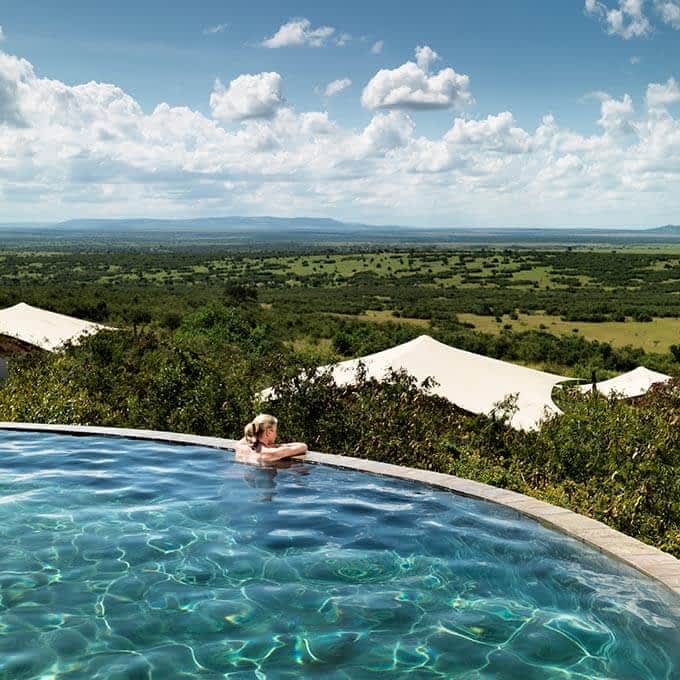
All accommodations
Browse all camps & lodges
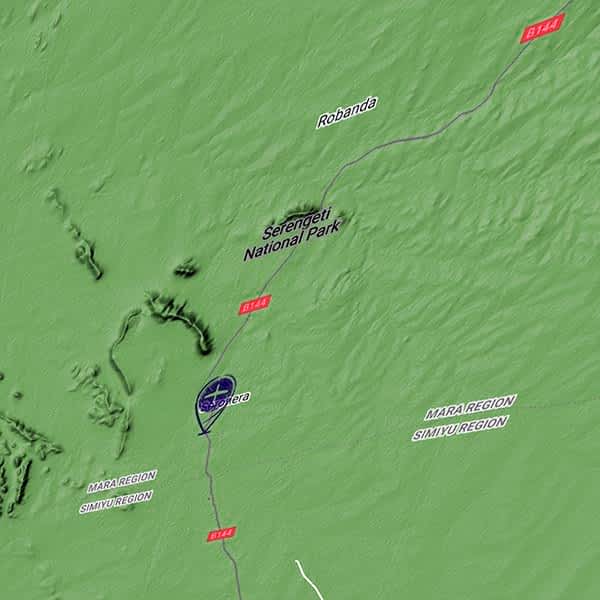
Search by location
Browse Serengeti safari areas
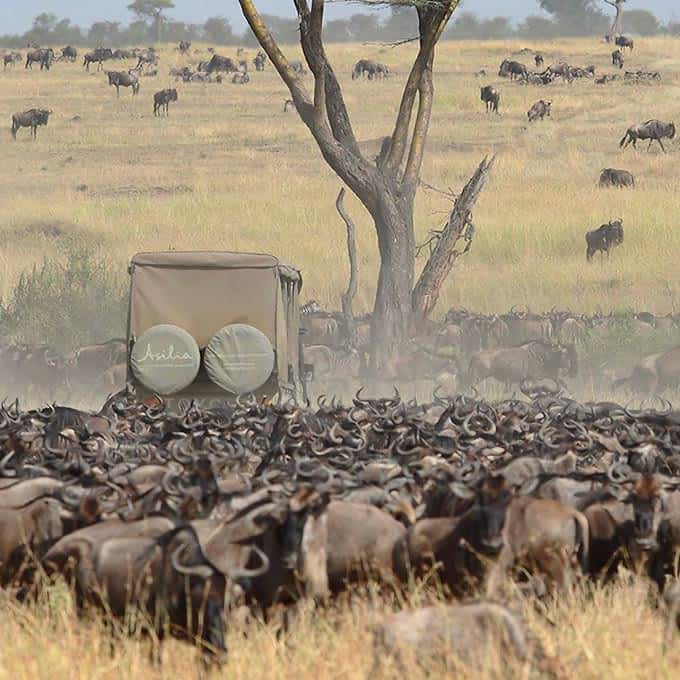
Search by season
Follow the Great Migration
Serengeti lodges you might like
Below are a few suggestions for safari accommodation in Serengeti National Park. Accommodation options come in various price ranges, so you can rest assured to find an offer perfectly suited for you.
The below options are just suggestions. All of our trips are tailor-made, so we will always fit in your preferred accommodation, including safari lodges in other Tanzanian national parks and reserves.
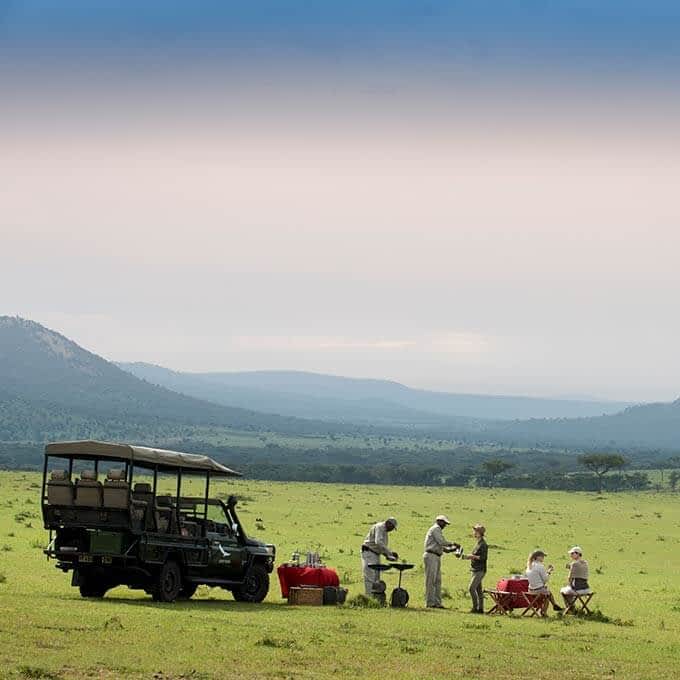
&Beyond Klein's Camp
lodge location Northern Serengeti
Enchanting, relaxing, and quiet: &Beyond Klein's Camp is an unaffected paradise, located in a remote corner of the Serengeti. Discover this area by safari vehicle (also by night) or on foot – and be sure you take time to meet the local Maasai residents.

from US$ 1,050 per person per night
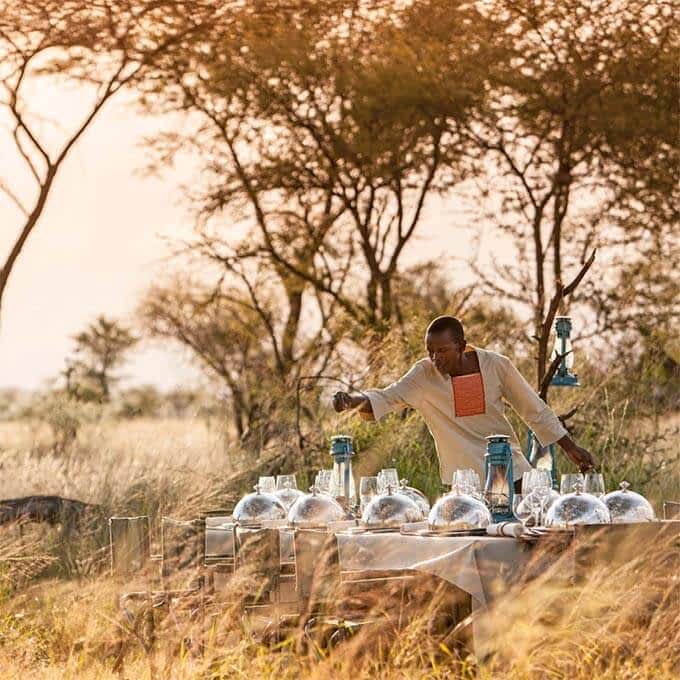
Four Seasons Serengeti
lodge location Central Serengeti
Indulge yourself with great game drives, spa treatments, a cocktail bar with the best possible views, a gourmet food experience as well as many excursions options and more. Get ready for an immersive safari experience at the Four Seasons Serengeti.

from US$ 902 per person per night

One Nature Nyaruswiga
Where all the splendors of the Serengeti come together – lush land, wildlife and opulent accommodation - is an exclusive lodge. A warm place for families, couples and groups, and perfect for everlasting memories: welcome to One Nature Nyaruswiga.

from US$ 1,654 per person per night
We saw so many animals, leopards, lions, elephant herds of 25-30, serval cat, and so many more. We were also so lucky to see a rhino. Highly recommend going here. Best safari we have done.
The Serengeti National Park fulfills all expectations. We saw an amazing array of wildlife, even though the wildebeest herds had already departed for Kenya.
Huge park with great diverity of lanscapes and game -- from vast plains to wooded area and rivers. Lions everywhere as well as cheetahs. We even saw leopards on two occasions.
Serengeti National Park highlights
Serengeti National Park is nature. At its wildest. However, besides the Great Migration there is much more for you to explore and experience.
The Serengeti is the place for a picture perfect safari, a destination that fulfills your wildest dreams, time and time again. Why not explore some of the more remote corners of this vast national park? Or meet your hosts, the Maasai? Of course you can also take to the skies, and see the plains from above when when floating through the air on a hot air balloon safari.
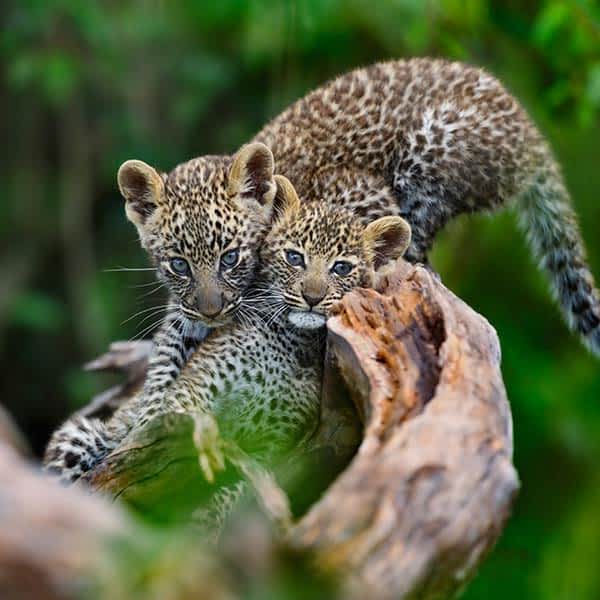
Exhilarating wildlife
Wildlife up close and personal
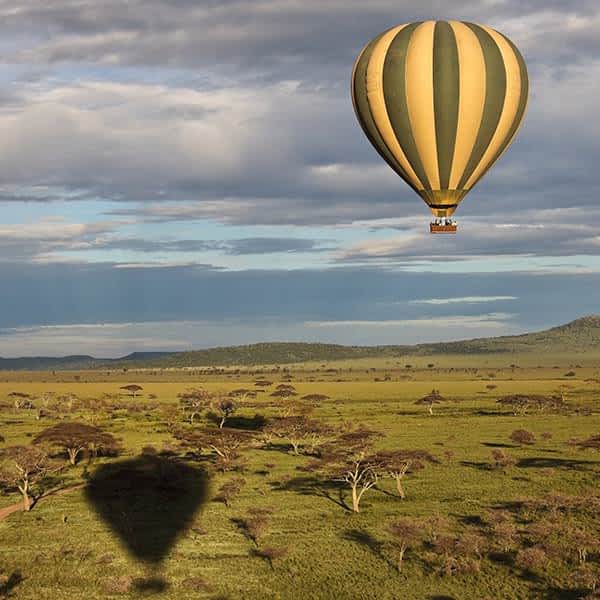
Balloon safari
View endless plains From above
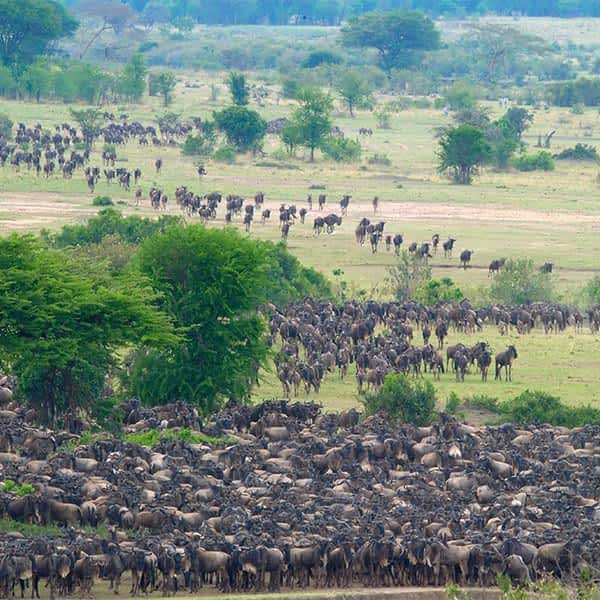
The Great Migration
The world's biggest wildlife spectacle
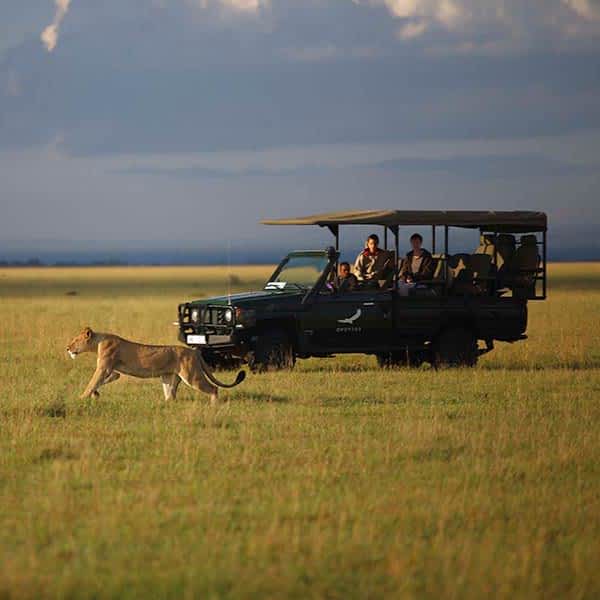
Grumeti Game Reserve
Private safari area ajacent to Serengeti
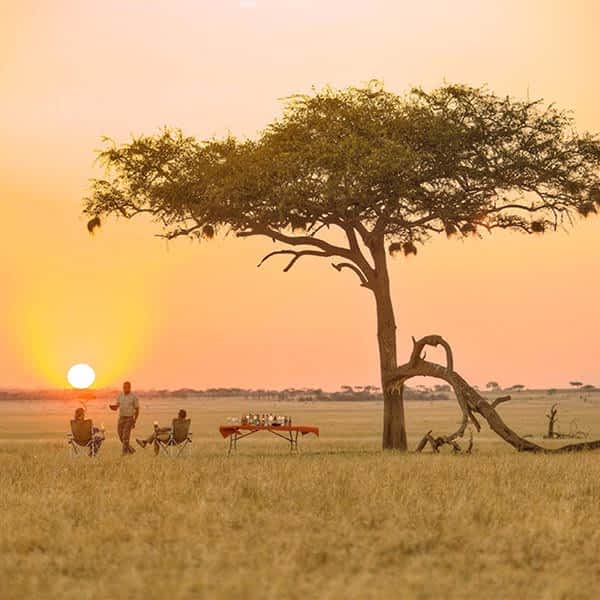
Serengeti Mara
Prime wildlife area bordering Kenya
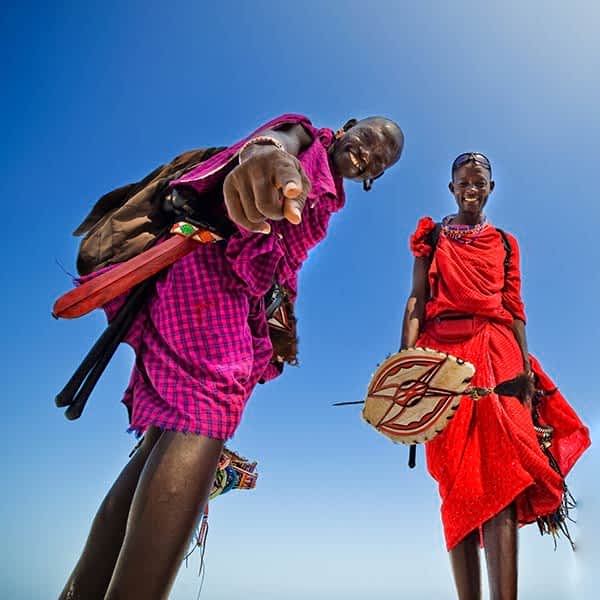
Maasai culture
Extraordinary meetings
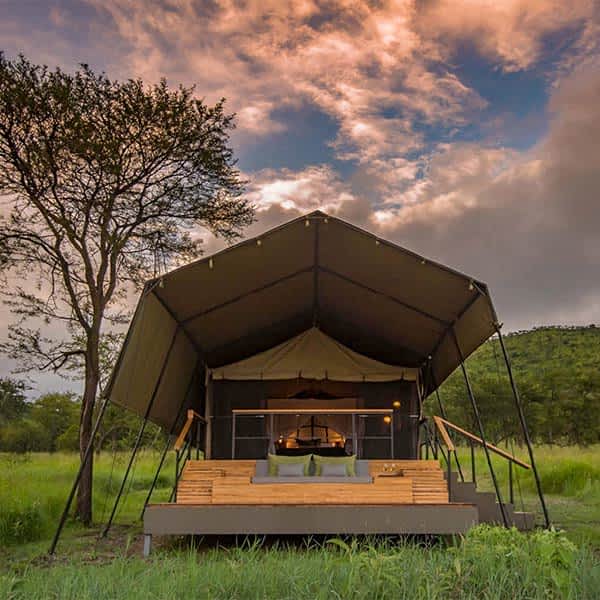
Luxury accommodation
A luxury home from home
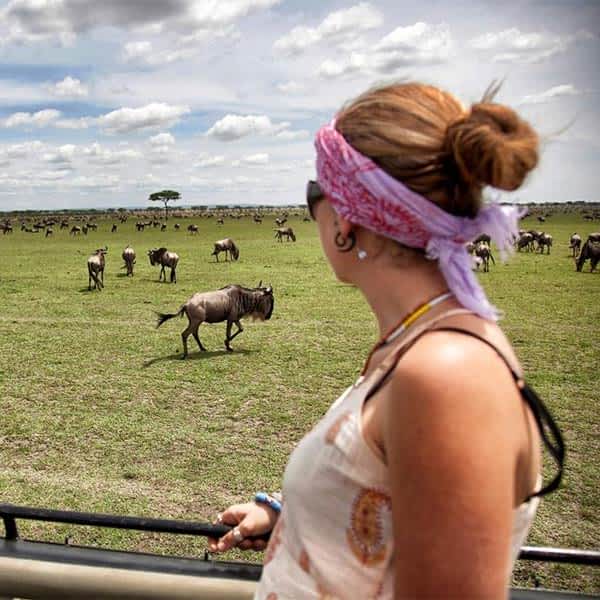
Southeastern plains & Ndutu
Woodlands and open savanna
You are rewarded by endless numbers of buffalos, wildebeest, zebras, elephants, ostriches ... if you are lucky (we we were) even watch leopard and cheetah hunt their prey.
So many animals impala, cheetah, giselle, topi, heartbeast, hyrax, lizards, birds, lion, hippo, wildebeest, elephant, giraffe, serval. The list goes on and on.
All that we have seen in the documentaries have come true. If you have an interest seeing wildlife in their natural surroundings, then this one is for you.
Serengeti National Park video
The best way of understanding what Serengeti National Park is about is by seeing some thrilling footage from the area. Watch this video to experience the Serengeti, its splendour and to meet some of our celebrity wildlife species.
Be careful, after watching this video you can be sure that you want to travel to Tanzania. Today.
The Serengeti is an incredible experience. There is no better place in the world for spotting lions. You don't even have to do anything to see them!
The diversity of the landscape and the sheer number of migratory animals make this region a must-see. Beware, however, of the great number of visitors during high season.
Had two amazing days in the Serengeti, we saw a myriad of animals including two Leopards and 7 Cheetahs. We did not set out to see the big 5 but saw 4 of them in Serengeti.
Send your enquiry
We hope you have found all information needed to decide that Serengeti National Park is the perfect place for your next safari adventure. Still have questions? Or maybe you would like some more specific information about the different lodges? Please fill in the contact form and we will get back to you soon!
- TRAVEL JOURNAL
- Write for Traveler’s Buddy
- Media content
- Video Content
- Photography and Video content
How to plan a trip to Serengeti National Park
If you are planning on going to a safari, Serengeti National Park in Tanzania should be on top of that list. Here is how you plan a perfect trip to Serengeti.
Planning a trip to Serengeti National Park can be as organized or as flexible as you want it to be. From group tours for all ages offering customizable multi-day packages to self-driving experiences for those who have been on a safari in Africa several times, Serengeti offers it all. Still, due to its massive size (Serengeti is almost as big as Slovenia) and large options for safari experiences, you will need some basic information on when in the year is the best time to go, what kind of experience are you looking for and of course, how much money are you planning to spend. These are my best tips on how to plan a trip to the Serengeti National Park.
How to get to Serengeti National Park
Located 325km east from the town of Arusha in northern Tanzania, visiting Serengeti requires you to plan ahead no matter how you want to get there.
Entering Serengeti by road
Most travelers enter the Serengeti National Park through the Naabi Hill Gate . It is located in the southeastern part of the park and it will be your obligatory stop, if you were to drive straight through from Arusha.
Furthermore, in order to enter the Serengeti National Park from Arusha, travelers would have to drive through Ngorongoro Conservation Area and still pay a transit fee. The drive from Arusha takes around 7 to 8 hours and is simply a full day of continuous driving and barely time for a stop.
The drive is long and exhausting. That is why most tour operators offer a combination of the Serengeti National Park, the Ngorongoro Conservation Area , and the Tarangire National Park in a single tour.
Additionally, there is no public transportation connecting Serengeti to the nearby towns, but don’t worry. Most tour operators will include the drive from Arusha or the nearby airports in your tour package
Read more: Everything You Need To Know About The Wildebeest Migration
Entering Serengeti by air
For those traveling with a higher budget and less time, there are several airstrips throughout the park, allowing visitors to fly within easy reach of whichever camp or lodge they have booked.
Kusini and Ndutu airstrips are located in the south and serve mostly luxurious tented camps, while Seronera airstrip is located in the heart of the park and serves most travelers entering by air.
Other airstrips are Lobo, Kleins , and Kogatende in the north; and Grumeti and Sasakwa airstrips in the west side of the country. These are also airstrips mostly used by guests staying at any of the luxury camps in those areas.
Flights from Arusha, Kilimanjaro, Tarangire, Lake Manyara, or Ngorongoro start at 200 EUR for a round trip and they can be arranged through the tour operator or directly with the lodge you are staying.
How expensive is to visit Serengeti
Unlike other national parks in eastern and southern Africa, where entrance fees and transfer costs are low, a visit to Serengeti is a big expense for anyone traveling on a budget. Transfers, transit fees, game drives, park fees and accommodation fees add up very quickly. Also, with a wide range of customizable safari options available, figuring out an average cost without taking into consideration what exactly you would like to do is a little bit pointless
Read more: How to photograph the milky way while traveling
There are big budget-influencing factors that can help you determine how expensive your visit to Serengeti can be. Before you contact tour operators or start planning your own independent trip, ask yourself following questions:
What level of comfort would you like to have for accommodation?
self-camping, budget camp, tented lodge or an all-inclusive lodge, among others
NOTE: You have to sleep inside the national park. Even though costs are higher, distances are way to far for you to enter the national park every day and see the most of it.
What time of year are you planning to visit Serengeti?
July to October is considered the high season while November to December & April to May are low season. December to March is considered calving season, which is one of the most popular times to visit Serengeti – also quite expensive.
What kind of activities do you want to add to your itinerary?
Are you interested in doing several days of game drives around the park, cultural tours that get you more in contact with the Maasai ethnic group or simply several days of relaxation.
How are you planning to get to Serengeti?
Driving or flying? This is probably the most influential factor in determining your budget. While driving is obviously cheaper, you will end up spending at least 1,5 days in a vehicle. On the other hand, flying will increase your budget significantly, but will give you more time to spend inside the park – especially if you are planning a trip for just a few days.
To give you an estimate of the potential cost of a safari in Serengeti. If you decide to do self-camping, private driver safari with 2 game drives, and cook meals by yourself, expect to spend around 200-250 EUR per day.
What do experts think?
According to Anthony Milinga , owner of the tour company Cross to Africa Safaris , Serengeti is expensive due to the fix costs each traveler has. “In a 4-day budget safari tour for 2 people about 40% of the costs go for permits and fees, 30% goes for gasoline, driver costs during transfers and game drives, 20% in accommodation and 10% in profit for the company.”
Serengeti in high season or low season
While the cost during high season increases quite a bit (everything becomes more expensive), the experience becomes significantly better. Weather is perfect for a safari trip (dry and cool), the lack of water improves the visibility of animals and waterholes become key spots for experiencing large concentrations of mammals and birds.
On the other hand, visiting Serengeti during low season can provide a budget-friendly experience in one of the most magnificent national parks in the world. Landscapes are green and the chances to spot baby animals increase as well.
Without a doubt, the great wildebeest migration is one of the key events at Serengeti. However, it is important to know that the migration runs all year long and the question you need to ask yourself is what part of the migration would you like to see.
Humphrey Ndara , director of Africa Kenya Safaris , says, “For travelers looking to visit Serengeti or Masai Mara, the beginning of November is probably the best time to visit. Prices are low because the low season began, the chances of rain might be low and the possibility of seeing large concentrations of wildebeest are still high at the border between Masai Mara and Serengeti. “
Self-driving in Serengeti
This is probably one of the most searched questions for road trip lovers and the simple answer is – yes, you can self-drive and camp at Serengeti National Park . However, entrance fees are higher for self-drivers and you need proper off-road driving skills in certain situations.
Furthermore, you need to understand basic safari etiquette when it comes to observing animals from a distance, know the rules of the national park and be ready for any inconvenience you will find along the way.
Extra tanks with gasoline, basic knowledge on how to repair a vehicle and proper maps are essential to avoid any bad experience.
Japhary Mkelemi , ranger at Serengeti National Park, recommends: “self-driving in Serengeti is a magical experience. However, I wouldn’t recommend it to anyone without the proper experience. Self-driving makes way more difficult to find animals in the wild. At the same time, we have lots of inconveniences with travelers getting lost or stuck. It happens more than you think and its expensive, annoying and frustrating for anyone encountering this situation.”
What about additional activities in Serengeti National Park
Beside the standard morning and afternoon game drive, most tour operators offer several activities to travelers visiting the national park: From cultural tours to the Maasai villages to more luxurious experiences such as the famous Serengeti hot air balloon ride.
Read more: Self-driving in Serengeti – Is it really worth it?
While Maasai villages can be found in other areas of Tanzania and Kenya for a way lower price, travelers opting to book a hot air balloon ride can have an experience of a lifetime. Hot air balloons depart each morning before sunrise and fly over the plains of the Serengeti while the sun comes out. For 500 EUR and just 60 minutes in the air, this is quite an expensive experience. However, if you manage to plan it while millions of wildebeest concentrate in central Serengeti, this can be one of the most rewarding experiences in Africa.
Read more: How to get ready for your first safari trip?
Serengeti National Park in a nutshell
Select the right season for you: There is not a good or a bad season to visit Serengeti. Each time of the year provides a completely different experience. Inform yourself what you should expect to see in which time of the year and book according to what you want to see.
Pick the right time and place: Either you want to see the Wildebeest Migration river crossings, or the newborns at calving season, make sure your itinerary matches the movement of the herds and the section of the park you want to visit.
Book in advance: The best spots for large concentrations of animals are very well known among tour operators. Some of these lodges even get booked up to 1 year in advance.
Choose your itinerary wisely: 4 or 5 days of game drives can be exhausting to anyone. If this is your first safari, discuss with your operator what kind of additional activities you can do.
Avoid group tours: While they are the best option if you want to save money, group tours simply deteriorate the experience. Booking a private tour means more time for yourself and less time waiting for the bus to get full.
Read more: What are the top safari experiences in Africa?
Read more: How to cross overland from Kenya to Tanzania
Planning a trip to Tanzania independently is fun. However, if you want to arrange everything with tour operators beforehand from the comfort of your home. SafariBookings is the best platform for it.
They have the largest database of tour operators in Africa and you can simply send a request and negotiate a tour and a price directly with the operator. You don’t have to pay any additional fees.
These are some of the most popular tours in Serengeti at SafariBookings
How do I find cheap flights to Tanzania?
Finding a cheap flight anywhere around the world is not always easy. It’s about comparing platforms, selecting the right routes and booking at the right time. Fortunately, platforms like Skyscanner became known as an all-in-one tool for booking flights at the lowest cost possible.
They analyse every potential company and sub-contractor in order to find the lowest price available for you. Not only that, but you can also select the option “Travel Anywhere” and let Skyscanner find the cheapest place to travel at any selected date.
I check all my flights first at Skyscanner , and in 90% of the cases, I find the best option for me to book.
Also, by booking here using Skyscanner , you will support my blog and help me create more amazing and useful content.
MY FAVORITE NATIONAL PARKS
Saxon switzerland national park, masai mara natural reserve, bwindi impenetrable forest, white desert protected area, victoria falls national park.
You will be redirected to your dashboard shortly. We will also call you back in 24 hrs .
- Serengeti National Park: A Detailed Guide To The Greatest Wildlife Spectacle In Tanzania
23 Mar 2023
Established in 1952, the Serengeti National Park in Tanzania is without a doubt the most famous wildlife sanctuary in the world. This is where you can see the greatest wildlife spectacle on earth – the migration of the zebra and wildebeest. The wildlife population in this vast park includes lions, elephants, rhinos, giraffes, cheetahs and countless different species of birds. Covering 5,700 sq. miles, the park is larger than Connecticut and listed as a UNESCO World Heritage Site. If you are in Tanzania, you should not miss visiting this world-renowned park.
Serengeti National Park Facts
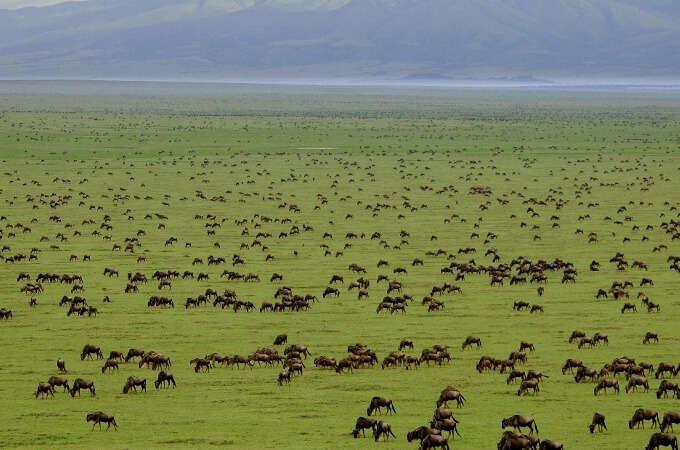
Image Source
Location: From the Mara and Simiyu regions of Northern Tanzania to Southwestern Kenya Area: 14,750 square kms Distance From Arusha City: 235.1 kms Established: 1952 Average Footfall: About 2 million per year Must-Visit: Grumeti Game Reserve Famous For: Wildlife Safaris Nearest Airport: Senora Airstrip is the primary airstrip in the park. Major airport near the Serengeti National Park’s proximity are Arusha Airport, Mwanza Airport, and Kilimanjaro International Airport.
Best Time To Visit
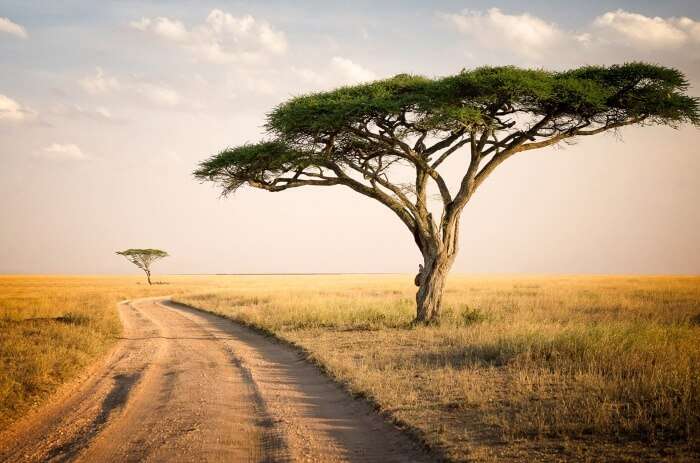
Late June to October is the best time to visit Serengeti National Park for the best wildlife viewing, including the spectacular wildebeest migration. The timing of the migration varies from year to year – your best chance of seeing it is during June and July. On the other hand, the wildebeest calving season is from late January to February. The Serengeti National park majorly experiences two seasons, Dry season which lasts from June to October and Wet season which lasts from November to May.
Ideal Duration
Due to the many things to do and see in the Serengeti, you should make plans to have three or four days to spend on Serengeti National Park tours and go on a safari. If you are into photography, you should stay a little longer to make sure that you capture all that the park has to offer and get amazing photos.
Looking To Book An International Holiday?
Book memorable holidays on TravelTriangle with 650+ verified travel agents for 65+ domestic and international destinations.

Trip to Sri Lanka at Rs 13,500/-
Plan Your Vacation Today!

Trip to Singapore at Rs 20,499/-
Get Quotes From Local Experts

Mauritius Holiday Starting at Rs 65,000/-
Talk to Our Experts Today

Maldives Honeymoon Trip at Rs 39,800/-
Pay with easy EMI Option

Europe Trip at Rs 89,999/-
All Inclusive Deals

Vacation in Dubai at Rs 27,499/-

Hong Kong Holiday at Rs 24,999/-
Money Safe Guarantee

Thailand Holiday at Rs 7,999/-
Flights Excluded

See more at TRAVELTRIANGLE.COM
Top Attractions In Serengeti National Park
Take a look at some of the best places to visit in Serengeti National Park.
1. Ngorongoro Conservation Area
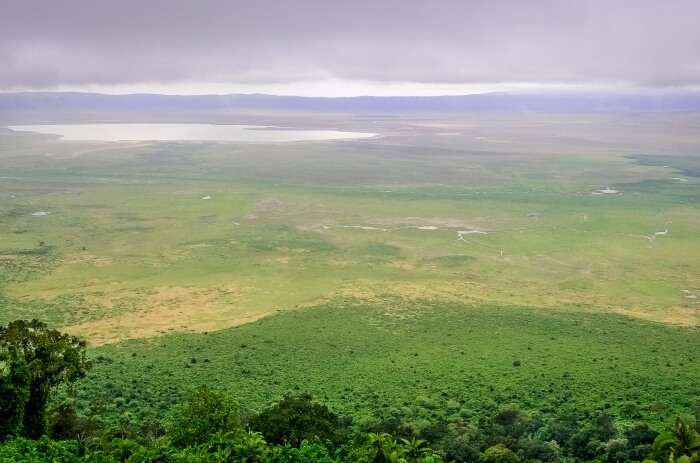
Although it is not an actual part of Serengeti National Park , you should make it a point to visit Ngorongoro Conservation Area if you are in the area. The site flanks the Serengeti’s eastern edge and houses the sixth-largest intact volcanic caldera named the Ngorongoro Crater and Olduvai Gorge. Sprawling across over 32,000 sq. miles, Ngorongoro Conservation Area is a UNESCO World Heritage Site with more than 25,000 animals.
Must Read: 10 Adventure Places In South Africa To Satiate Your Thrill-Loving Soul
2. Seronera River Valley
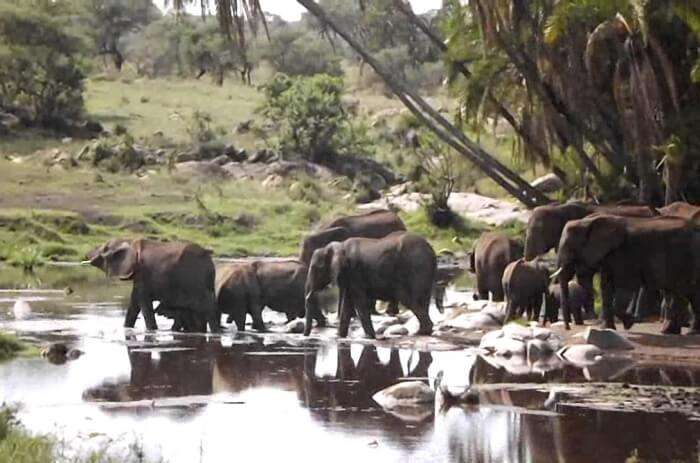
This vast valley encompasses a large portion of Central Serengeti and teems with wildlife. On any given day, you can spot elephants, zebras, wildebeests, gazelles, giraffes and many other species. Senonera River Valley is also one of the best places to visit if you want an opportunity to see the elusive leopards of the park.
3. Lobo Valley
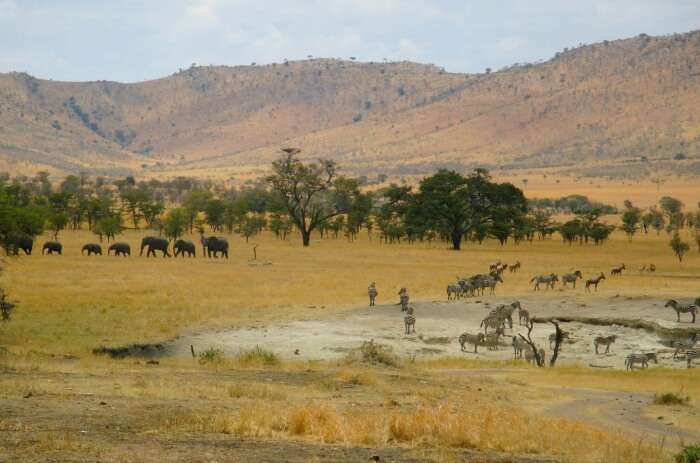
Located in Northern Serengeti, the Lobo Valley should be at the top of your list of places to see. Back in 1913, American conservationist Stewart White described this sprawling area as a “paradise.” The Lobo Valley, along with the Senonera Valley, is one of the only places in the Serengeti where all three big cats – lions, leopards and cheetahs – roam. You will also see elephants, baboons and giraffes on a regular basis here. Plus from July through November, you can see millions of gazelles, wildebeest and zebras make their way to the area during The Great Migration.
Suggested Read: Head To Masai Mara National Park For An Ultimate Encounter With Africa’s Best
4. Naabi Hill
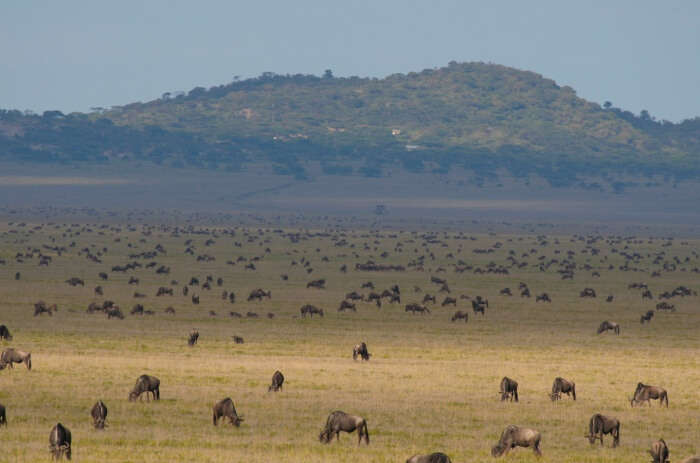
Situated by the Ngorongoro Conservation Area in Eastern Serengeti, Naabi Hill serves as the main entrance to the Serengeti National Park. The walking trail here is a great place to stretch your legs after a long drive as it offers some of the most stunning views of the Serengeti. The hill covered in acacia is also the home base for a pride of majestic lions and welcomes millions of gazelles, zebras and wildebeest. To spot a variety of wildlife, visit this area between December and June.
5. Bologonja Springs
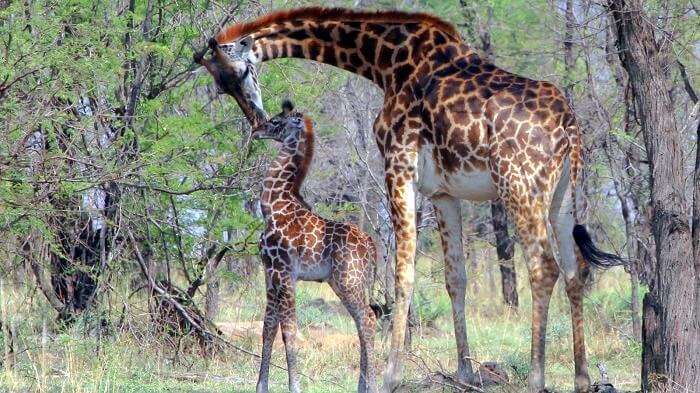
This is another major attraction in the Serengeti’s northeastern area near the border of Maasai Mara National Park in Kenya. The verdant Bologonja Springs has refreshing waters and superb canopies that attract different animals by the hundreds. You will get a chance to get up close and personal with many larger mammals like giraffes and elephants as well as rare antelope species, such as the mountain reedbuck, the steenbok and many exotic birds.
Suggested Read: 6 South Africa Travel Tips That Are A Must For Every Traveler
Other Attractions In Serengeti National Park: Retina Hippo Pool, Grumeti River, The Great Migration, Serengeti balloon safaris, and more.
Planning your holiday but confused about where to go? These travel stories help you find your best trip ever!
Real travel stories. Real stays. Handy tips to help you make the right choice.

Ramya Narrates The Story Of 6 Girls On An Extraordinary Trip To Thailand
Bangkok. Phi Phi. Krabi. Why should guys have all the fun?

Sandeep Illustrates On The Best Activities For A Family Trip To Mauritius
Water sports. Cocktail parties. And unlimited fun at Casela.

Nisarg Can't Stop Praising His Honeymoon Trip To Maldives
There was snorkeling, sightseeing, luxury, comfort, & much more!

Sabyacsachi's Romantic Trip Proves Europe To Be The Mother Of All Vacations
For Art, Culture, Luxury, & more...

Srishti Talks Of Her Amazing Trip To Singapore With Her Mother & Niece
A fun-filled destination for ages indeed!

67-Year Old Sridhar Tells How He Beat The Odds & Took A Solo Trip To Dubai
Desert safari. Burj Khalifa. Welcoming locals. Tell me more!

Not Adventure Lovers? Saurabh's Family Trip Proves Hong Kong To Still Be Full Of Fun
Your kids will love Disney Land & Ocean Park!

Ravi's Tale Of A Sri Lanka Family Tour Is All You Need To Know About Ramayana Tour
For the love of Ramayana & Travel!
Best Things To Do In Serengeti National Park
1. witness the great migration.
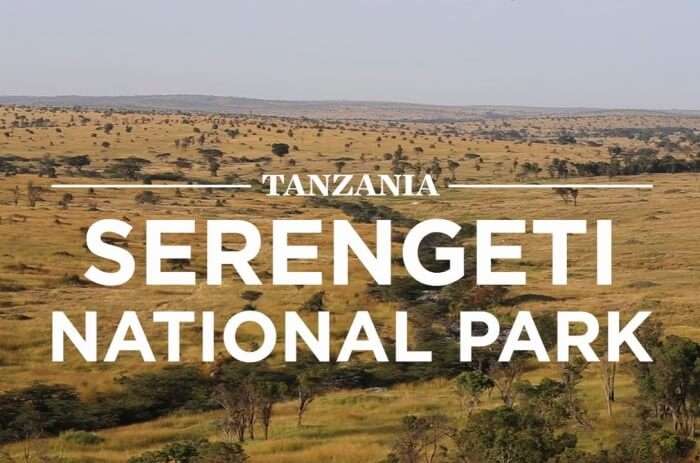
People from all over the world visit the Serengeti to see The Great Migration for themselves. As the largest migration of animals in the world, it is a sight to behold. It is important to be aware of when exactly the Great Wildebeest Migration is taking place. You should check the Serengeti National Park map to find out where the migration happens as well. It is a cyclical event, but it is critical to be sure to plan your trip just right.
2. Visit The Olduvai Gorge
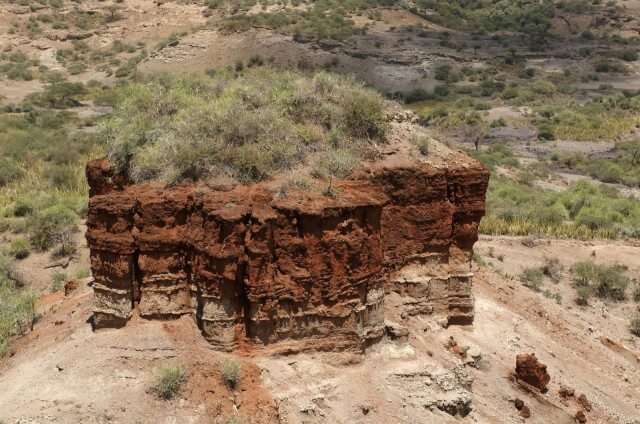
The 300-mile long Olduvai Gorge, also known as Olduvai Gorge, is situated in the midst of the Serengeti and the Ngorongoro Crater. It is known all over the world for being the site where 2 million-year old fossils were discovered. This gorge is a place to step back in time and walk the path taken by our ancient ancestors. While visiting Olduvai Gorge, do not miss stopping at the Olduvai Museum, which was founded by the woman who found the fossils, Mary Leakey.
Suggested Read: 10 National Parks In Kenya: Experience The Unsurpassed Charm Of African Wildlife!
3. Go On An Air Safari
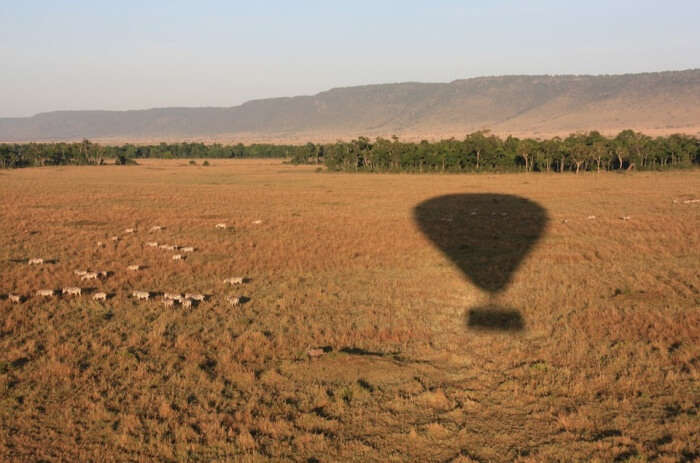
When you are in Tanzania, it is a must to go on a Serengeti National Park safari . But to get the most stunning view of the park, nothing comes close to an air safari. You get a bird’s eye view of the Serengeti, a sight that will take your breath away. You can book a hot air balloon ride that suits your budget. There are basic rides, as well as more luxurious ones, complete with champagne! You can also book a small chartered plane for a more adventurous aerial trip.
4. Visit The Moru Kopjes
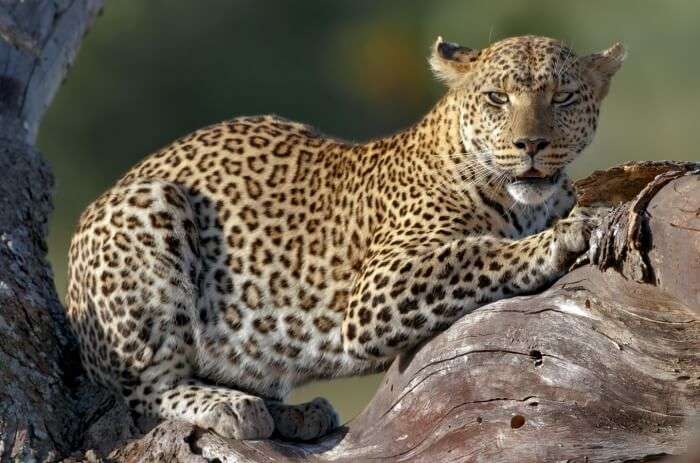
Looking for something to thrill the adventurer in you while in the Serengeti? You should make your way to Moru Kopjes, the most interesting rock formation that you will ever see. Mound-like rocks that rise up high in the center of the Serengeti plains, provide not just shade but also hydration for animals. This is also one of the top animal viewing areas, so you can spot predators like leopards, cheetahs and lions. If you are interested in exploring the area’s culture, you can check out ancient African rock paintings by the Maasai. Do not forget to visit the ‘Gong Rock’ that the local people revere as they believe that it is an ancient musical instrument.
Suggested Read: The Mightiest National Parks In Africa For The Love Of Wildlife And Adventure
5. Experience The Maasai Culture And Way Of Life

Groups of semi-nomadic tribes have lived in Tanzania and Kenya for many years. A few hours at the village will allow you to experience the Maasai way of life in village-like communities known as bomas. You will love interacting with the Maasai as they are welcoming, hospitable and very eager to share information about their traditions, customs and lifestyle.
Other Things To Do In Serengeti National Park: Witness a crocodile-wildebeest engagement in the Grumeti River, Rent a tent in one of the Serengeti campsites, contact your travel agent or a local NGO to schedule a less touristy private Maasai village trip, and more.
Best Accommodation At Serengeti National Park
1. asanka camp.
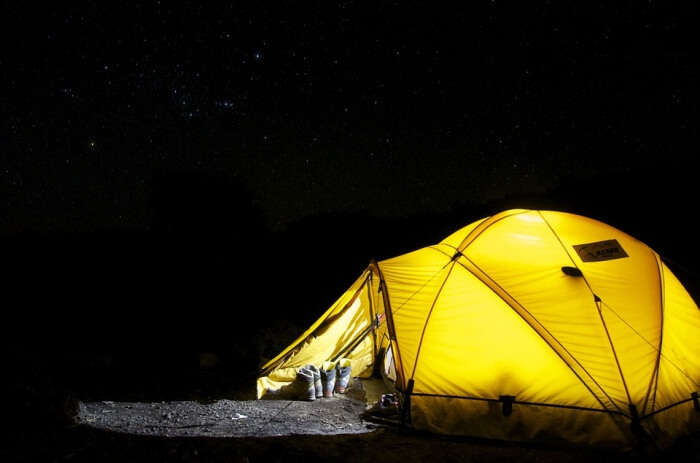
This is an amazing camp that sits in the middle of the rocky island of Moru Kopjes. Tented camps are a great way to truly experience the wonders of the Serengeti, and Asanka Camp has 5 luxury tents that each represents a special ceremony of the Maasai. The tents have a private verandah and an en suite bathroom with hot shower and flush toilet – all the amenities you need for a comfortable stay.
Suggested Read: Explore These 15 Best Places To Visit In Tanzania To Taste The Thrill Of An African Adventure!
2. Bougainvillea Safari Lodge
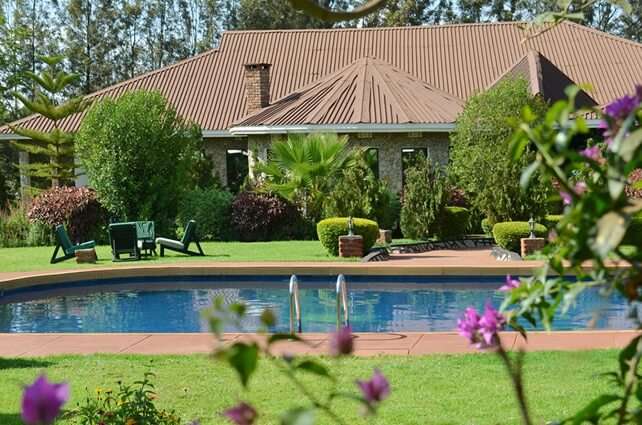
Located on the outskirts of the town of Karatu, midway between Lake Manyara and Ngorongoro Crater, Bougainvillea Safari Lodge is another great place to stay during your trip to the Serengeti. Each of the 24 cottages at the lodge has a king or twin bed, a fireplace and a large bathroom. Luxurious yet cozy and comfortable, the lodge is definitely a superb accommodation choice for the guests.
3. Gibbs’ Farm
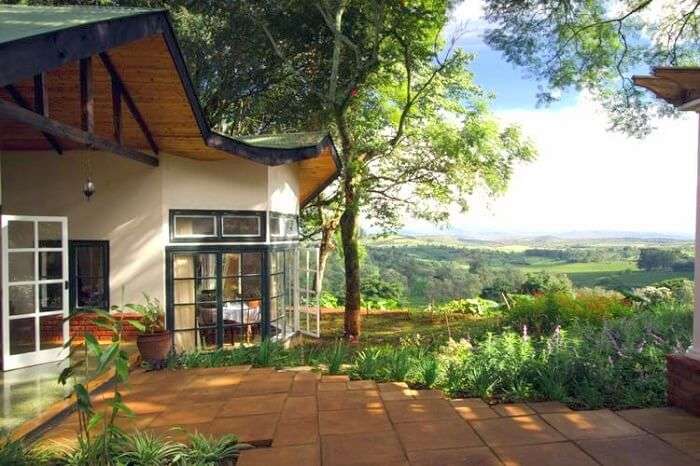
One of the first and oldest guest houses in the northern part of Tanzania, Gibbs’ Farm is a wonderful place to stay when you are in the Serengeti National Park. It overlooks the Ngorongoro Forest and the great rift valley. There are 17 guest cottages and each has a unique theme and elegantly appointed with a private verandah, eucalyptus floors, 2 queen-size beds and handcrafted furniture.
Suggested Read: Best Safari In South Africa: Adrenaline Pumping Experiences In The World’s Wildest Corner
4. Kensington Serengeti Camp
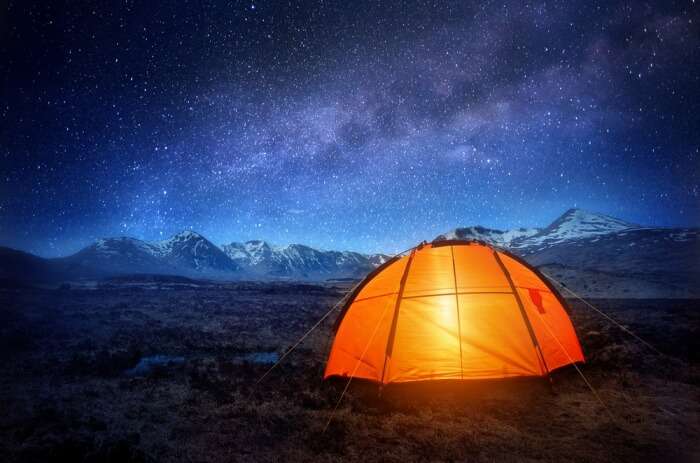
Located in the Grumeti corridor’s Kirawira area on the west side of the park, Kensington Serengeti Camp is a superb place to stay during your holiday. It consists of 10 luxurious tents that are fully furnished with en suite facilities. Visitors looking for mid-range Serengeti National Park hotels have an excellent option with Kensington Serengeti Camp.
5. Kenzan Luxury Mobile Camp
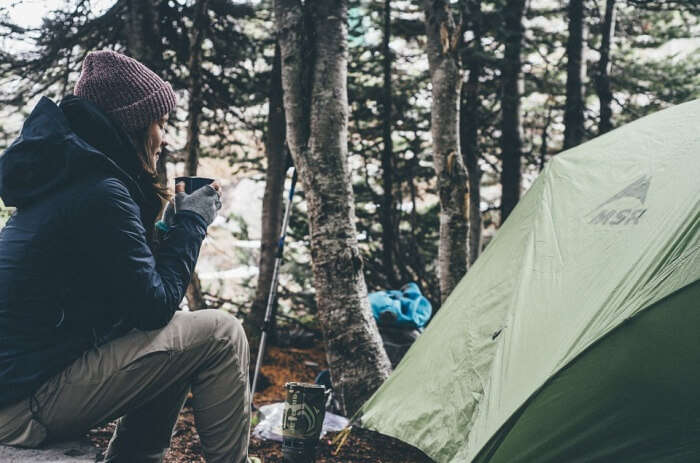
Do you want accommodation in an area of the Serengeti National Park that gives you a closer view of The Great Migration? Well, then the Kenzan Luxury Mobile Camp is the perfect choice. The semi-permanent mobile camp is strategically located to make sure that guests get a great view of the famous migration.
How To Reach Serengeti National Park
Most safaris to the Serengeti National Park start from the town of Arusha. Your best option to get there is to take a flight to Kilimanjaro International Airport, situated about 46 kms from Arusha. The most convenient way to get to the Serengeti National Park from Arusha is by taking a small plane to one of the many airstrips in the park. The drive to the park from Arusha is roughly 202 miles or 325 km and will take roughly 8 hours.
Further Read: 10 Things To Do In South Africa To Convince You For Your Next African Adventure!
Are you excited about going to the Serengeti National Park? It is no surprise that you are! With so many amazing sights and attractions awaiting you, book your customized holiday package to Tanzania with TravelTriangle and witness the world beyond the hustle-bustle amidst the wildlife.
People Also Read
Glacier National Park Galápagos National Park Fiordland National Park
Looking To Book A Holiday Package?

Spellbinding Cochin Family Tour 2D/1N Package @ Rs 2,750
Plan your trip today!

Himachal Family Tour Package 4D/3N @ Rs 8,750
Get quotes from multiple travel experts.

Exciting Andaman Family Trip 5D/4N @ Rs 10,250
Compare & customize quotes before booking.

Gangtok & Darjeeling Tour Package 5D/4N @ Rs 13,000
Have Questions? Talk to our travel experts today.

Wonderful Goa Family Package 3D/2N @ Rs 6,500
Best prices guaranteed.

Riveting Rajasthan Vacation 3D/2N Package @ Rs 6,499
EMI option available.

Enchanting Uttarakhand Tour 4D/3N Package @ Rs 7,199
Explore best destinations with our experts.

Delightful South Weekend Tour 3D/2N Package @ Rs 4,999
Thrilling weekend full of fun.

Marvelous Gujarat Tour 3D/2N Package @ Rs 4,999
Talk to our experts today.
Recent Posts
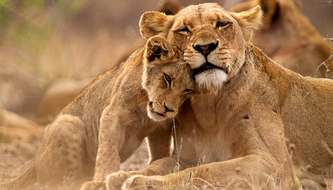
8 Facts About Kruger National Park: A Haven For Wildlife Enthusiasts
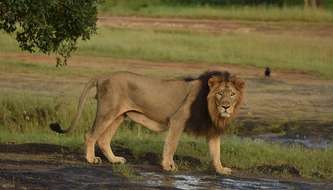
A Comprehensive Guide To Devaliya Park Safari

Exploring The 10 Best Places To Visit In Tunisia In 2023
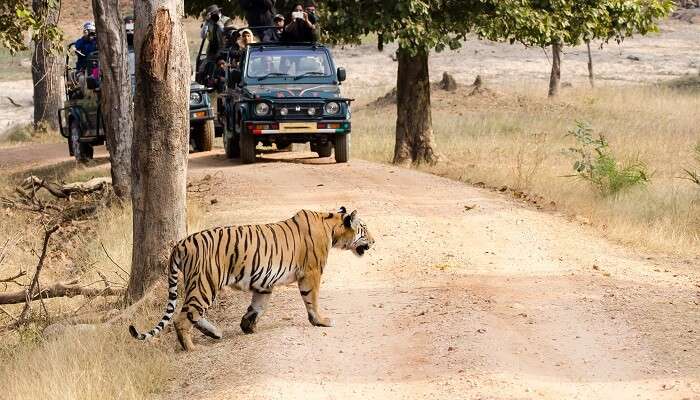
5 Best Places To Visit Near Pench National Park In 2023
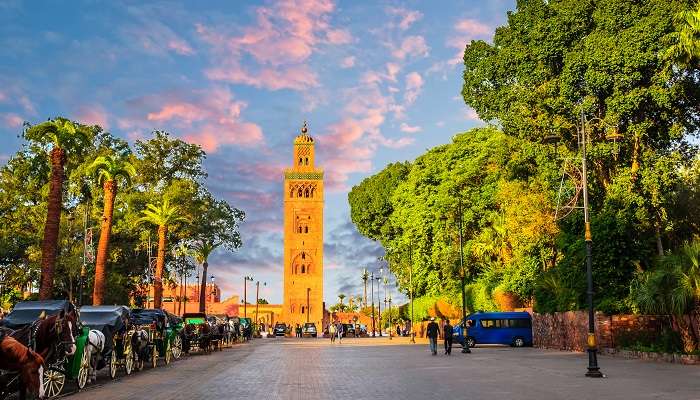
19 meilleurs endroits à visiter au Maroc en 2023 qui vous couperont le souffle!
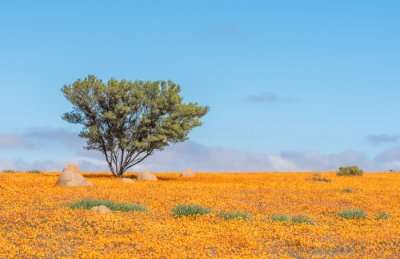
Namaqua National Park: Epitome Of Nature’s Beauty
Trending Blogs

20 Mysterious Places In India To Visit In 2023 More Bizarre Than The Bermuda Triangle

10 Scariest Roads In India That Are A Driver’s Nightmare

101 Places To Visit In India Before You Turn 30 in 2024

35 Exotic Places To Visit In December In India 2024 To Enjoy A Surreal Vacation

60 Best Honeymoon Destinations In India In 2024

95 Best Honeymoon Destinations In The World In 2023 For A Romantic Escape!
Best Places To Visit In India By Month
Best places to visit outside india by month.
- TravelTriangle
- Africa » Tanzania »
- Tour Packages
- Honeymoon Packages
- Family Packages
- Budget Tour Packages
- Luxury Tour Packages
- Adventure Tour Packages
- Group Tour Packages
- Kerala Tour Packages
- Goa Tour Packages
- Andaman Tour Packages
- Sikkim Tour Packages
- Himachal Tour Packages
- Uttarakhand Tour Packages
- Rajasthan Tour Packages
- Tour Packages From Delhi
- Tour Packages From Mumbai
- Tour Packages From Bangalore
- Tour Packages From Chennai
- Tour Packages From Kolkata
- Tour Packages From Hyderabad
- Tour Packages From Ahmedabad
- Kerala Tourism
- Goa Tourism
- Sikkim Tourism
- Andaman Tourism
- Himachal Tourism
- Uttarakhand Tourism
- Rajasthan Tourism
- Hotels in Kerala
- Hotels in Goa
- Hotels in Sikkim
- Hotels in Andaman
- Hotels in Himachal
- Hotels in Uttarakhand
- Hotels in Rajasthan
- You are here:
- Countries & Parks
- Tanzania Parks
Serengeti National Park
- Getting There

- Best Time To Visit
- Weather & Climate
- Malaria & Safety
Getting There – Serengeti NP

Philip is a renowned Africa expert and author of many Bradt guidebooks to African destinations, including the guide to Tanzania.
Philip is a renowned Africa expert and author of the Bradt guidebook to Tanzania.
Philip is the author of the Bradt guidebook to Tanzania.
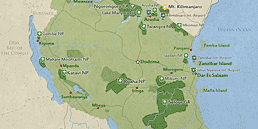
Most safaris to Serengeti National Park start from the town of Arusha. The best option to get there is to fly into Kilimanjaro International Airport (JRO), which is situated about 50km/31mi from Arusha. It is also possible to fly into Julius Nyerere International Airport (DAR) in Dar es Salaam and fly on to Arusha Airport (ARK) or Kilimanjaro International Airport (JRO).
There are regular flights from Arusha to several airstrips inside the park, but it is also possible to drive. The trip is about 325km/200mi and will take around 8 hours*. It is a bumpy ride, but it's scenic and you'll see wildlife along the way.
As the drive takes you through the Ngorongoro Conservation Area, a popular option is to fly one way, and drive the other way taking in an overnight stop to visit the Ngorongoro Crater. Coming from the crater, the distance to the Seronera area in the Serengeti is about 140km/90mi and the driving time is around 3 hours*.
*Driving times are only a rough indication. You should always consider the possibility of significant delays.
2,399 Serengeti Safaris
Airlines & Ticket Prices
- www.skyscanner.com
Domestic Flights
- Coastal Aviation
- Safari Air Link
- Precision Air
- Regional Air
Passport, Visa & Other Entry Requirements
Please check our Getting There – Tanzania page to learn more about passport, visa, COVID-19 and other entry requirements.
Want To Visit Serengeti NP?
- 4-Day Serengeti Safaris
- 3-Day Serengeti Safaris
- 2-Day Serengeti Safaris
- Tour Operators for Serengeti
Safari Tours to Serengeti NP

5-Day Living Among Lions - Luxury
$2,590 to $3,510 pp (USD)
Tanzania: Private tour Luxury Lodge & Tented Camp
You Visit: Arusha (Start) , Lake Manyara NP, Serengeti NP, Ngorongoro Crater, Arusha (End)
Unlimited Expeditions: The Soul of Tanzania
4.9 /5 – 439 Reviews

12-Day Amazing Mid-Range Safari and Beach Holiday
$3,354 pp (USD)
Tanzania: Private tour Mid-range Lodge & Tented Camp
You Visit: Moshi (Start) , Arusha (City) , Tarangire NP, Lake Manyara NP, Serengeti NP, Ngorongoro Crater, Stone Town (Zanzibar) , Nungwi (Zanzibar) , Zanzibar (End)
Serengeti Smile
5.0 /5 – 209 Reviews

11-Day Serengeti and Zanzibar Safari
$3,905 pp (USD)
You Visit: Arusha (Start) , Foothills of Mt Kilimanjaro, Tarangire NP, Ngorongoro Crater, Serengeti NP, Zanzibar (End)
Safari Soles
5.0 /5 – 246 Reviews
Serengeti National Park
The Serengeti National Park located in north west Tanzania is a vast, picturesque expanse of gently rolling African savannah plains measuring approximately 30,000 square kilometers in land area including surrounding game reserves and bordering the Masai Mara National Reserve in Kenya to the north. The Serengeti is a one of a kind protected wildlife conservation area, Tanzania's most icocnic National Park, famed for its amazing natural diversity of wildlife and also know for the Wildebeest Migration. Serengeti is a literal animal paradise and a leading Safari location in Tanzania as well as East Africa, offering visitors the chances to spot Lions, Cheetah, Elephant, Rhino, African Buffalo, Wildebeest, Giraffe, Zebra and many more animals, found in large numbers inside the park in their natural habitat, unconfined and free to roam the vast wilderness stretching for miles on end. It is no surprise then that tourists from the world over travel here not least because this National Park has been voted one of the new Seven Wonders of the World. Regarding the origin of the name, the word 'Serengeti' comes from the language of Maasai tribe, nomadic inhabitants of the area. The word 'Serengit' in Maa language means "endless plains", very much suited to the vast unending grassy plains of the Serengeti.
plan your trip to Serengeti
Popular safaris, lets chat .
Want to book a Safari?
How to get to Serengeti?
Book a Balloon Safari?
Email Address [email protected]
Serengeti National Park now also comprises a number of conservancies and group ranches bordering the main reserve and is home to some of the most diverse species of African wildlife and is also the site of the annual Wildebeest migration, simply called the 'Great Migration'. Masai Mara National Park is famous for this migration, when large herds of a million plus wildebeest, zebra and other animals including the Big Cats migrate northwards into the Mara from Serengeti National Park. Their annual trek takes place typically between July to end of August and involves dangerous crossings through crocodile-infested rivers. Serengeti National Park is among the best wildlife reserves not just in Tanzania but also in Africa and the aim of this website, Serengeti National Park .Travel , is to offer comprehensive information to guide visitors and tourists in planning their visit or for booking a Safari suited to their preference. Travelers are expected to have numerous questions while planning their visit, everything from which is the best month to visit, to which is the better reserve, Serengeti or Masai Mara or even information on how to book a trip to this magnificent park. We aim to answer most if not all your questions through this platform.
In case you require any information, guidance or suggestions regarding a visit or to plan a Tanzania Safari to Serengeti, Africa's premium Game Reserve, do get in touch with us via email. We are also available on Chat or on Skype.
things to do in Serengeti
There are several exciting activities one can enjoy in Serengeti. The most thrilling of these has to be the Hot Air Balloon safari, taken at the break of dawn and ending with a leisurely 'Champagne Bush Breakfast'. This is a truly unique adventure activity and Serengeti provides the perfect backdrop for the amazing balloon excursion. The flight lasts for about an hour as you glide gracefully over the African savannah watching the magnificent wildlife below. The pilots are highly experienced and the activity boasts of an exceptional safety record. Another popular experience is visiting a traditional tribal Maasai village which allows visitors a fascinating insight into the unique way of life of the famous Maasai, a nomadic warrior tribe found in Tanzania and parts of East Africa. There are also nature walks, bush meals and sundowners as some of the other popular things to do in Serengeti as a tourist visiting this park.
Photos & Videos
Animals in serengeti.
The reserve has a magnificent collection of wildlife and it is quite possible to spot not just the 'Big Five' as often mentioned widely, but also infact the 'Big Nine', to include the Lion, Leopard, Elephant, Rhino, Buffalo, Girrafe, Zebra, Cheetah and Hippo. It is quote possible that due to the nature and richness of flora and fauna in the national park, one can see all of the above animals not just in a single 2-3 hour game drive, but also with a little more luck, within an hour of your drive in the reserve. The section above lists photos and brief information on some of the amazing wildlife and animals that you will find in Serengeti including a list of Birds commonly seen here. The game reserve is quite the animal kingdom and likely the very best place to see an amazing eco system of African wildlife in the wilderness.
Click on the link above to open the list of animals in Serengeti . Here you will find information on the many species of mammals and birds naturally habitating in Serengeti National Park free and unconfined even across the border into Masai Mara National Reserve, spread over thousands of square miles. Serengeti National Park official website can be accessed from the Ministry of Tourism, Tanzania Government.

Passing Thru Travel
Serengeti National Park 2024: 10 Ultimate Adventures That Will Ignite Your Wanderlust
Posted: March 15, 2024 | Last updated: March 15, 2024
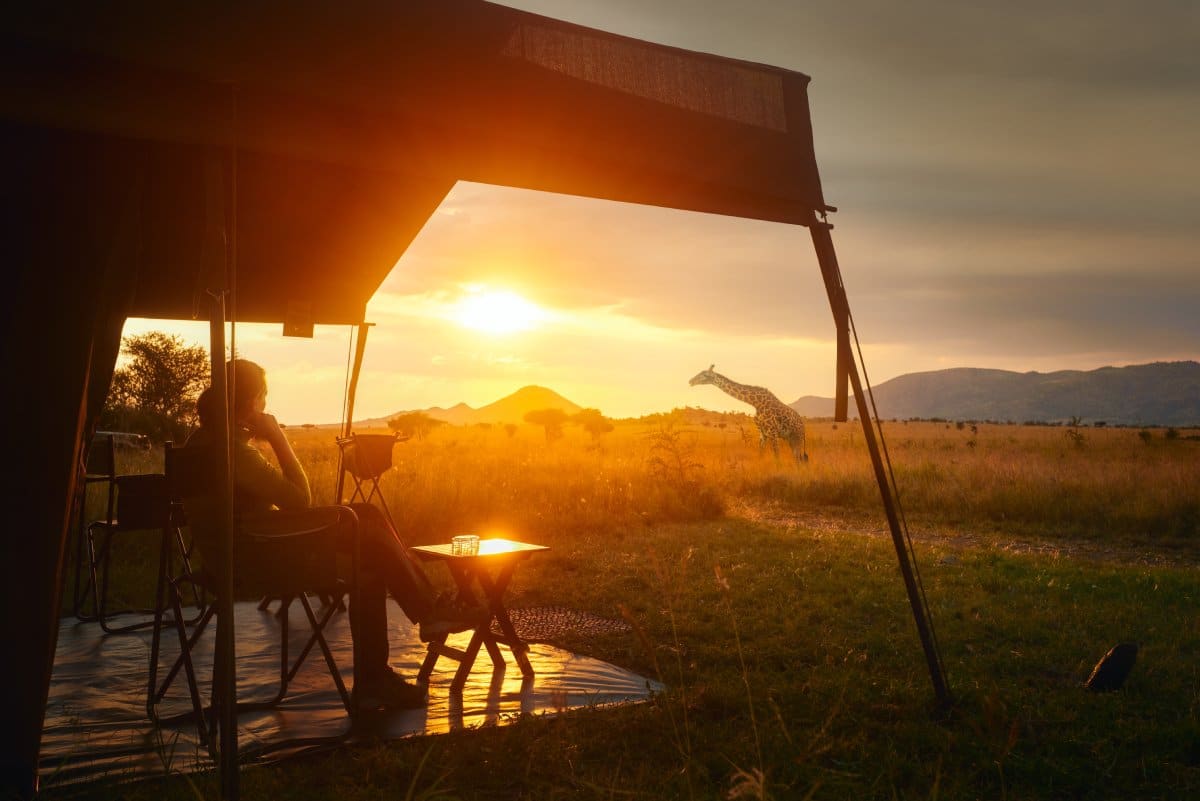
Serengeti National Park, a UNESCO World Heritage site in Tanzania, is a symbol of African wildlife conservation. Known for its vast savannahs, the park is home to the great wildebeest migration and diverse wildlife. This comprehensive guide will lead you through the best experiences Serengeti has to offer, providing insider tips to enhance your journey.
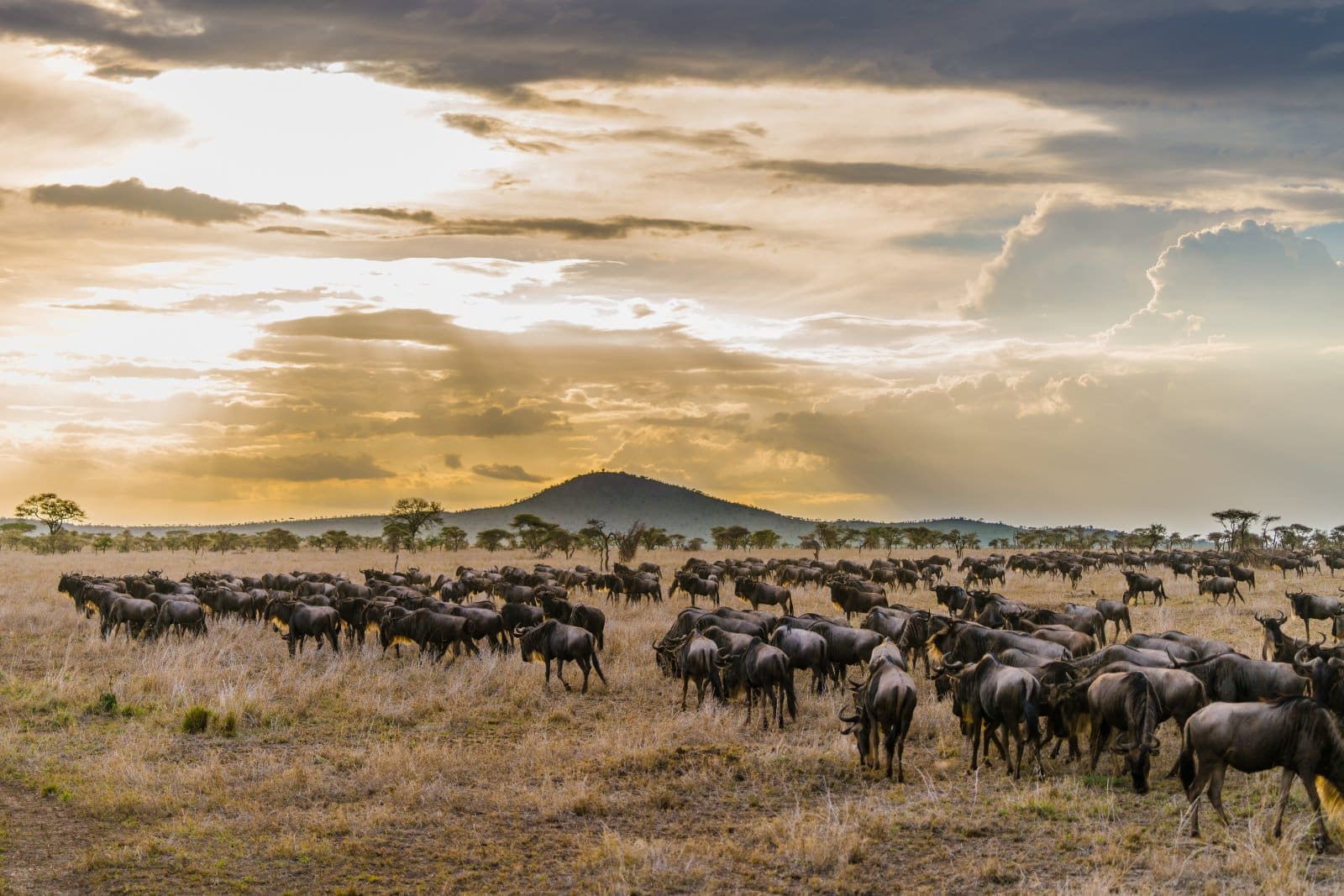
1. The Great Wildebeest Migration
The Great Wildebeest Migration in the Serengeti is an awe-inspiring natural phenomenon, marking one of the most significant wildlife events on the planet. Over a million wildebeest, alongside zebras and gazelles, embark on a relentless journey through the Serengeti ecosystem, driven by ancient instincts to find fresh grazing and water.
This migration is characterized by its sheer scale and the dramatic challenges the migrating herds face, particularly during perilous river crossings where aquatic and terrestrial predators lurk. Witnessing this event provides a profound insight into the unscripted drama of the natural world. As an observer, you are privy to moments of triumph and tragedy, encapsulating the raw essence of survival in the African wilderness.
Insider’s Tip: Opt for a hot-air balloon ride for an unparalleled aerial view of the migration.
When to Travel: The migration is year-round, but river crossings typically occur between July and September.
How to Get There: Fly to Kilimanjaro International Airport, then a domestic flight to Seronera Airstrip in the Serengeti.
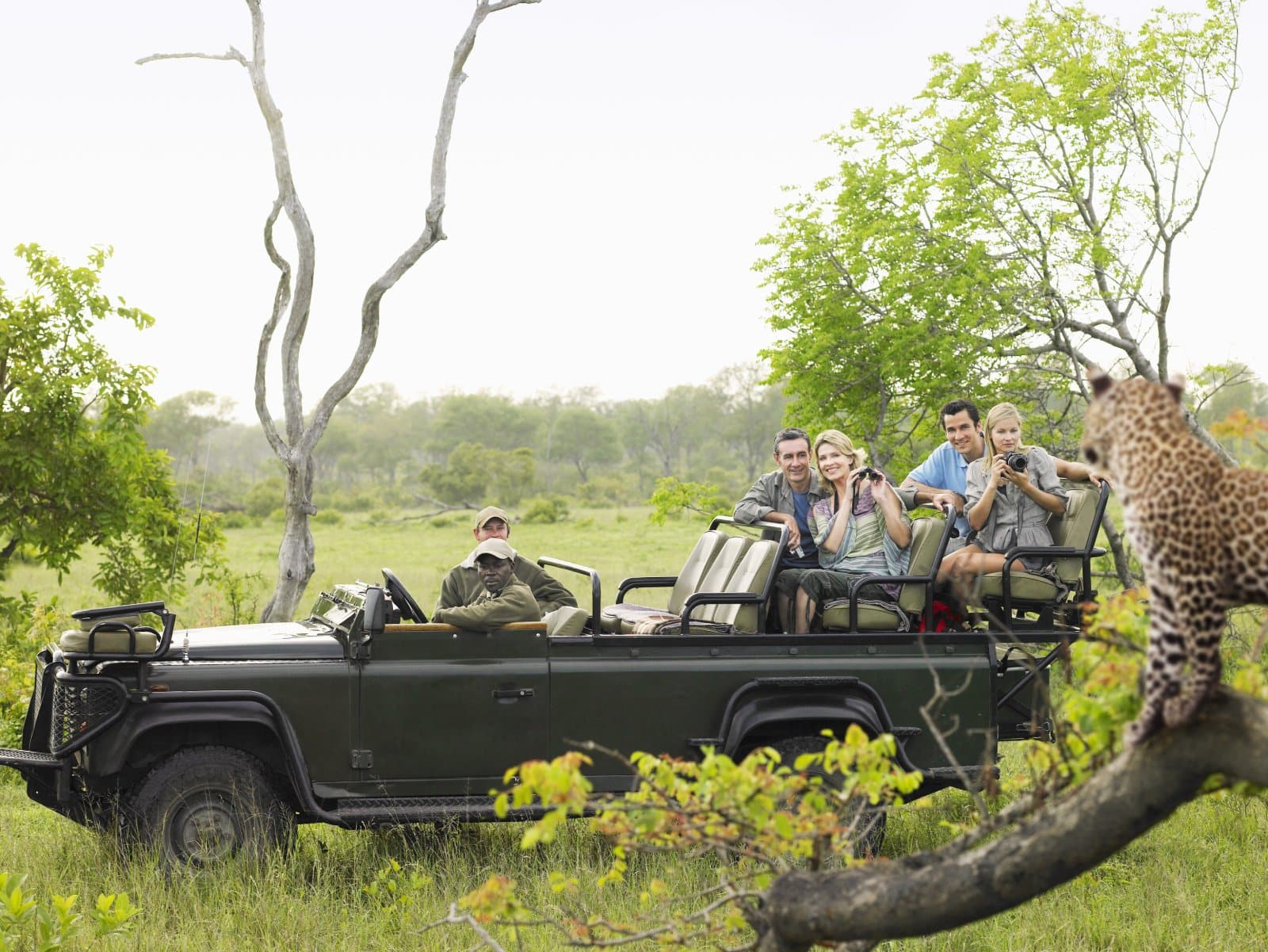
2. Predators of the Serengeti
The Serengeti is a stronghold for Africa’s most iconic predators. This vast landscape is a prime setting for observing lions, leopards, cheetahs, and hyenas in their natural habitat. The region of Seronera, in particular, is celebrated for its exceptional predator sightings. Here, you can observe the dynamics of lion prides, the stealth of leopards, and the strategic hunting techniques of cheetahs.
Witnessing these predators in action, whether during a hunt or nurturing their young, offers an unfiltered glimpse into their complex lives. The experience is about the thrill of the sighting and understanding the role these apex predators play in maintaining the ecological balance of the Serengeti.
Insider’s Tip: Early morning game drives offer the best chance to see predators in action.
When to Travel: The dry season (June to October) is best for visibility year-round.
How to Get There: Access is through the Seronera Airstrip, with game drives organized by local lodges.
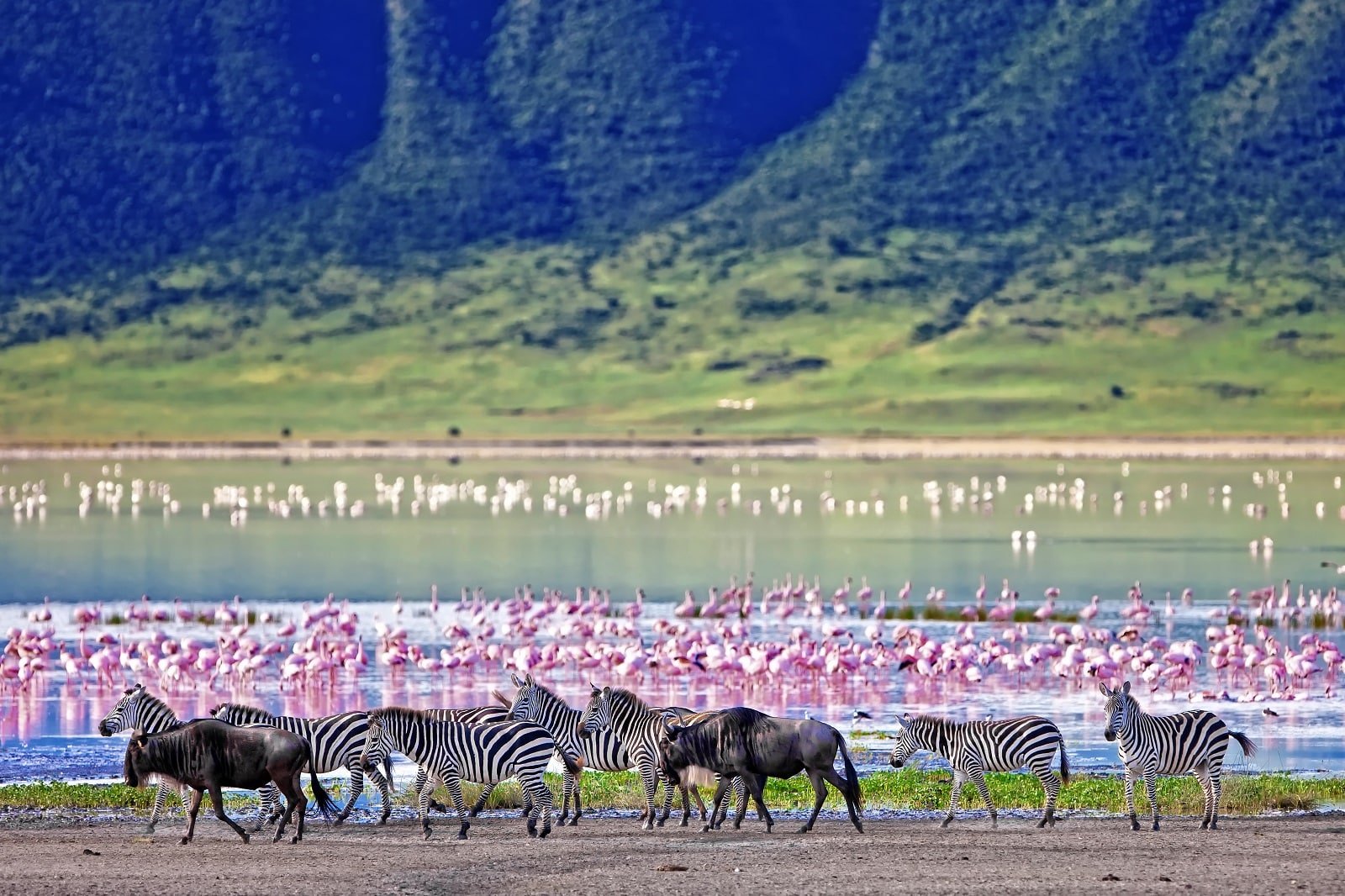
3. Ngorongoro Crater Conservation Area
Adjacent to the Serengeti lies the Ngorongoro Crater, a breathtaking natural wonder. This massive volcanic caldera forms a distinct ecosystem with diverse habitats. It’s home to a dense concentration of wildlife, including the elusive black rhino, herds of wildebeest, zebra, and a healthy population of lions.
The crater floor, with its verdant plains, acacia forests, and soda lakes, offers an unparalleled safari experience. The Ngorongoro Crater is a wildlife retreat and a porthole into the geological history of the Earth, its towering walls providing a backdrop of dramatic landscapes that are both ancient and ever-changing.
Insider’s Tip: Visit in the early morning to avoid crowds and spot nocturnal animals returning from hunting.
When to Travel: Year-round; however, the dry season provides better wildlife viewing.
How to Get There: Drive from Arusha or fly to Lake Manyara Airstrip, followed by a drive to the crater.
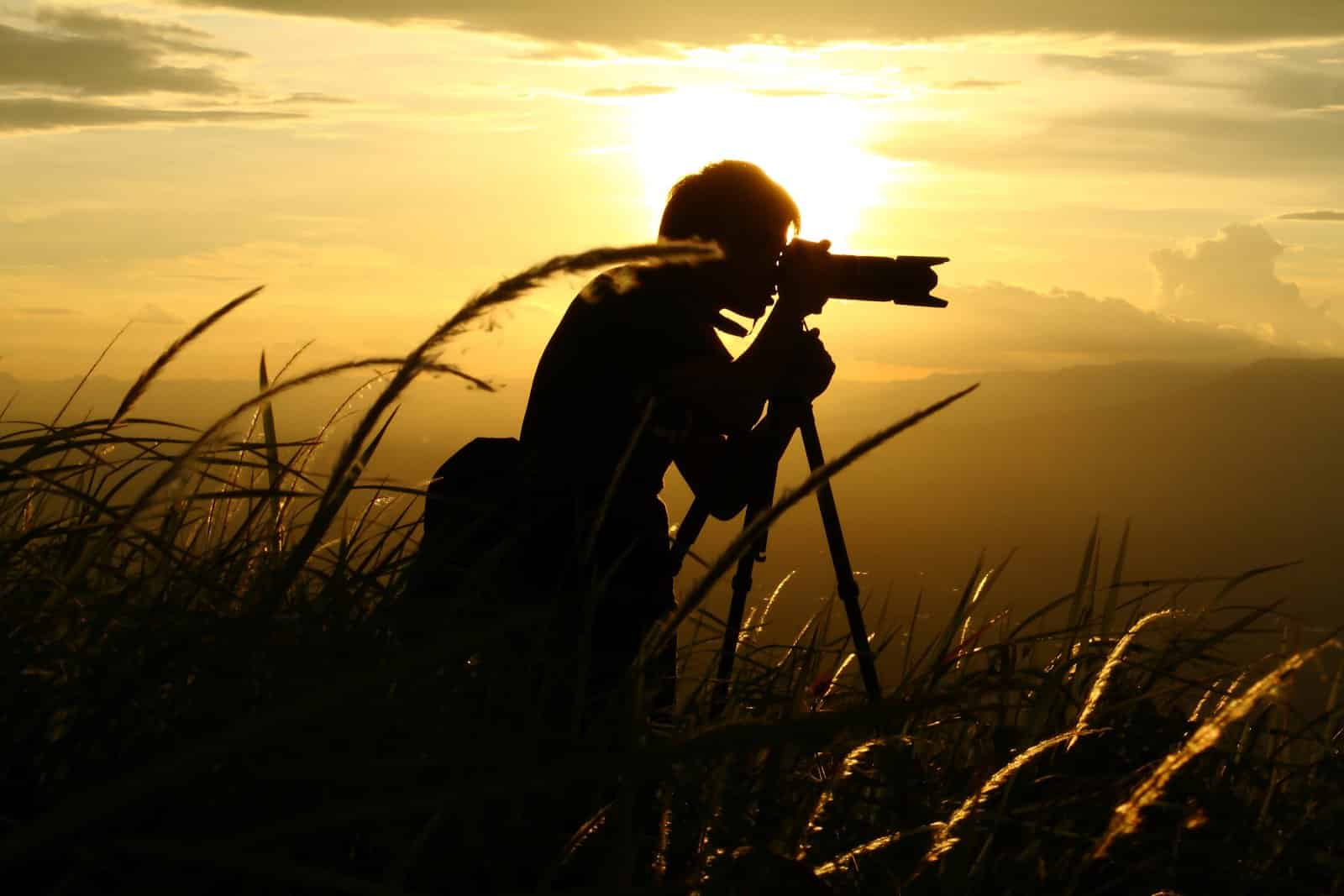
4. Birdwatching in the Serengeti
For bird enthusiasts, the Serengeti offers an avian paradise. The park is a habitat for over 500 bird species, ranging from the commonly seen African fish eagles and vultures to the more elusive species like the Kori bustard and Secretary bird. The varied ecosystems within the park – from savannahs to riverine forests – create ideal conditions for birdwatching.
Each area within the Serengeti offers a different birding experience, whether observing migratory birds around the wetlands or spotting endemic species in the dense foliage. The experience is as educational as it is delightful, providing a deeper understanding of avian life and its crucial role in the ecosystem.
Insider’s Tip: Bring a high-quality zoom lens for bird photography.
When to Travel: November to April, during the migratory season.
How to Get There: Fly to Seronera Airstrip and arrange guided birdwatching tours through your lodge.
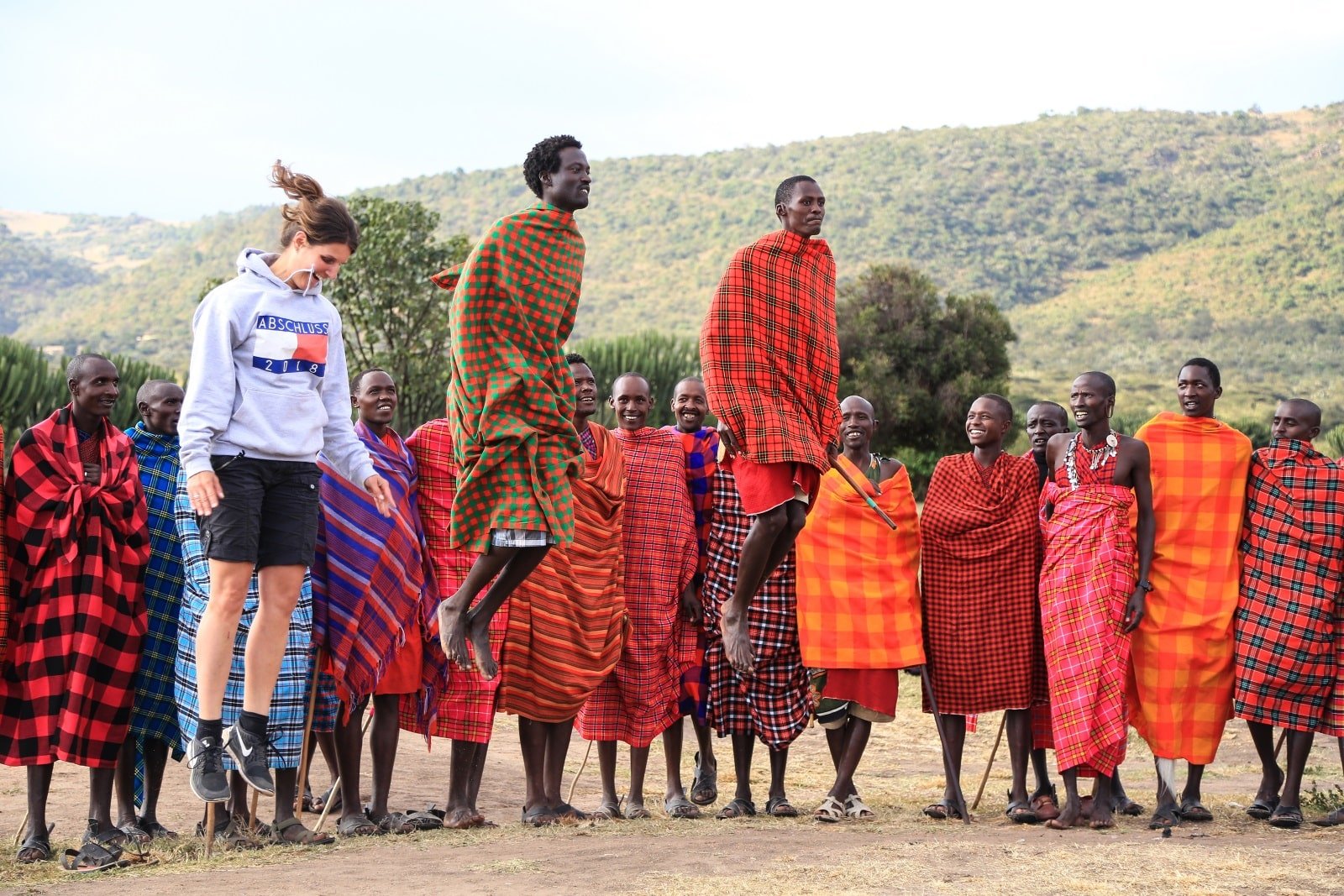
5. Maasai Cultural Experience
The Maasai people, with their rich cultural heritage, have been an integral part of the Serengeti landscape for centuries. Engaging with the Maasai offers a unique cultural immersion. Visits to Maasai villages allow you to witness their traditional way of life, unchanged for generations.
Participating in a Maasai dance, learning about their pastoral lifestyle, and observing their skilled beadwork provide a rare glimpse into a culture deeply connected to the land and its wildlife. This cultural exchange is about observing and understanding and respecting a way of life that has coexisted with Africa’s wildlife in a delicate balance.
Insider’s Tip: Participate in a traditional Maasai dance or craft-making session.
When to Travel: Year-round.
How to Get There: Most cultural tours are organized by lodges within or near the Serengeti.

6. Serengeti Walking Safaris
Walking safaris in the Serengeti offer a profoundly personal connection with the African bush. Escorted by experienced guides, these safaris allow for close encounters with the diverse flora and fauna of the park. The pace is slower, the senses heightened, and the experience more immersive.
Walking in the footsteps of wildlife, tracking animals, and learning about medicinal plants offer a deeper understanding of the intricate connections within the Serengeti ecosystem. This intimate safari experience transcends the usual game drives, offering a unique perspective of the African wilderness.
Insider’s Tip: Wear comfortable, neutral-colored clothing to blend into the environment
When to Travel: The dry season, for safer walking conditions and better wildlife visibility.
How to Get There: Organize through lodges in Serengeti, with most starting points accessible by vehicle from your accommodation.
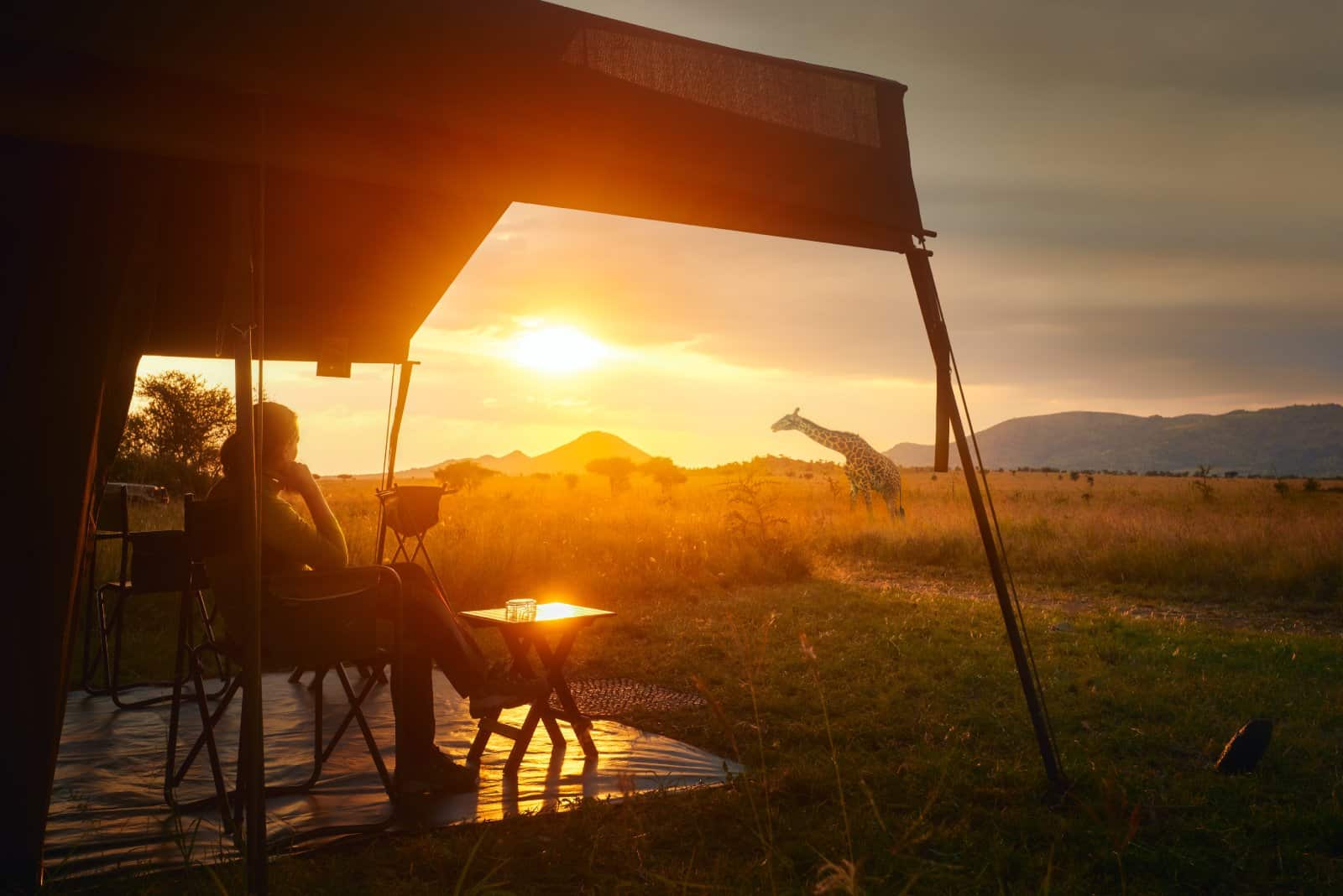
7. Luxury Camping
Luxury camping in the Serengeti combines the allure of the wild with the comforts of modern amenities. These camps are strategically located to offer the best wildlife viewing experiences, including being in the path of the great migration. The accommodation ranges from lavish tents with en-suite bathrooms to exclusive lodges with private decks overlooking the savannah.
The experience extends beyond the accommodation, with night drives and bush dinners under the stars, providing an enchanting way to experience the Serengeti’s nocturnal life and its vast, starlit skies.
Insider’s Tip: Book a camp that moves with the migration for a unique experience.
When to Travel: Depends on the migration pattern if following the herds; otherwise, year-round.
How to Get There: Accessible via game drives organized by the camps, usually from the nearest airstrip.
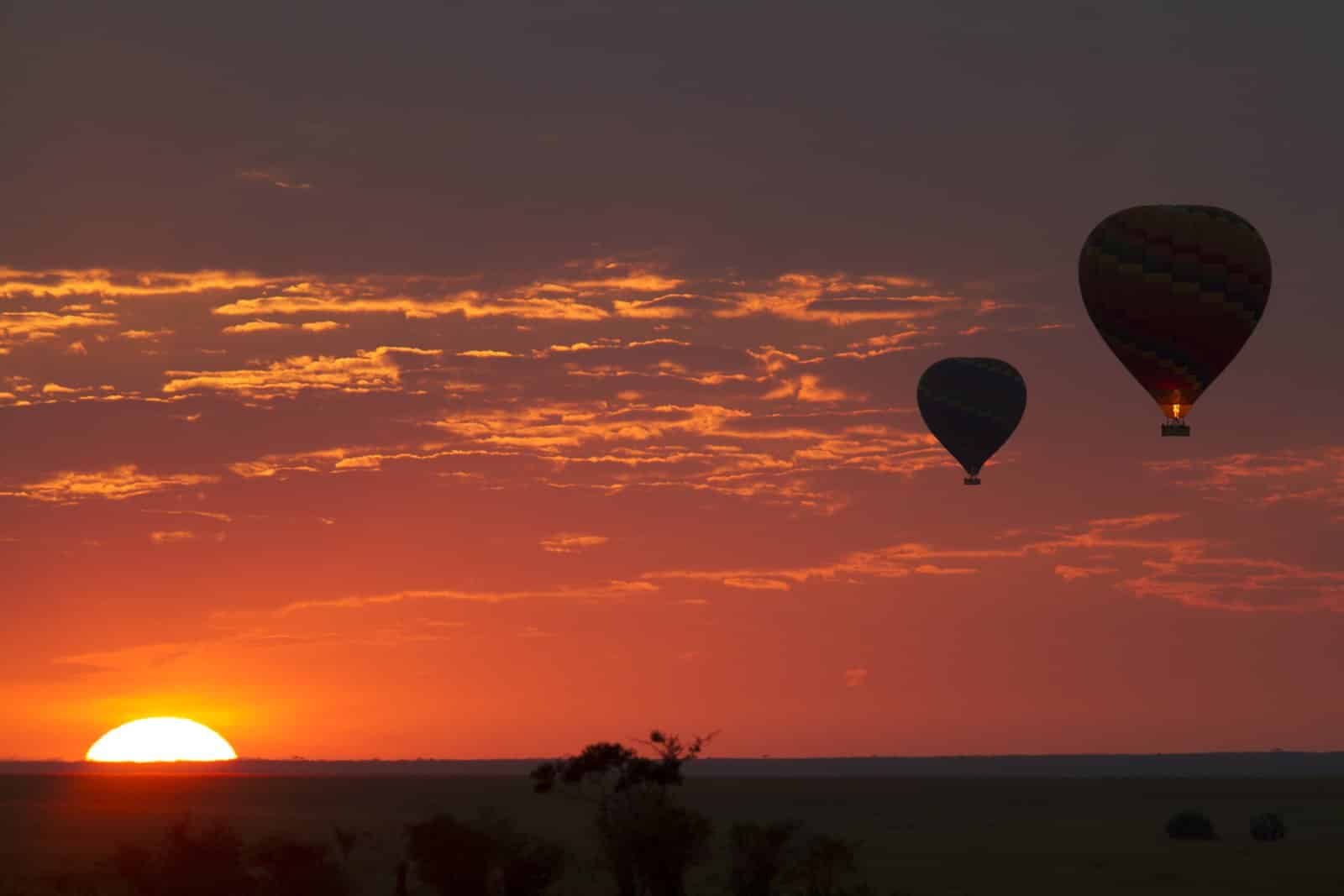
8. Serengeti Balloon Safaris
A hot-air balloon safari in the Serengeti is an experience of a lifetime. Floating silently above the savannah at sunrise, you witness the park from a vantage point like no other. The balloon’s path, dictated by the morning breezes, offers a tranquil and panoramic view of the sprawling Serengeti below.
From this aerial perspective, the scale and beauty of the park are truly appreciated, revealing patterns of movement and life that are invisible from the ground. The flight culminates in a traditional champagne breakfast in the bush, a fitting end to an unforgettable journey.
Insider’s Tip: Book well in advance as these popular safaris have limited capacity.
When to Travel: Year-round, with clearer skies during the dry season.
How to Get There: Most balloon safaris launch near the Seronera region, accessible from nearby lodges.
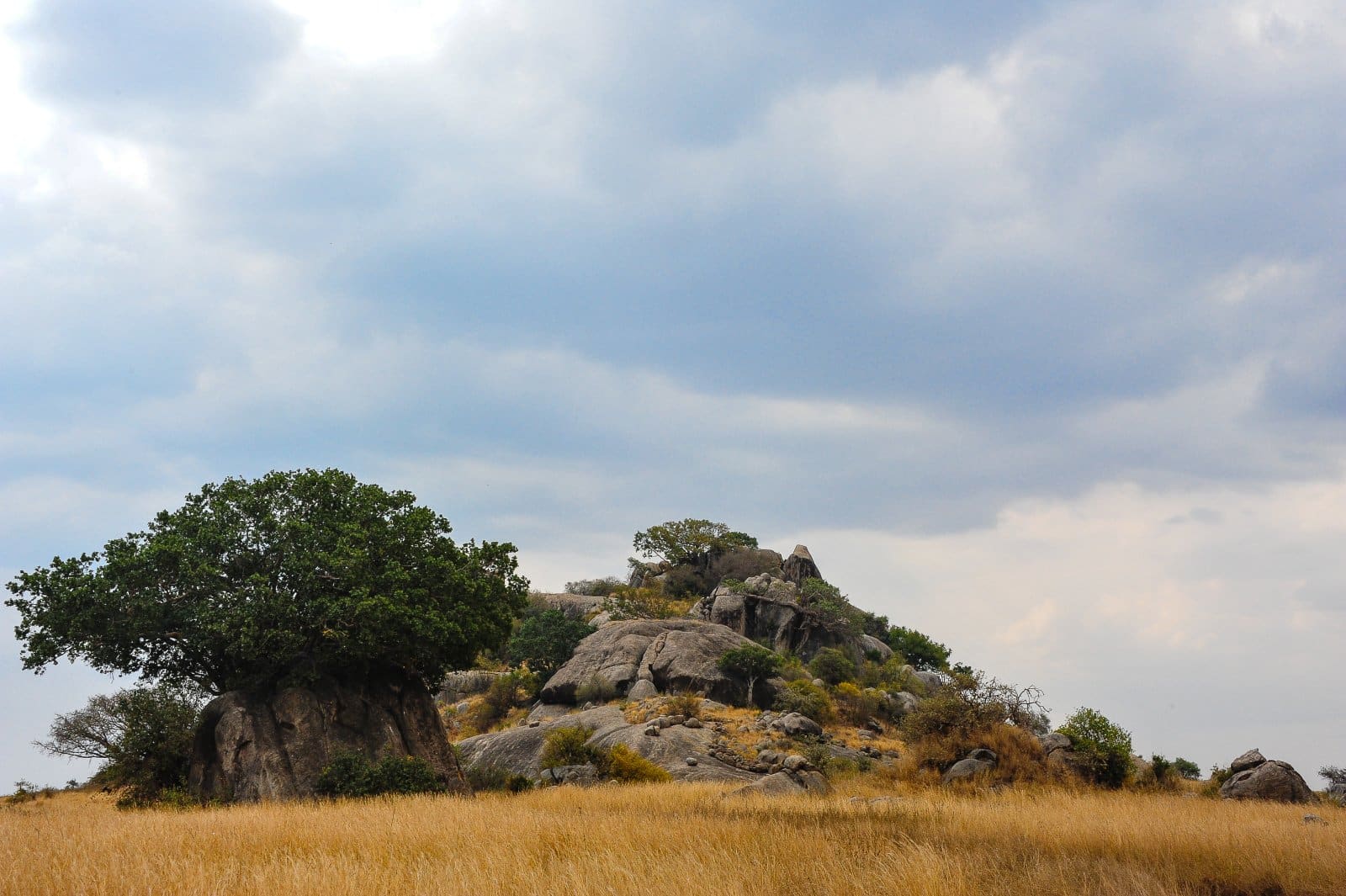
9. Kopjes Exploration
Kopjes, ancient granite rock formations scattered across the Serengeti, are islands of biodiversity. These outcrops provide various wildlife habitats, including reptiles, birds, and mammals. Exploring these kopjes allows you to observe creatures like agile rock hyraxes, colorful agama lizards, and lions basking on the warm rocks.
The kopjes also offer some of the most picturesque landscapes in the park, with sweeping views of the surrounding plains, making them ideal spots for wildlife observation and photography.
Insider’s Tip: Visit during the late afternoon when animals are more active.
When to Travel: Year-round, with better accessibility during the dry season.
How to Get There: Accessible by game drives from any Serengeti lodge or camp.

10. Photography Workshops
Photography workshops in the Serengeti cater to both amateur and professional photographers. Under the guidance of experienced professionals, these workshops focus on capturing the essence of the Serengeti through the lens.
They provide practical tips on wildlife photography, from mastering light and composition to understanding animal behavior for the perfect shot. These workshops enhance your photography skills and deepen your appreciation of the Serengeti’s landscapes and inhabitants.
Insider’s Tip: Ensure you have extra memory cards and batteries.
When to Travel: Year-round, though the dry season offers better light and visibility.
How to Get There: Workshops are typically arranged by lodges or tour companies in the Serengeti.
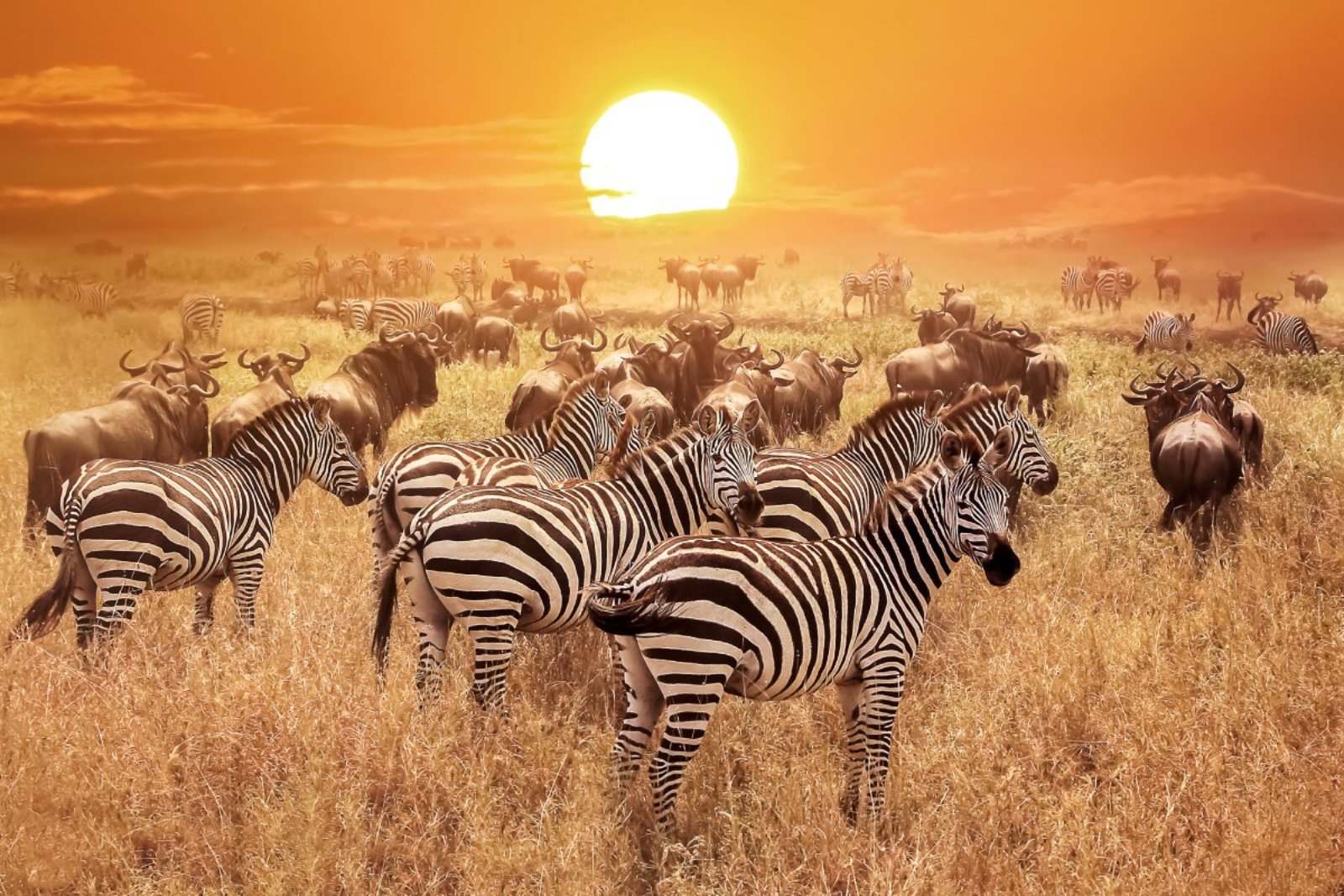
The Bottom Line
As you embark on your journey to the Serengeti National Park, embrace the opportunity to connect with nature and wildlife in one of the world’s most iconic landscapes. Your experiences here, whether witnessing the great migration, capturing the perfect photograph, or learning from the Maasai are spectacular moments in travel and allow you to understand and appreciate the delicate balance of our natural world. Remember, your travels contribute to the conservation of this extraordinary ecosystem.
More Articles Like This…
Barcelona: Discover the Top 10 Beach Clubs
2024 Global City Travel Guide – Your Passport to the World’s Top Destination Cities
Exploring Khao Yai 2024 – A Hidden Gem of Thailand
The post Serengeti National Park 2024: 10 Ultimate Adventures That Will Ignite Your Wanderlust republished on Passing Thru with permission from The Green Voyage .
Featured Image Image Credit: Shutterstock / soft_light.
For transparency, this content was partly developed with AI assistance and carefully curated by an experienced editor to be informative and ensure accuracy.
More for You
Spacecraft spots "spiders" scattered across surface of Mars
Poland Issues Grim Prediction for Russia if It Attacks
These 'Essential 8' habits slowed biological aging significantly, study shows
I’m a Bank Teller: 3 Times You Should Never Ask For $100 Bills at the Bank
US buys 81 Soviet-era combat aircraft from Russia's ally costing on average less than $20,000 each, report says
iPhone users in 92 countries received a recent stark warning
One of these pictures of me is real and the other is AI – but which is which?
Five teams that botched the 2024 NFL Draft
6 Things A Doctor Wants You To Do Before Getting A Blood Test
Megan Fox Signs With UTA
A man who 'hopes he runs out of money' before he dies explains why you may not need as much cash to retire as you think
Your senses will shut down in a specific order when you’re about to die
Meet one of the world's most advanced humanoids
What happens if you don't use airplane mode on your flight? Here's the answer to that, and more common travel questions.
An El Niño-less summer is coming. Here’s what that could mean for the US
NFL News: Patrick Mahomes and Kansas City Chiefs could leave Arrowhead Stadium
7 Things Stroke Doctors Say You Should Never, Ever Do
17 Phrases Older People Use That No One Else Gets
How Much Beer You'd Have To Drink To Equal A Single Shot Of Liquor
Average US annual salary by age revealed – see how you compare
- Tanzania Tourism
- Tanzania Hotels
- Tanzania Bed and Breakfast
- Tanzania Vacation Rentals
- Flights to Tanzania
- Tanzania Restaurants
- Things to Do in Tanzania
- Tanzania Travel Forum
- Tanzania Photos
- All Tanzania Hotels
- Tanzania Hotel Deals
- Last Minute Hotels in Tanzania
- Things to Do
- Restaurants
- Vacation Rentals
- Travel Stories
- Rental Cars
- Add a Place
- Travel Forum
- Travelers' Choice
- Help Center
Where to stay in Central and North Serengeti in July - Tanzania Forum
- Africa
- Tanzania
Where to stay in Central and North Serengeti in July
- United States Forums
- Europe Forums
- Canada Forums
- Asia Forums
- Central America Forums
- Africa Forums
- Caribbean Forums
- Mexico Forums
- South Pacific Forums
- South America Forums
- Middle East Forums
- Honeymoons and Romance
- Business Travel
- Train Travel
- Traveling With Disabilities
- Tripadvisor Support
- Solo Travel
- Bargain Travel
- Timeshares / Vacation Rentals
- Africa forums
- Tanzania forum

We are planning to spend 9 to 11 days doing northern circuit in late July. In a separate post I asked for recommendations for Tarangire. I am leaning towards TSL for 2 nights.
We will then be spending 2 nights in NgoroNgoro, I wanted to go for Sopa Lodge but looks like it's closed and hasn't provided dates of reopening. Given that, I am now leaning towards Serena Lodge. From the reviews, seems like it has got excellent views and is closer to the descent. Let me know if there are any other recommendations.
We will be flying back from North Serengeti instead of driving. Does this rough itinerary looks fine?
6 replies to this topic

Hi have stayed at Pure tented camp in Seronera it is on the Western side of that area therefore a good location for July. The rooms are large and the ensuite shower and toilet large and has plenty of room to put stuff. Lots of wildlife hang around at night and one morning elephants came through the camp.
For Ngorongoro Serena is a great option.

@Tanzatr, that's a good itinerary layout for July. It visits the highlights and has a good amount of time at each park. 2 nights minimum allows you to explore the areas well and even enjoy non-vehicle activities like walks, and night game drives where possible.
Is this trip for this July 2024? If yes, it is looking like a very busy season. Places like Ngorongoro Serena might be hard to find availability at the this time.
Other Mid - Luxury range recommendations for Ngorongoro are:
Lions Paw (Mid-range)
Lemala Ngorongoro (Luxury)
Sanctuary Ngorongoro (Luxury)
Ngorongoro Melia (Upper Luxury)
Mid-luxury range recommendations for Serengeti are:
Singing Grass / Pure Tented Camp / Serengeti Bliss / Serengeti Tortilis ... so many in this category (Mid-range)
Cherero * a little further West but it's a great location and Camp in July (luxury)
Kubu Kubu (luxury)
Siringit (Luxury)
Nyumbu Luxury Camp (Luxury)
Edward - Pristine Trails Adventures & Safaris
Does this rough itinerary looks fine?
Sorry did not see this at first.
I think it is a good itinerary and if you can make it 3 nights North and central even better rather than 2.
I might even take one off Ngorongoro and add it North.
Thank you! Very helpful! @edward we are planning for July 2025. It's a bit early but don't want to miss on any option.
@noexpert, I see. If I can add only one night, where should I add it? Central or Northern?

- Where to stay in Central and North Serengeti in July 11:41 pm
- Medical service 10:58 pm
- Need opinions on these beachfront hotels under $100 6:39 pm
- Kendwa or Nungwi? 6:22 pm
- Higher end hotels near the airport yesterday
- Where to base for two nights yesterday
- Yellow fever vaccination requirements for Tanzania Apr 28, 2024
- Honest opinion on the Serengeti hot air balloon? Apr 28, 2024
- Malawi to Tanzania by boat Apr 28, 2024
- Seronera vs Ndutu for December Apr 27, 2024
- Where to stay in Tarangire in July Apr 27, 2024
- Getting a Tanzania visa on arrival Apr 27, 2024
- Southern Tanzania or Uganda in January Apr 27, 2024
- Should I book a different hotel? Apr 27, 2024
- Malarone Vs Lariam 39 replies
- What does "non commissionable rate" mean? 6 replies
- Precision Airways - Luggage Restrictions 20 replies
- How safe is Tanzania? 162 replies
- ET African Journeys -- too good to be true? 34 replies
- Tanzania Discovery Safari with Thomson Safaris 20 replies
- Considering National Geographic expedition 6 replies
- Any experience with booking through Africa Travel Resource? 8 replies
- Coastal airways 9 replies
- Roy's safaris Ltd. 42 replies
Tanzania Hotels and Places to Stay
- Yellow Fever, General Health Advice and Vaccinations for Tanzania.
- If you have started to plan a safari, here's some good tips on how to go about this>
- Kenya Versus Tanzania which is better
- Looking for a Tour Operator...Here's a good starting point. Mark 11 and other info.
- Can I take a drone there to use for photography
- I want to learn about the Tanzanian people and their culture, is that possible?
- THINKING OF GETTING A HENNA PAINTING WHILE YOU ARE IN TZ? READ THIS FIRST!!!
- What can I do for medical care while I am in Tanzania
- What to pack - how can I squeeze in everything I want to take
- All the parks and all the safari operators are confusing, isn't there a summary?
- Is malaria a serious disease, what can happen if I skip my malaria medications?
- What are the electrical requirements for Tanzania
- How do I keep bugs away? And how do I handle bites?
- What you need to know about Self Drive.
- Books on Tanzania and Africa in general
- Are you planning a Lake Natron Trip?
- Are you thinkg of taking a young child on safari
- Ellie's Blog Great description of some popular camps and the Eastern Serengeti
- Shep's Blog Great information on recent (2021) off the beaten path travel
- Lodges and Camps Close to KIA and Arusha National Park
- Volunteering in Tanzania especially an orphanage good advice in new and older posts.
- All You need to Know about Visa on Arrival
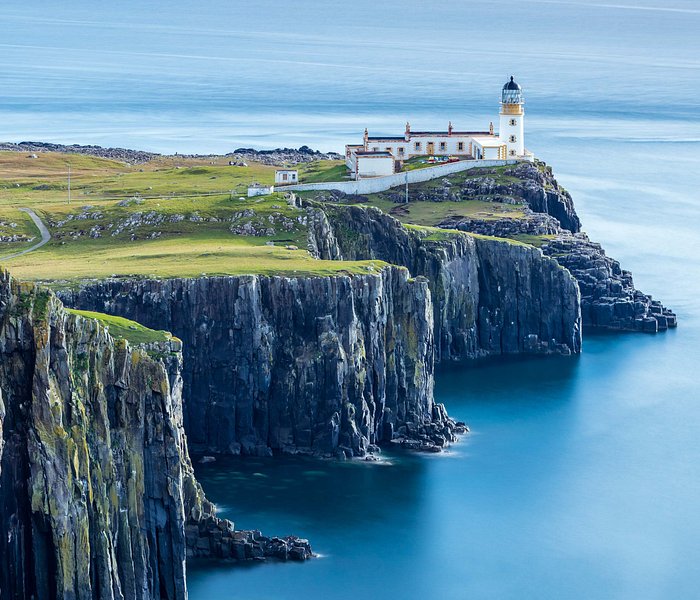

IMAGES
VIDEO
COMMENTS
To enter Serengeti National Park, travelers will be charged $25 each per day visited. If you plan on driving in the park, an additional $5 fee per day applies. Entrance fees are typically covered ...
Those that travel to Serengeti National Park by road will most likely enter through the Naabi Hill Gate in the southeastern section of the park. The gate is a 2.5-hour drive from Ngorongoro Conservation Area and a seven to eight-hour drive from northern Tanzania's safari capital, Arusha. Some companies will arrange road transfers from Arusha ...
Within this travel guide, you will find all the information you need to help you plan out a safari trip of a lifetime in Serengeti National Park, including a suggested itinerary, a guide on how to pick the right safari tours, and so much more. Without further ado, here is the ultimate safari guide to Serengeti National Park.
The most popular way to travel to Serengeti National Park by road is by booking a drive-in safari. In general the drive-in safaris start from the town of Arusha. As it will take approximately eight hours to travel from Arusha to the Serengeti National Park, an overnight stay at one or more wildlife sites en route is usually part of your safari ...
Ranking of the top 10 things to do in Serengeti National Park. Travelers favorites include #1 The Great Migration, #2 Seronera River Valley (Central Serengeti) and more.
Without a doubt, Serengeti National Park is the best place to visit for a safari in Tanzania.This UNESCO World Heritage Site is unique for many reasons, but especially because of the Great Migration, the incredible array of wildlife including the Big Five, and the truly wonderful landscapes.Find everything you need to know for a safari in Serengeti, Tanzania.
The never-ending circle of the Great Migration. Serengeti National Park was one of the first sites listed as a World Heritage Site when United Nations delegates met in Stockholm in 1981. Already by the late 1950s, this area had been recognised as a unique ecosystem, providing us with many insights into how the natural world functions and ...
The best time to visit Serengeti National Park is from late June to October, as this is when you can witness the most incredible wildlife sightings, particularly the breathtaking wildebeest migration. The timing of the migration can fluctuate annually, but the prime months to catch this natural spectacle are typically in June and July.
View Photos (30) Open Map. Best Time To Go January to February and June to October (Different areas are best at different times) High Season July to March (The Seronera area is crowded) Size 14,763km² / 5,700mi². Altitude 1,140-2,099m / 3,740-6,886ft.
Serengeti National Park. Tanzania, Africa. Few travelers forget their first encounter with the Serengeti. Perhaps it's the view from Naabi Hill at the park's entrance, from where the grasslands appear to stretch to the ends of the earth. Or maybe it's a coalition of lions stalking across open plains, their manes catching the breeze.
Serengeti National Park is at the heart the larger Serengeti ecosystem, which is defined by the area covered by the annual migration. The property is contiguous with Ngorongoro Conservation Unit, an area of 528,000ha declared a World Heritage Site in 1979. The entire ecosystem also includes the Maswa Game Reserve (2,200km 2) in the south ...
The Serengeti National Park in Tanzania is one of the most famous wildlife habitats in the world. This large park in Northern Tanzania, along with its sister park (the Masai Mara) in Kenya, plays a pivotal role in the great wildebeest migration. This great migration, which also features zebra, gazelle, and other grazing animals, brings over two ...
The best times to visit Serengeti National Park are from January to February or from June through September, although you should plan your trip around the movement of The Great Migration.For ...
Begin your Serengeti National Park safari adventure by flying into Tanzania's main international airports in Dar es Salaam or Kilimanjaro. From there, fly directly to the Serengeti's airstrips for a thrilling aerial view or embark on a scenic road trip from Arusha, immersing yourself in the Tanzanian countryside.. Alternatively, combine road and air travel for a diverse and exciting journey.
When planning your Tanzania tours, one destination that should undoubtedly be on your list is the renowned Serengeti National Park.This travel guide delves into the heart of this World Heritage Site, offering insights into the incredible wildlife experiences, particularly the mesmerizing migration of millions of wildebeest on the vast Serengeti plain.
Serengeti National Park is a World Heritage Site teeming with wildlife: over 2 million ungulates, 4000 lions, 1000 leopard, 550 cheetahs and some 500 bird species inhabit an area close to 15,000 square kilometers in size. ... Wherever you want to go in the Serengeti, a myriad of travel options makes all destinations easily accessible. From fly ...
Furthermore, in order to enter the Serengeti National Park from Arusha, travelers would have to drive through Ngorongoro Conservation Area and still pay a transit fee. The drive from Arusha takes around 7 to 8 hours and is simply a full day of continuous driving and barely time for a stop. The drive is long and exhausting.
Established in 1952, the Serengeti National Park in Tanzania is without a doubt the most famous wildlife sanctuary in the world. This is where you can see the greatest wildlife spectacle on earth - the migration of the zebra and wildebeest. The wildlife population in this vast park includes lions, elephants, rhinos, giraffes, cheetahs and ...
Tanzania Map. Most safaris to Serengeti National Park start from the town of Arusha. The best option to get there is to fly into Kilimanjaro International Airport (JRO), which is situated about 50km/31mi from Arusha. It is also possible to fly into Julius Nyerere International Airport (DAR) in Dar es Salaam and fly on to Arusha Airport (ARK) or ...
Serengeti National Park, a national park and wildlife refuge on the Serengeti Plain in north-central Tanzania. It is partly adjacent to the Kenya border and is northwest of the adjoining Ngorongoro Conservation Area. It is best known for its herds of plains animals and the vast land-animal migrations that take place.
The Serengeti National Park is a large national park in northern Tanzania that stretches over 14,763 km 2 (5,700 sq mi). It is located in eastern Mara Region and northeastern Simiyu Region and contains over 1,500,000 hectares (3,700,000 acres) of virgin savanna.The park was established in 1940. The Serengeti is well known for the largest annual animal migration in the world of over 1.5 million ...
Arrival by Plane - 4 Days - Northern Serengeti Safari. Day 1: Arrive in Serengeti National Park. Days 2-3: Explore the Western Corridor. Day 4: Depart Serengeti National Park. Arrival by Car - 3 Days - Serengeti and Ngorongoro Crater. Day 1 - Arusha to the Central Serengeti.
The Serengeti National Park located in north west Tanzania is a vast, picturesque expanse of gently rolling African savannah plains measuring approximately 30,000 square kilometers in land area including surrounding game reserves and bordering the Masai Mara National Reserve in Kenya to the north. The Serengeti is a one of a kind protected ...
Serengeti National Park, a UNESCO World Heritage site in Tanzania, is a symbol of African wildlife conservation. Known for its vast savannahs, the park is home to the great wildebeest migration ...
Ellie's Blog Great description of some popular camps and the Eastern Serengeti; Shep's Blog Great information on recent (2021) off the beaten path travel; Lodges and Camps Close to KIA and Arusha National Park; Volunteering in Tanzania especially an orphanage good advice in new and older posts. All You need to Know about Visa on Arrival
The Serengeti measures 14,750 square kilometers, which is about 5,700 square miles. It is slightly bigger than the area size of The Bahamas. The national park is unfenced and therefore shares an open border with the Greater Serengeti ecosystem (including the Masai Mara in Kenya): the total area size of the Serengeti ecosystem in approximately 30,000 square kilometers or 12,000 square miles ...